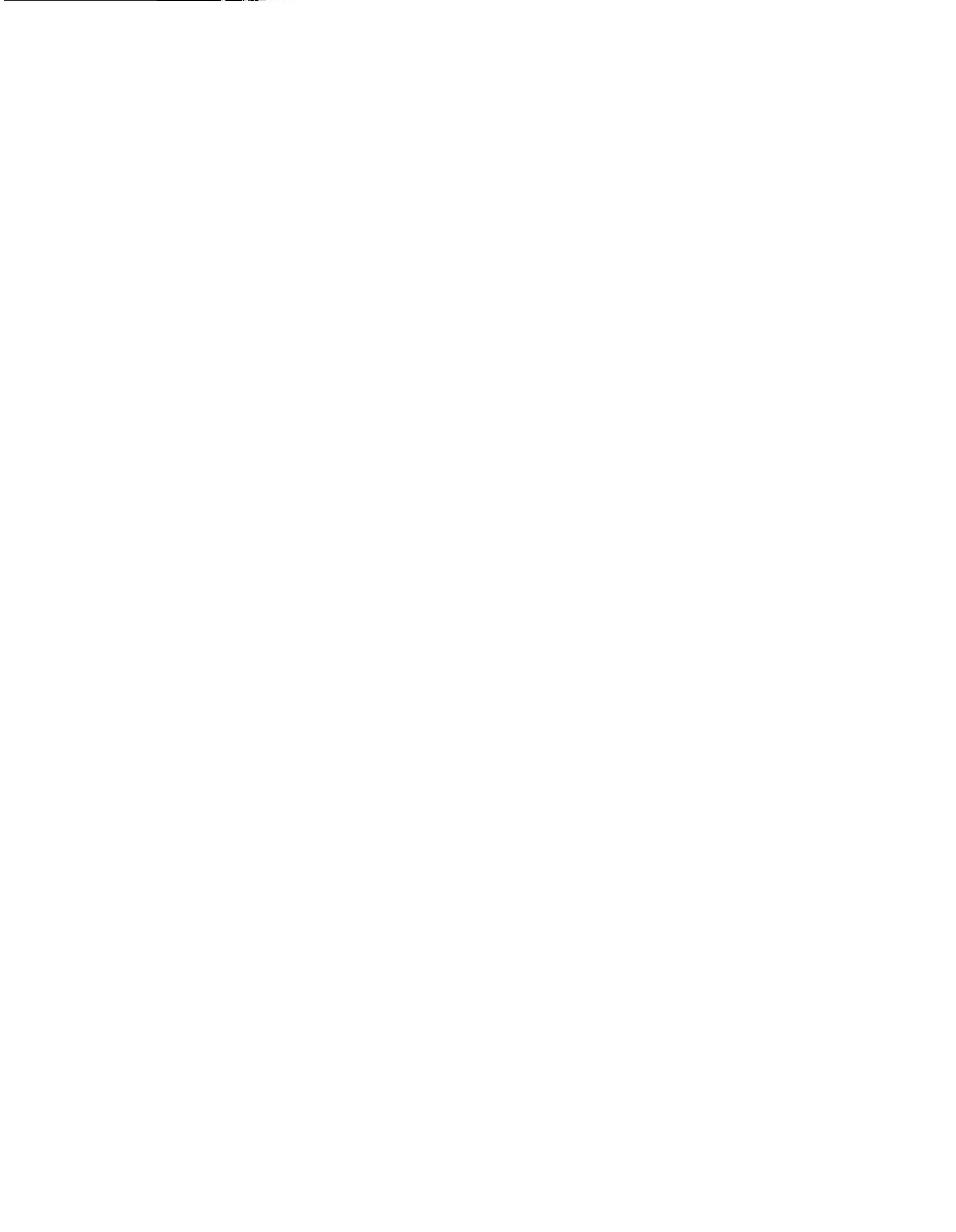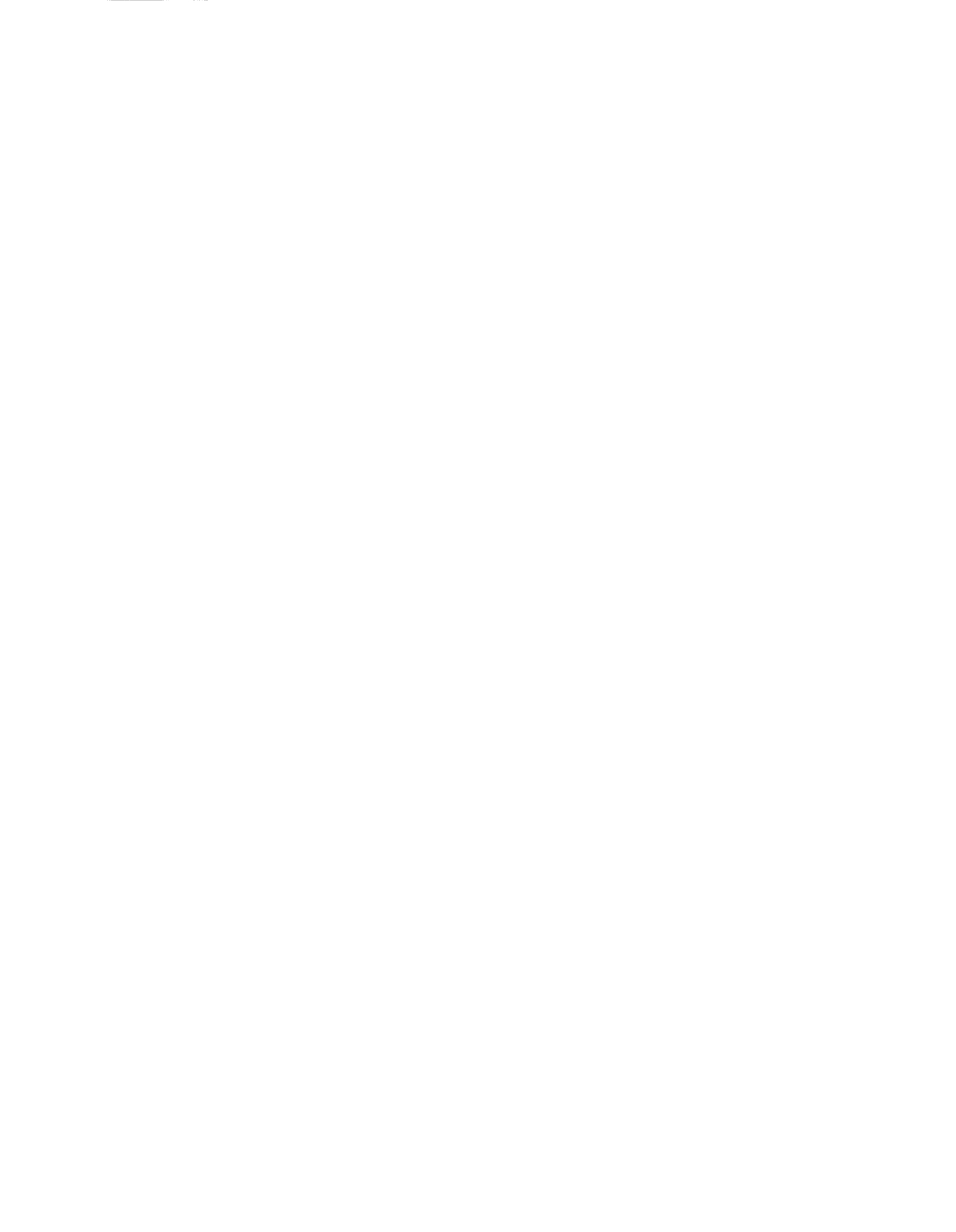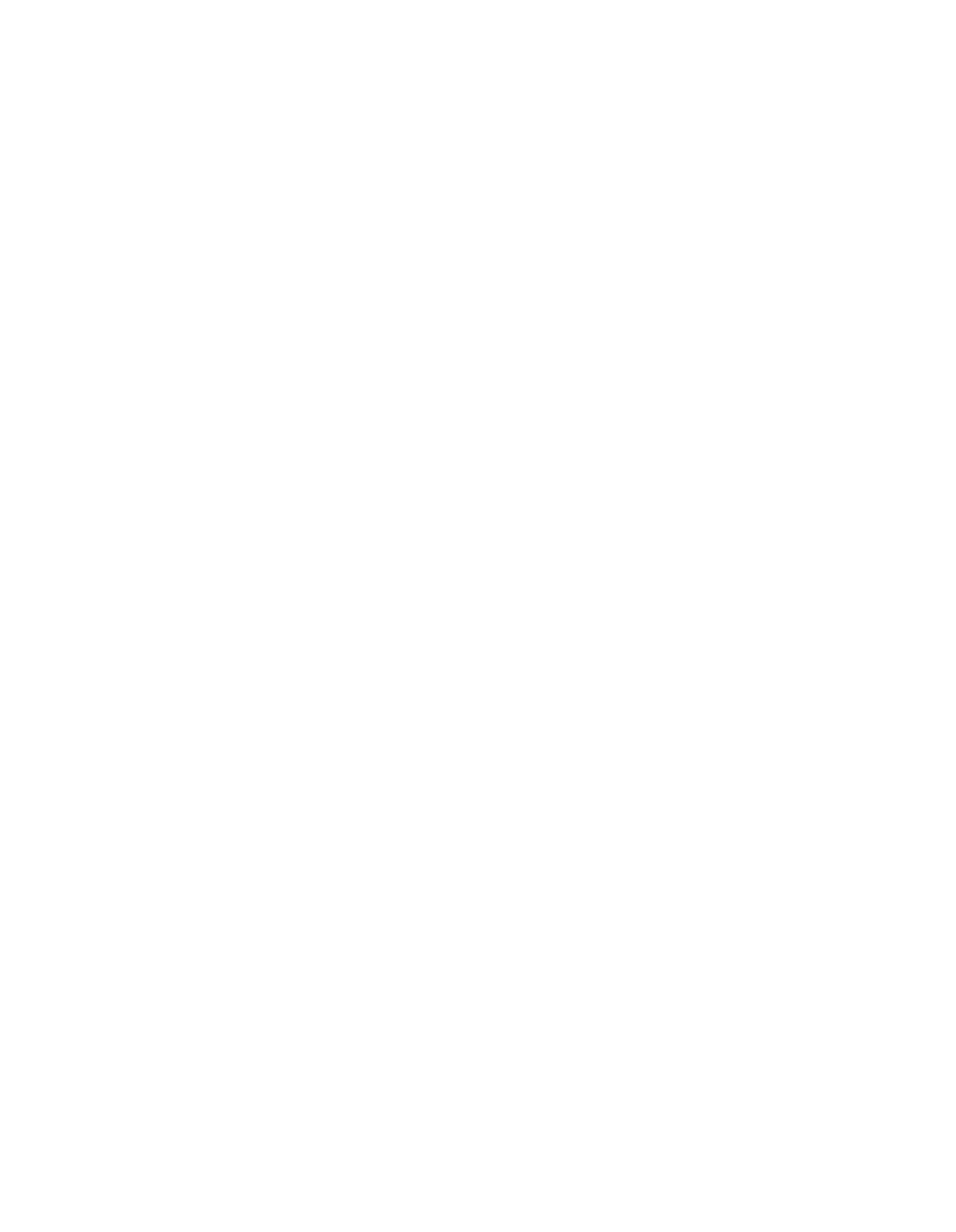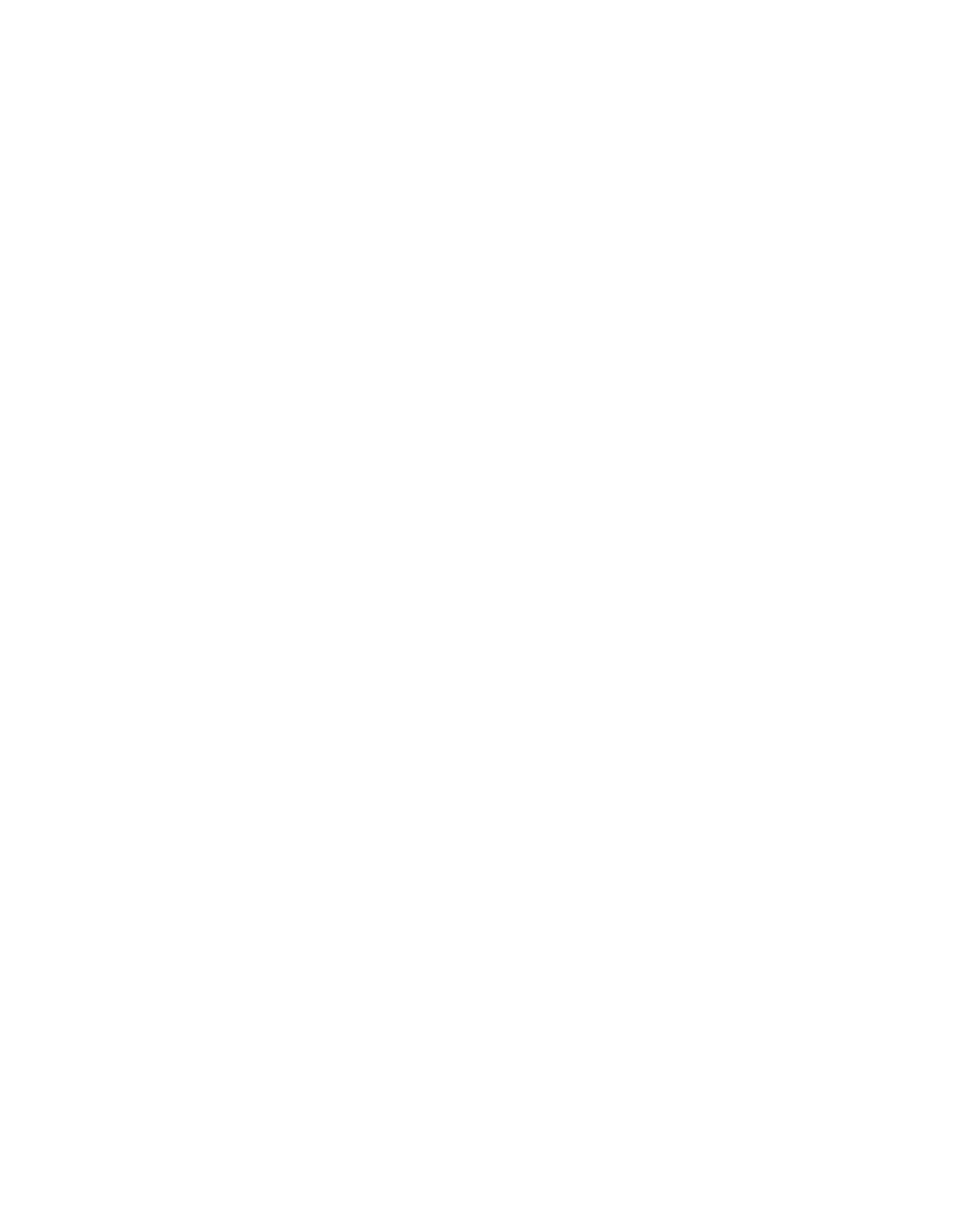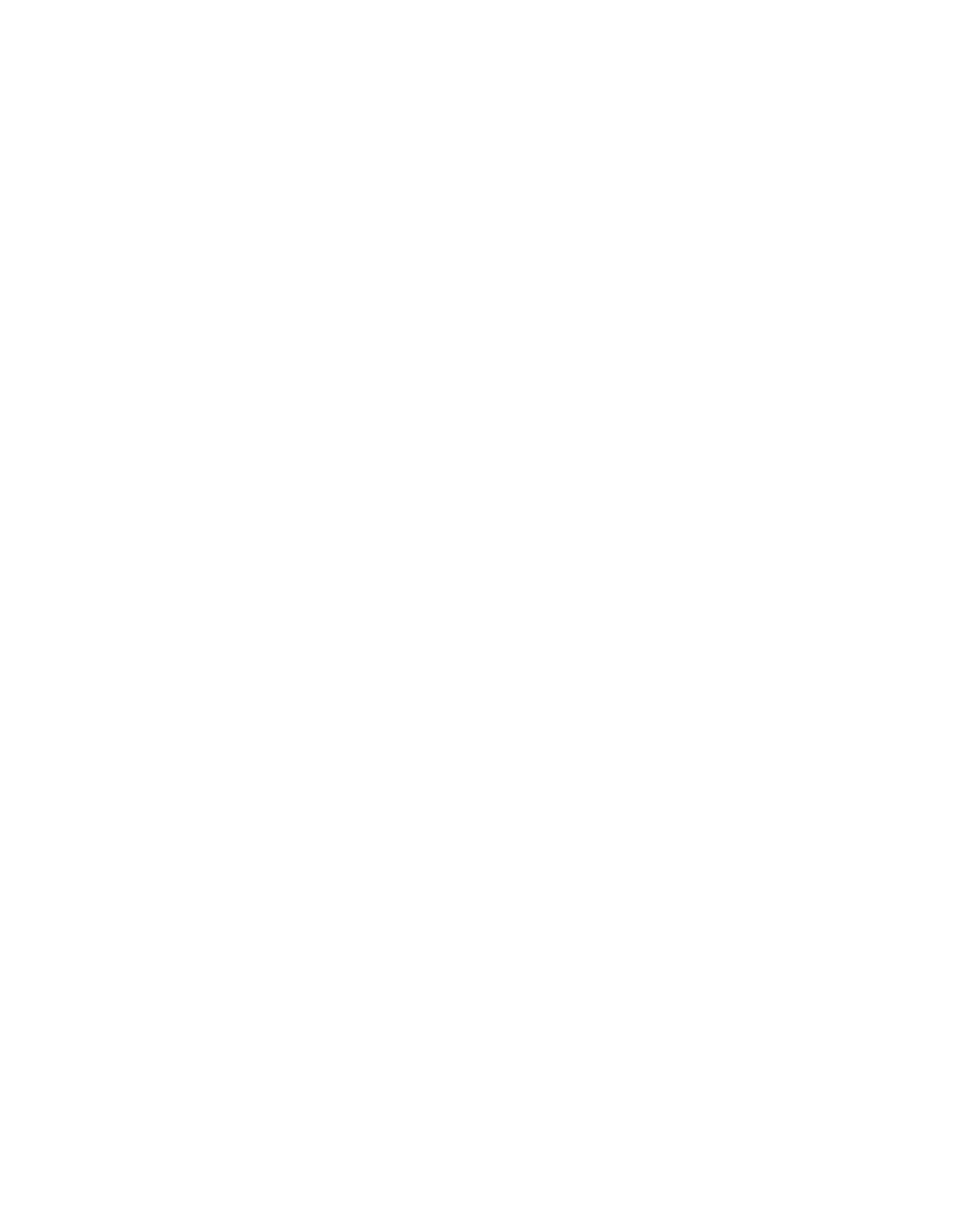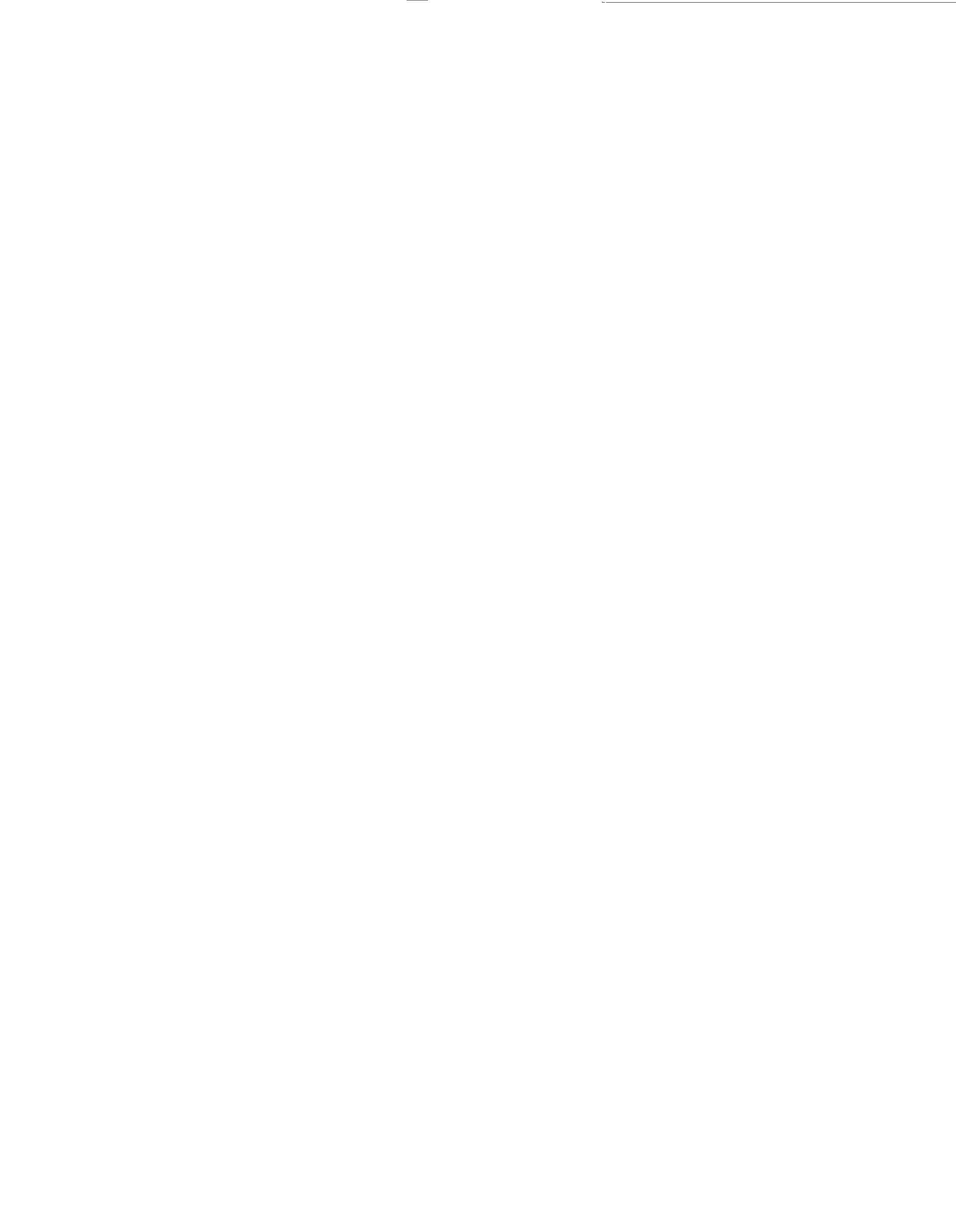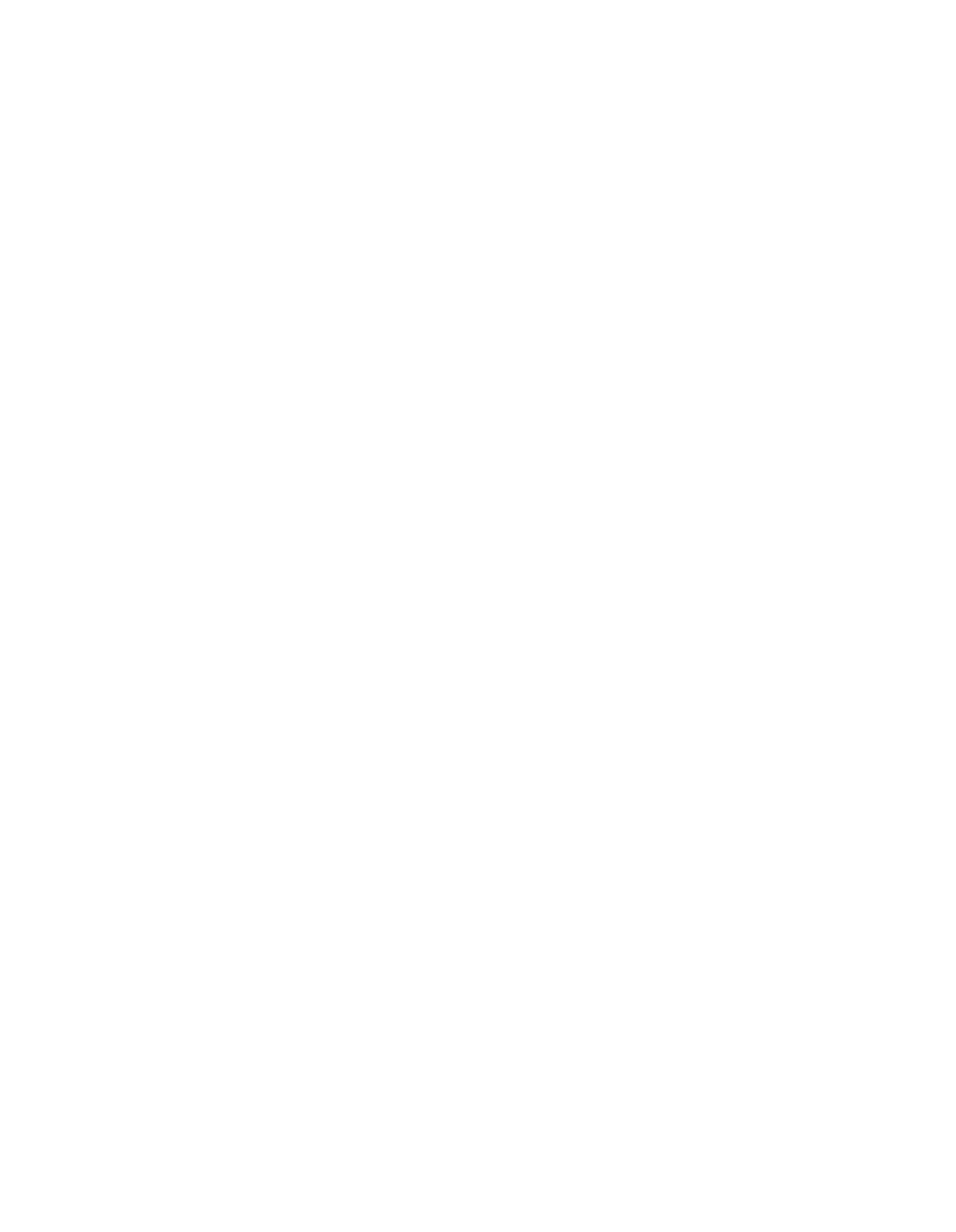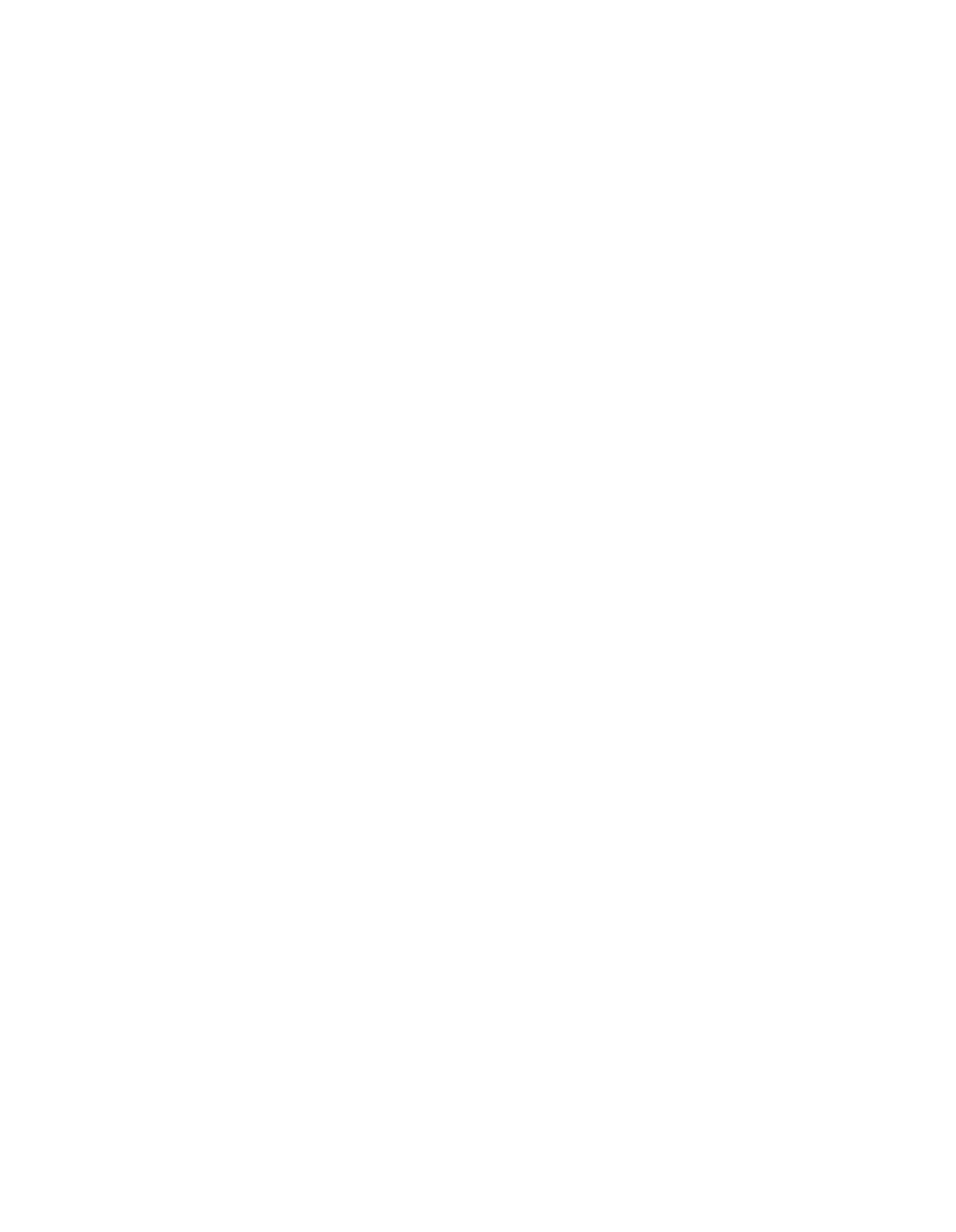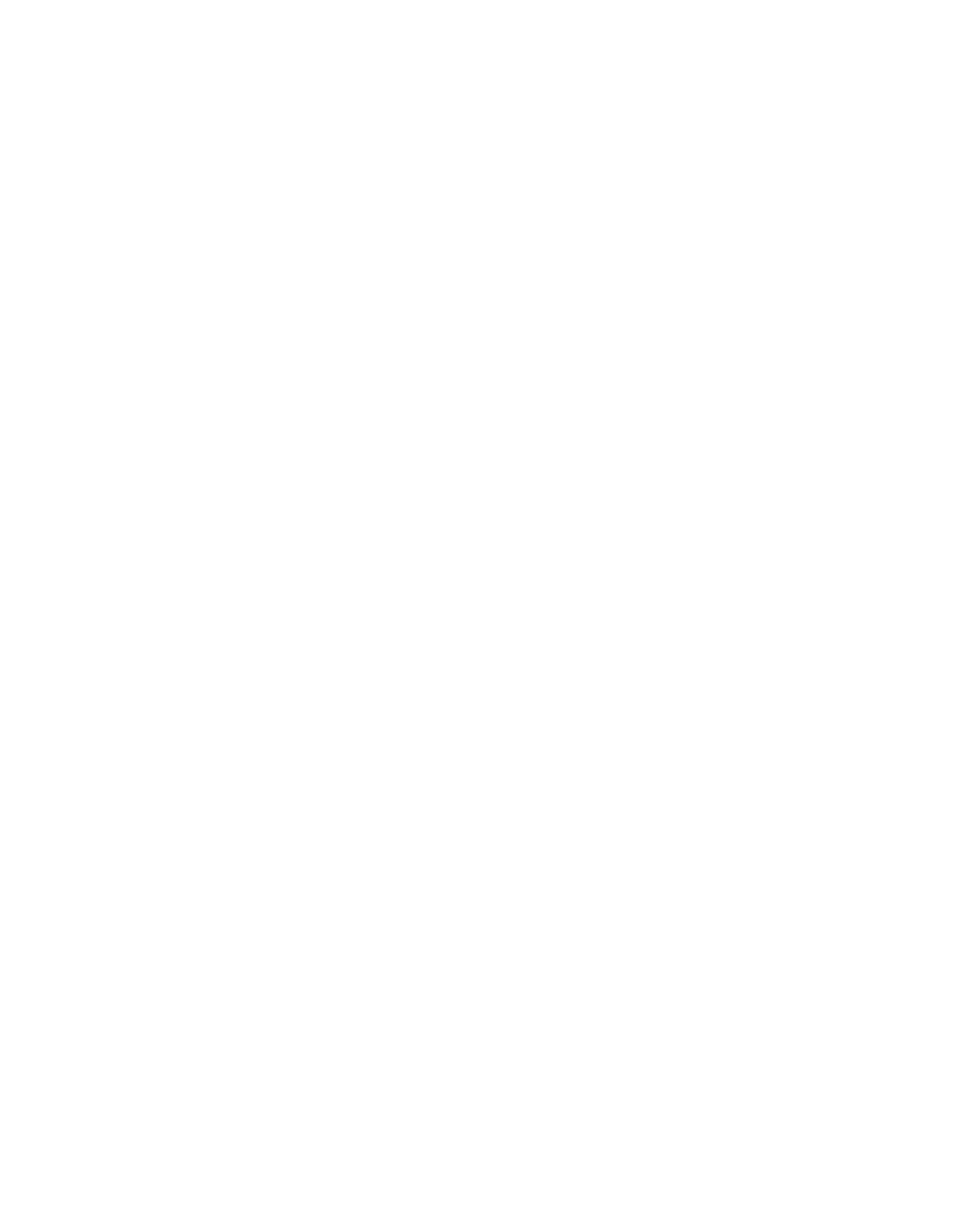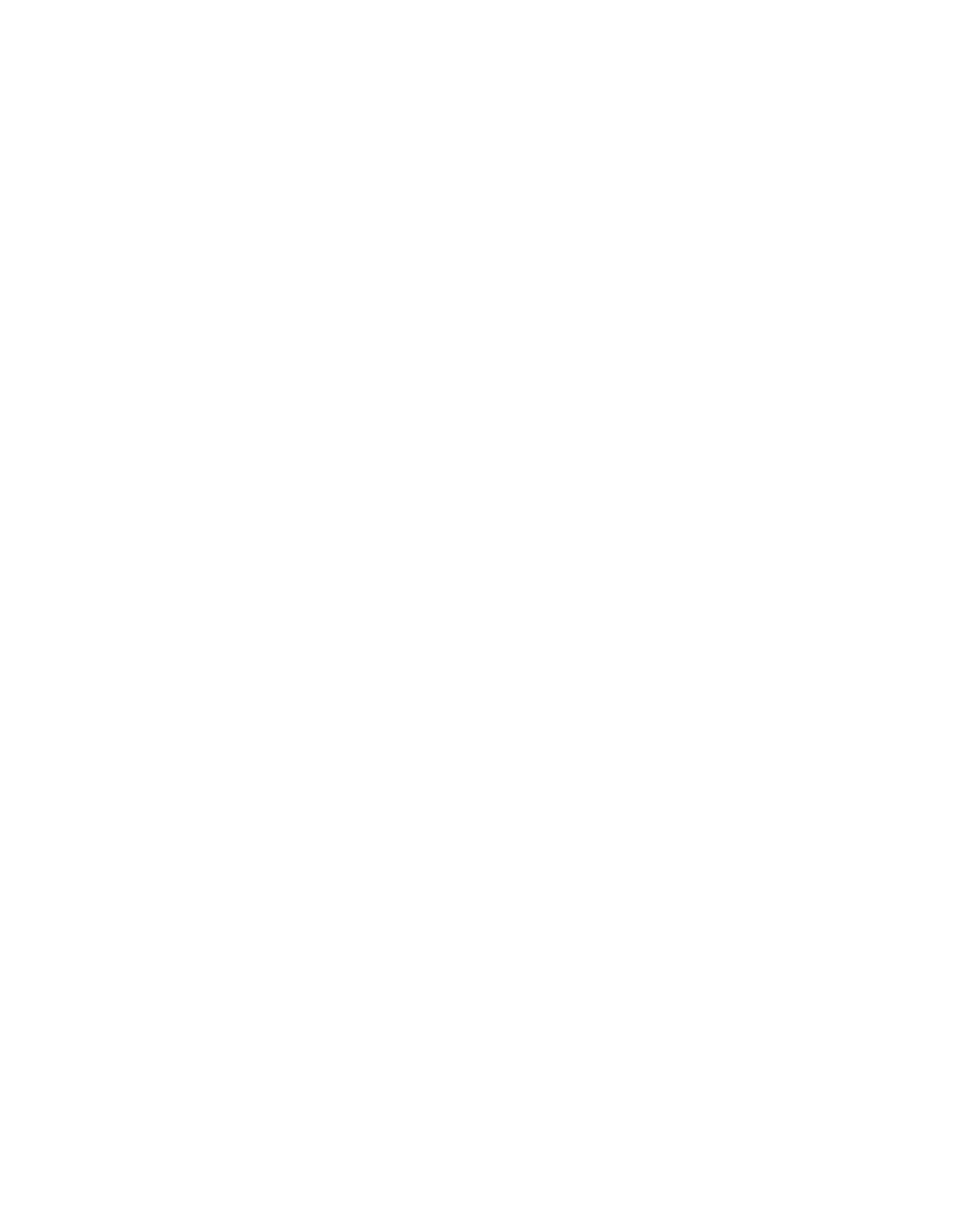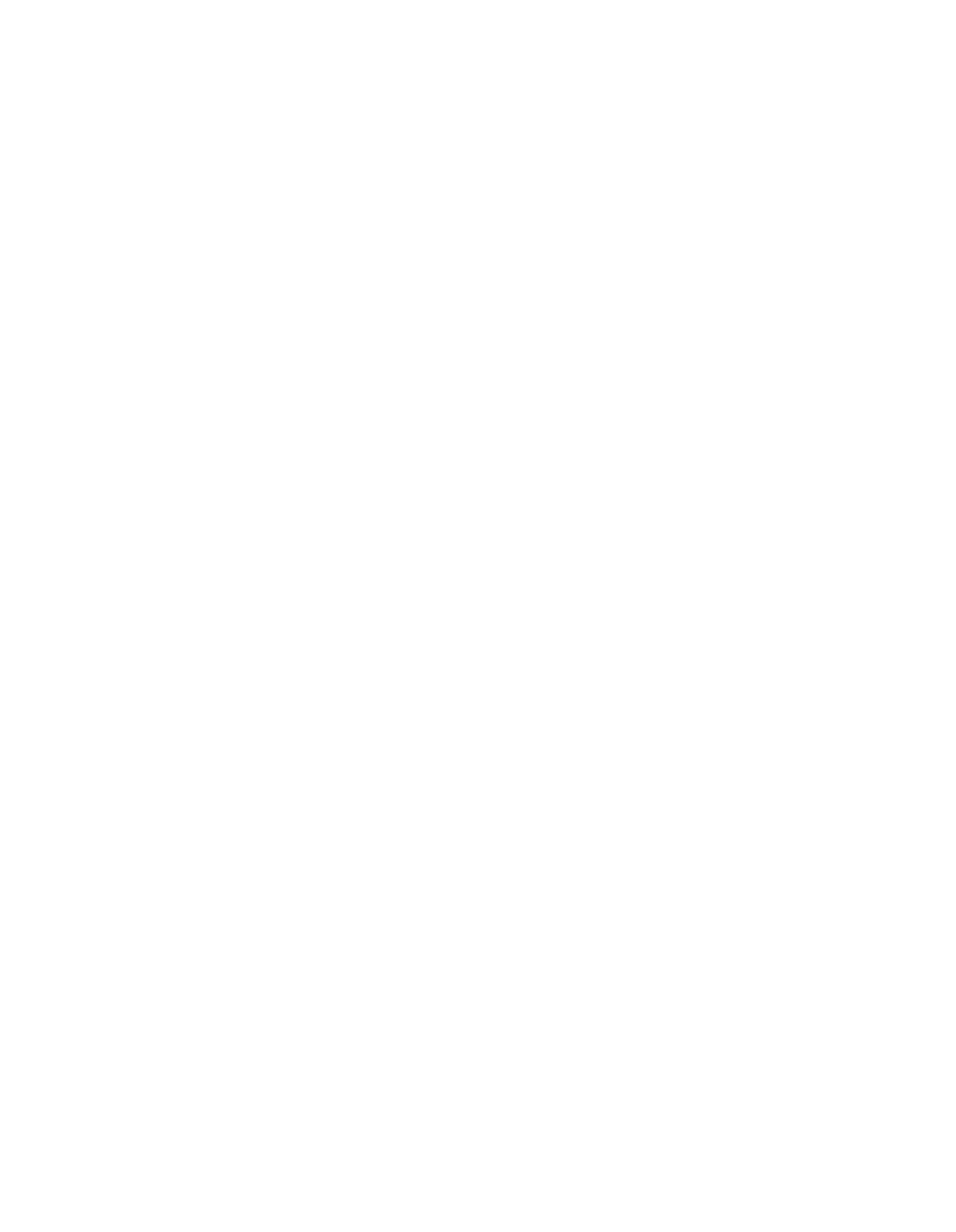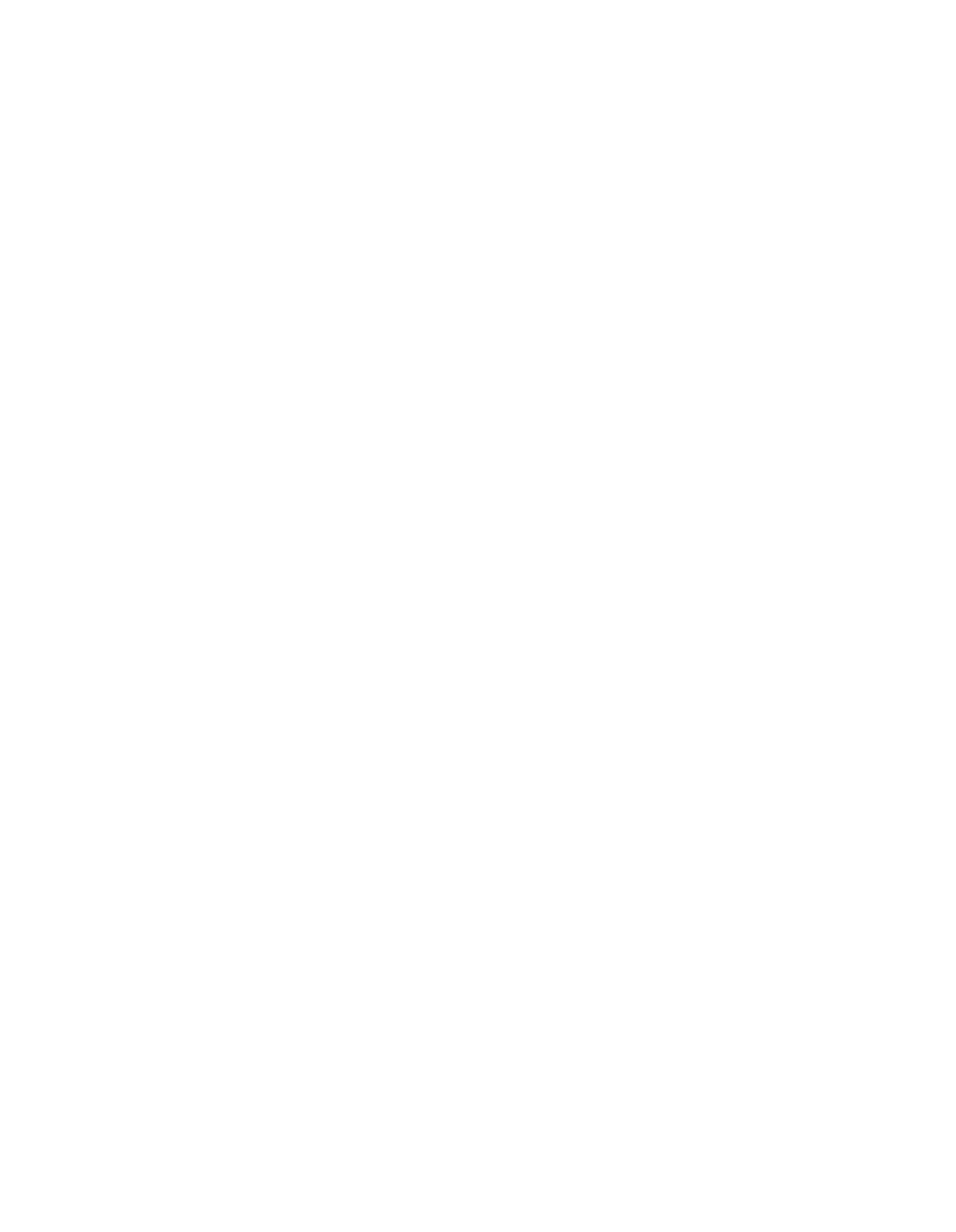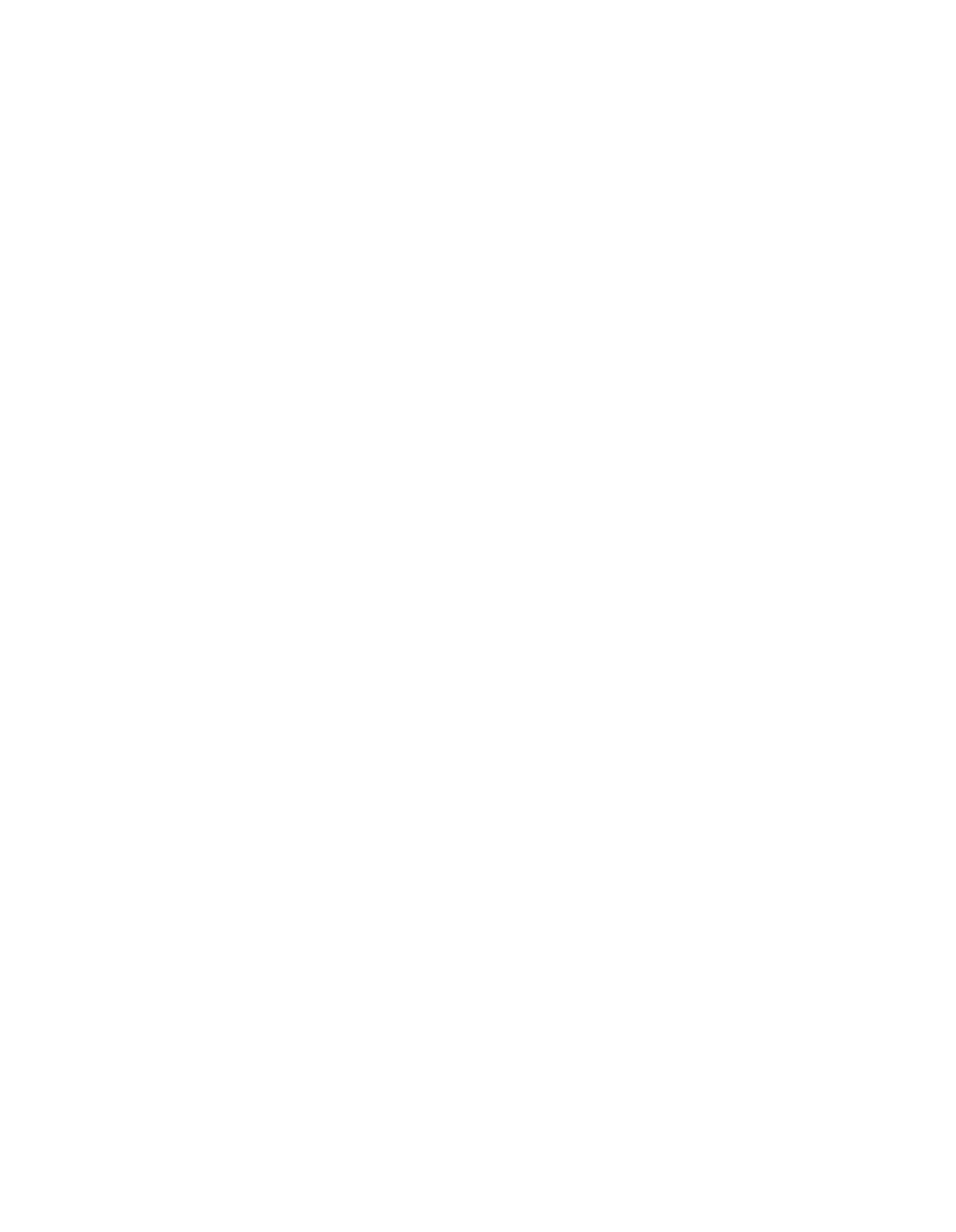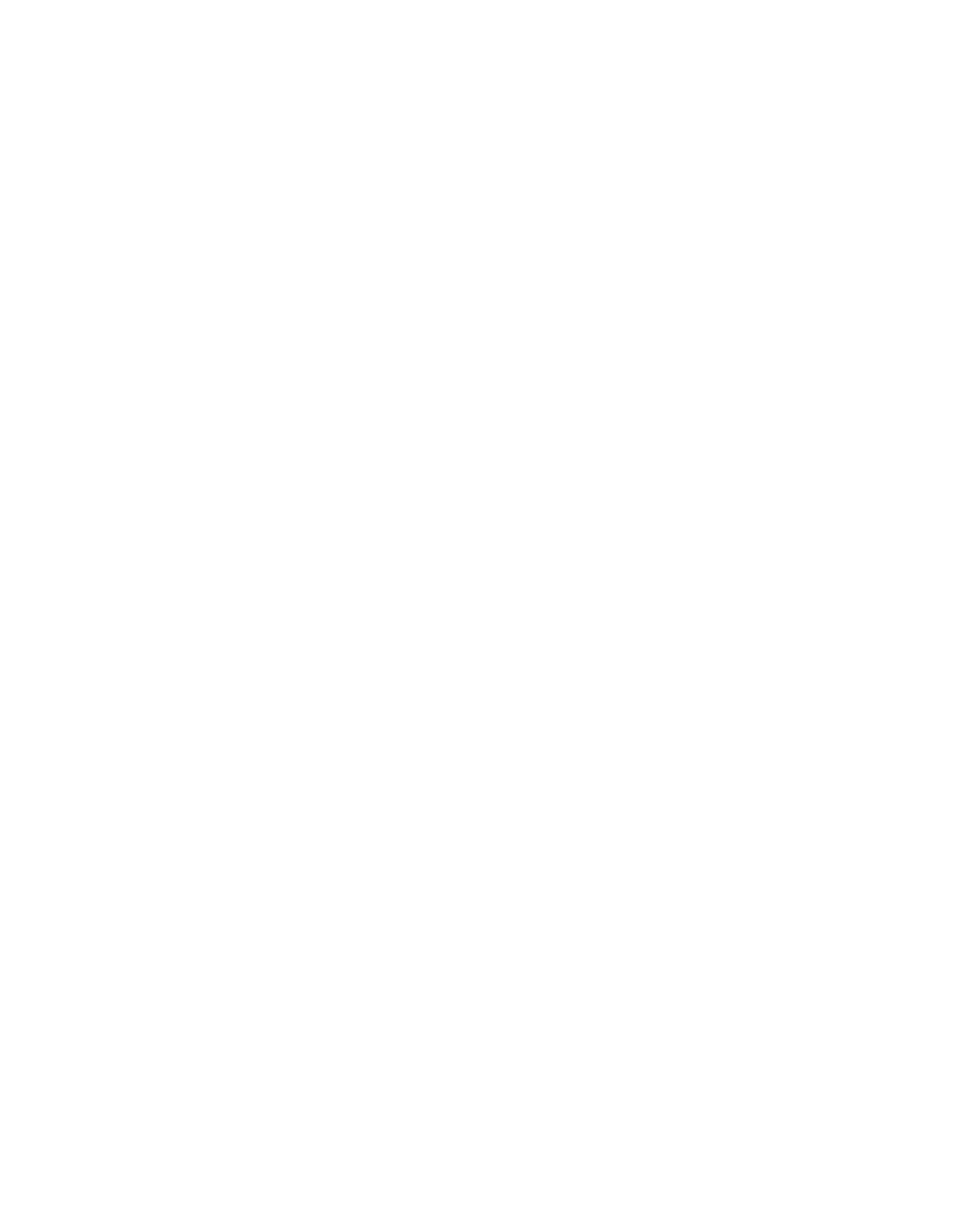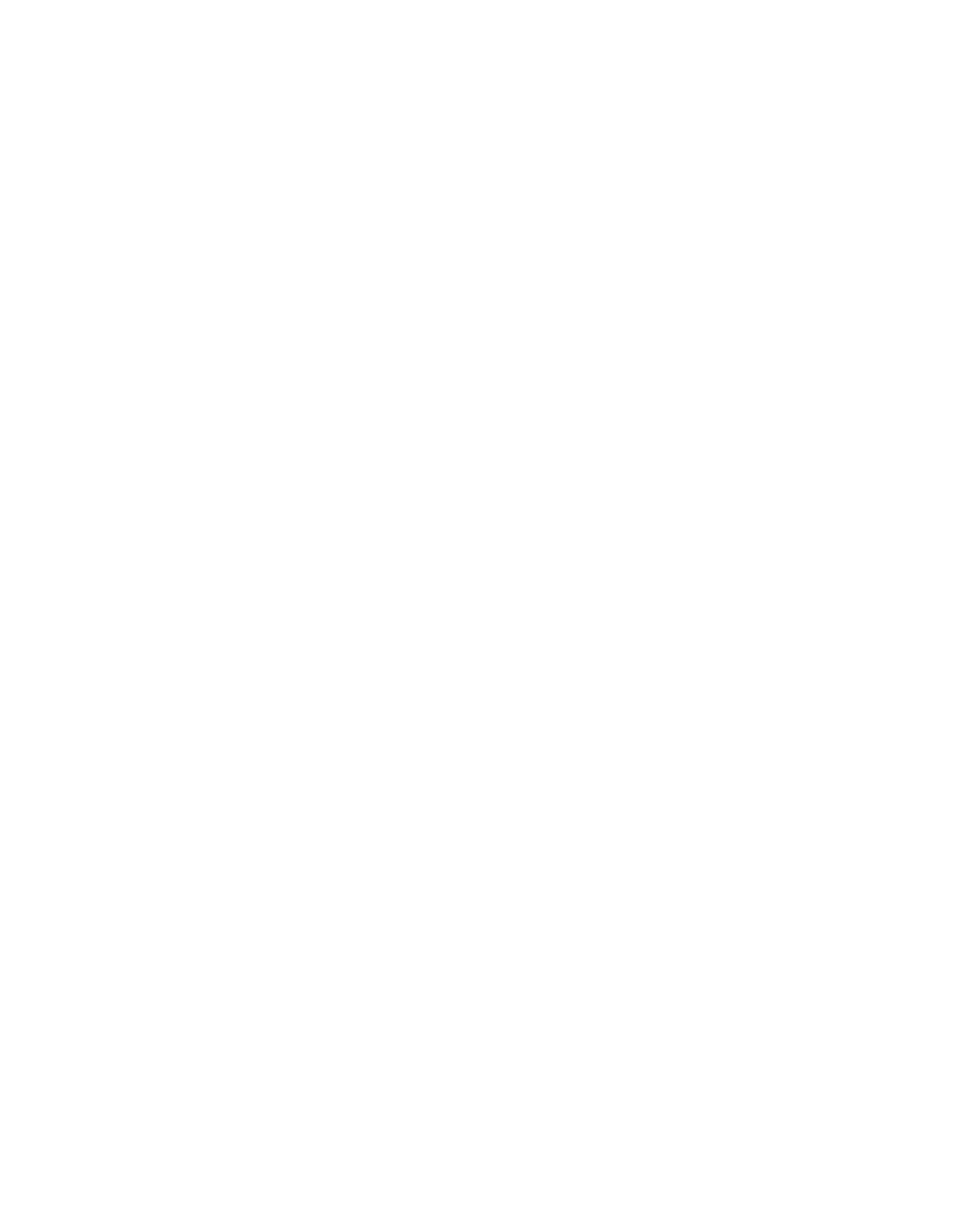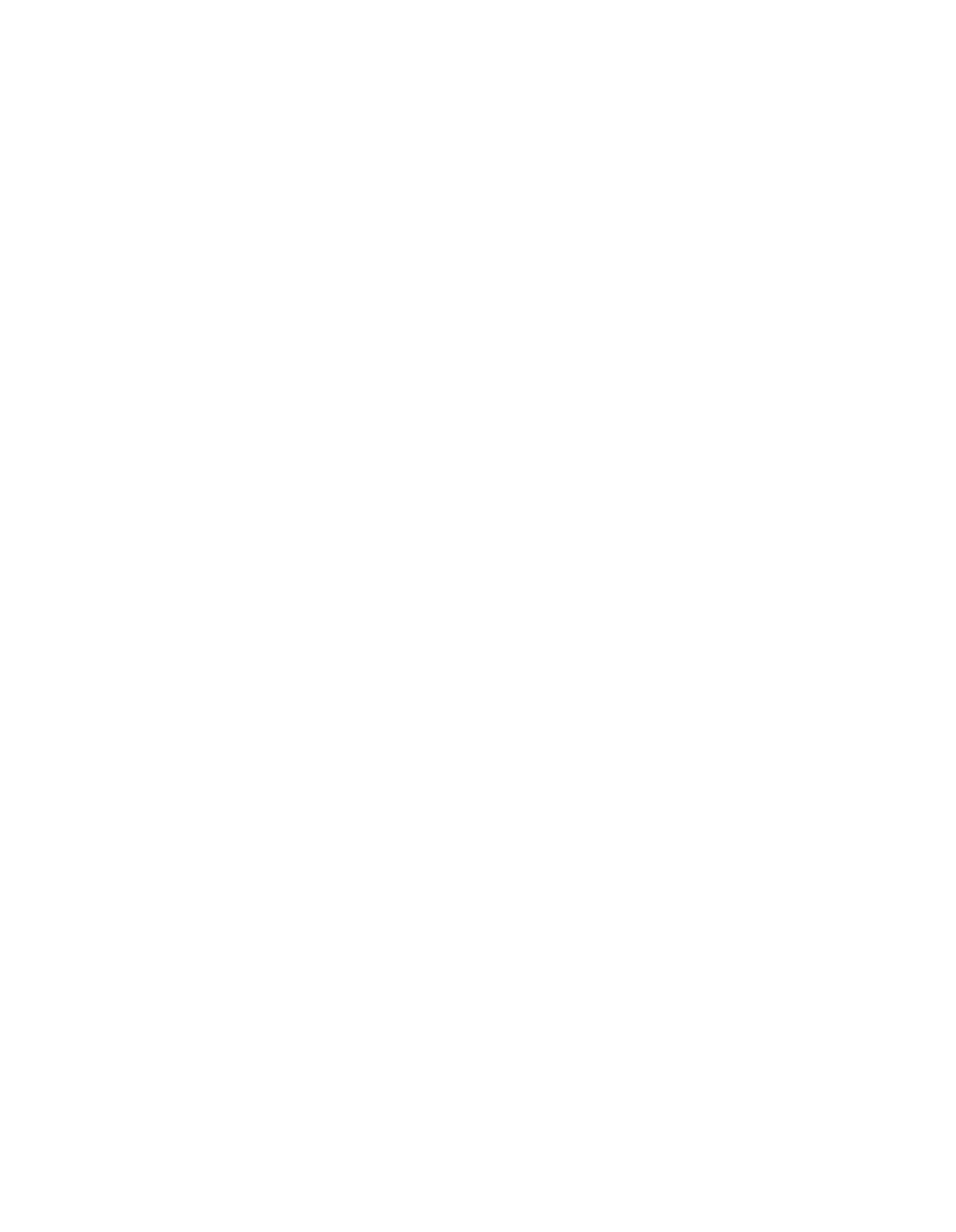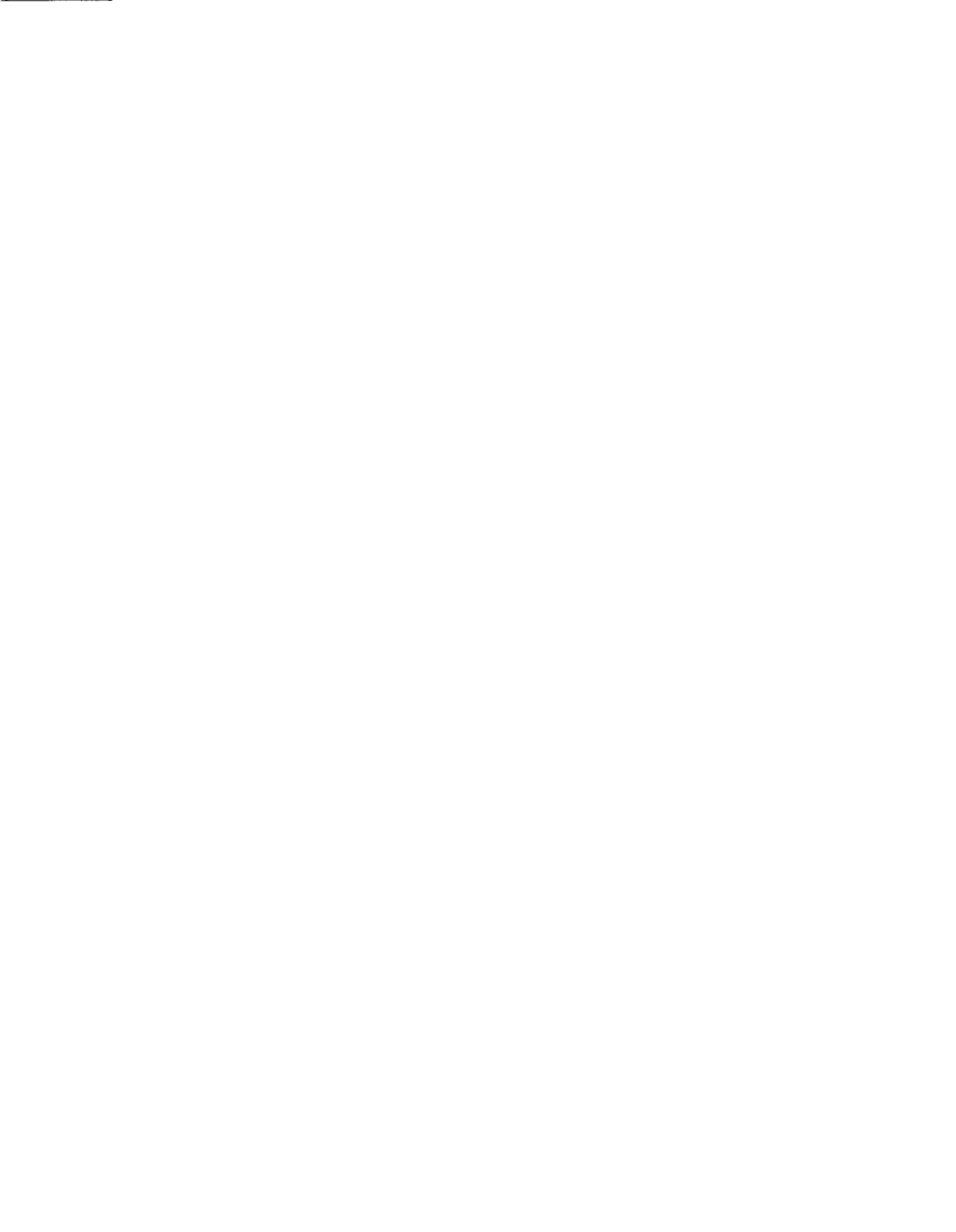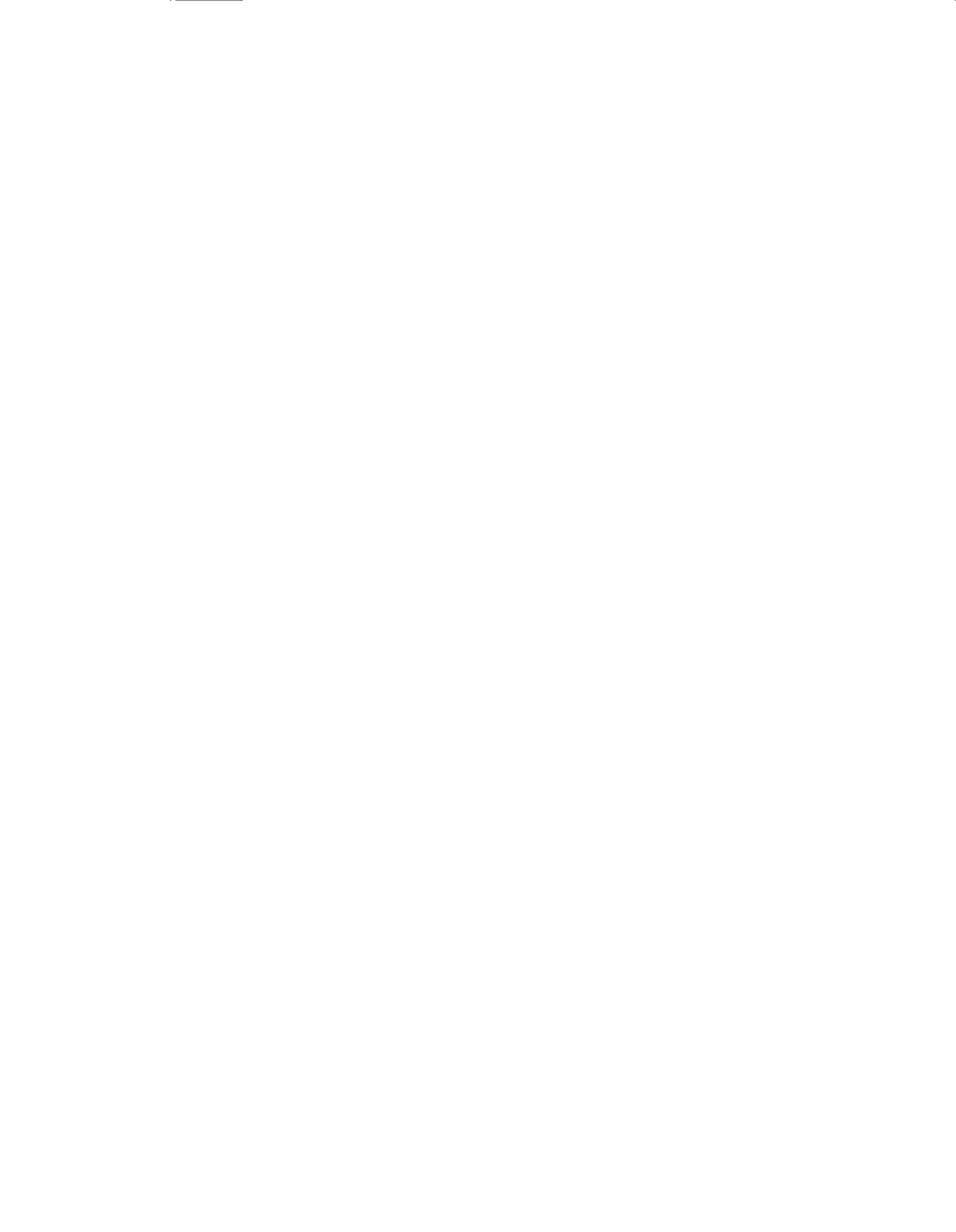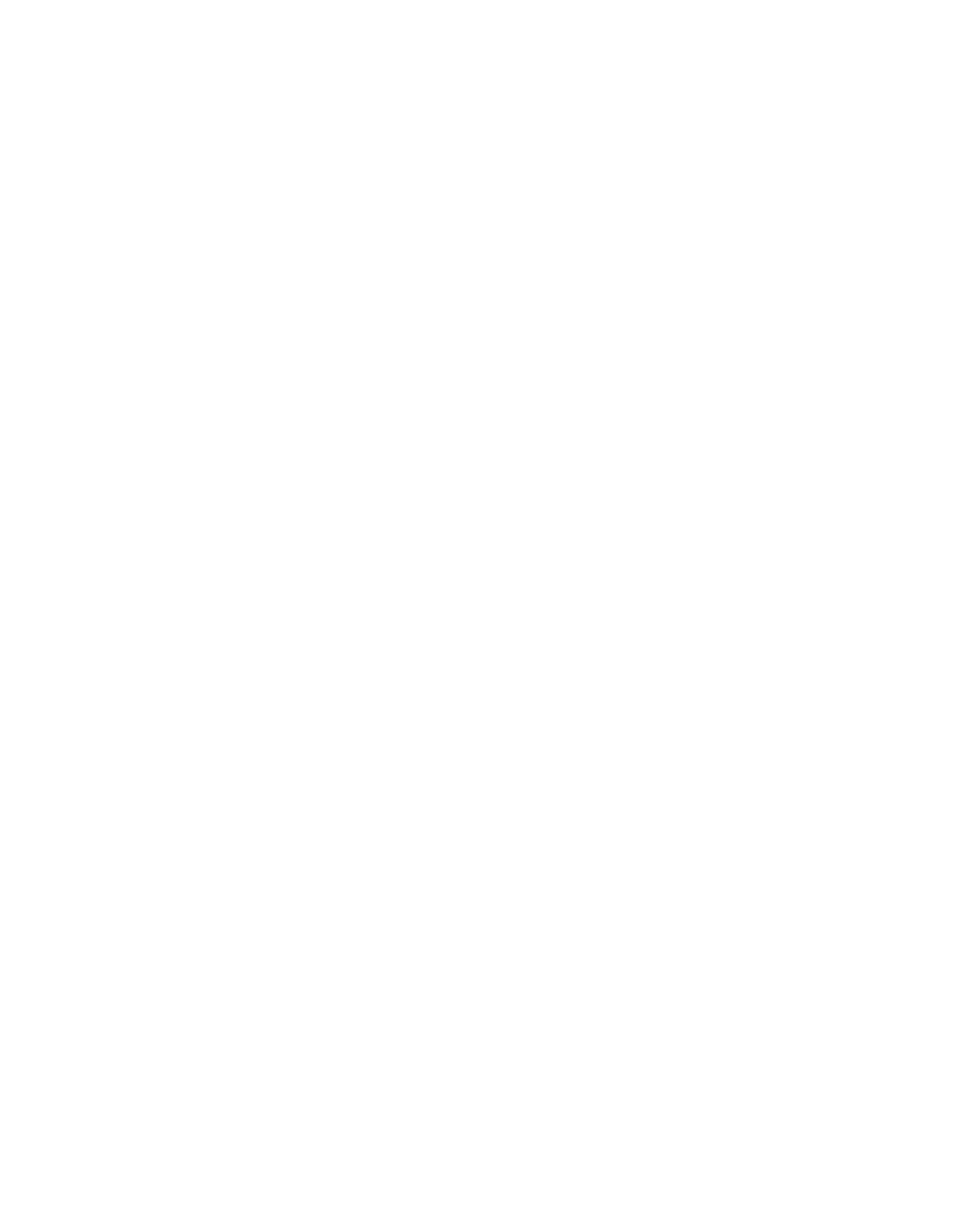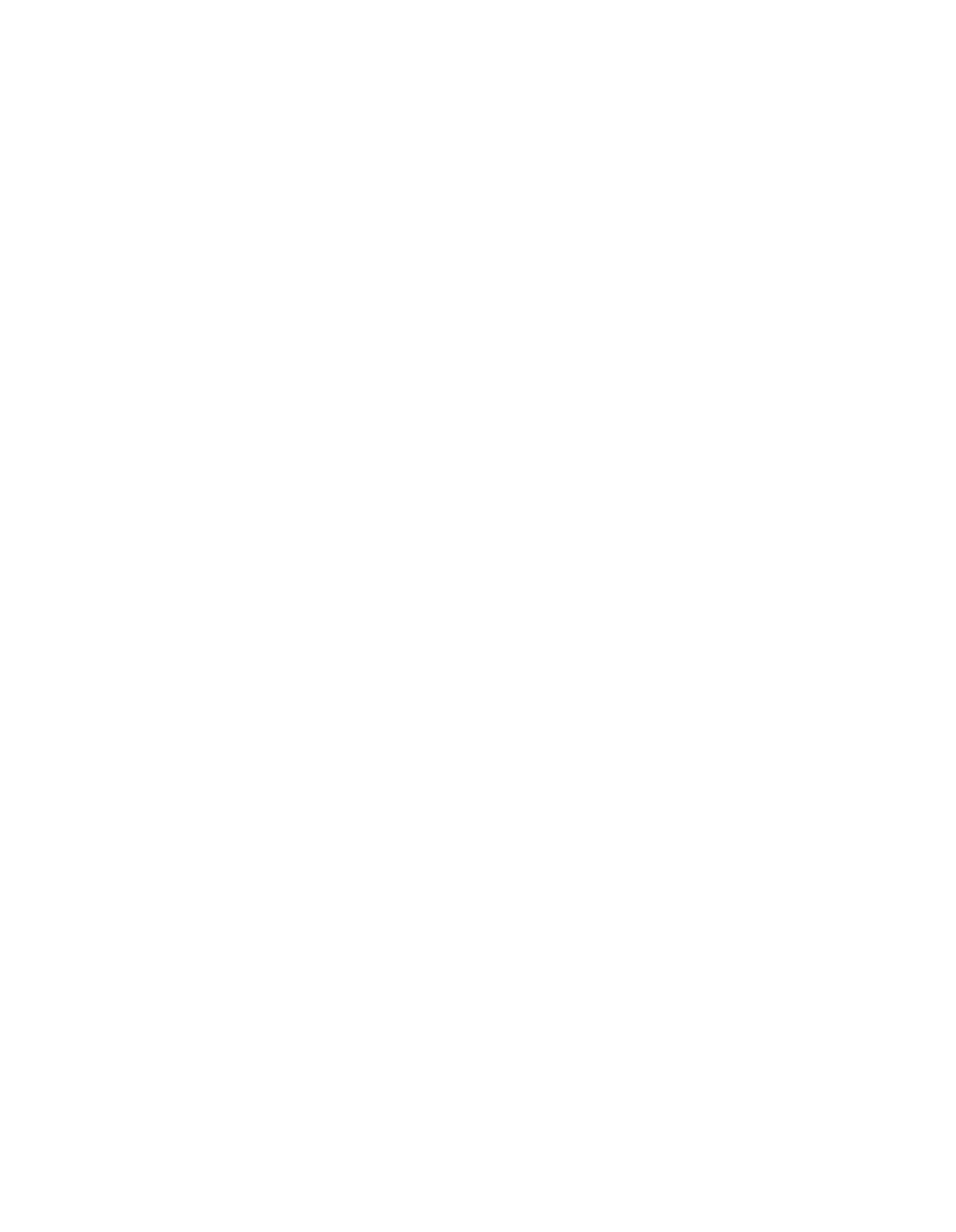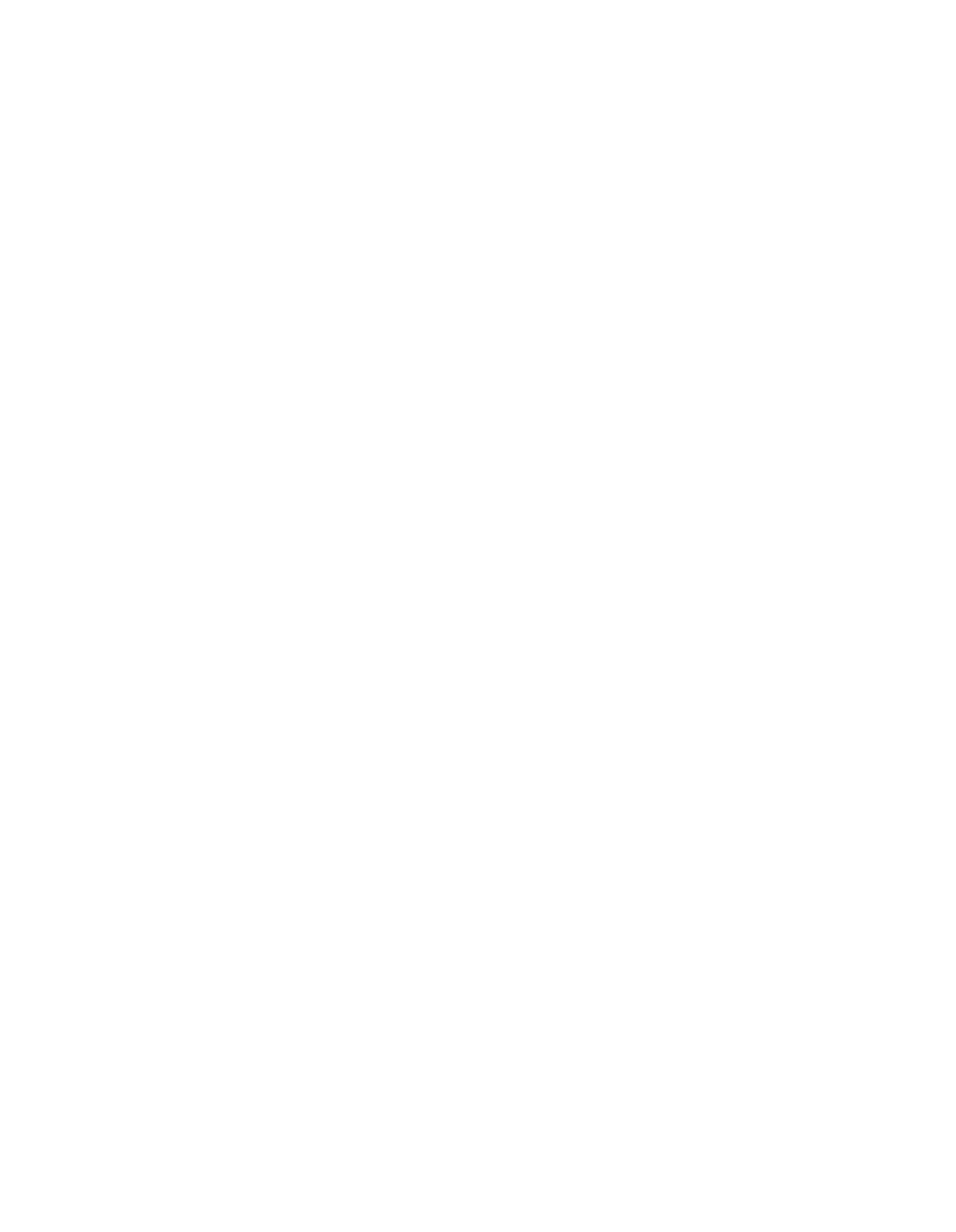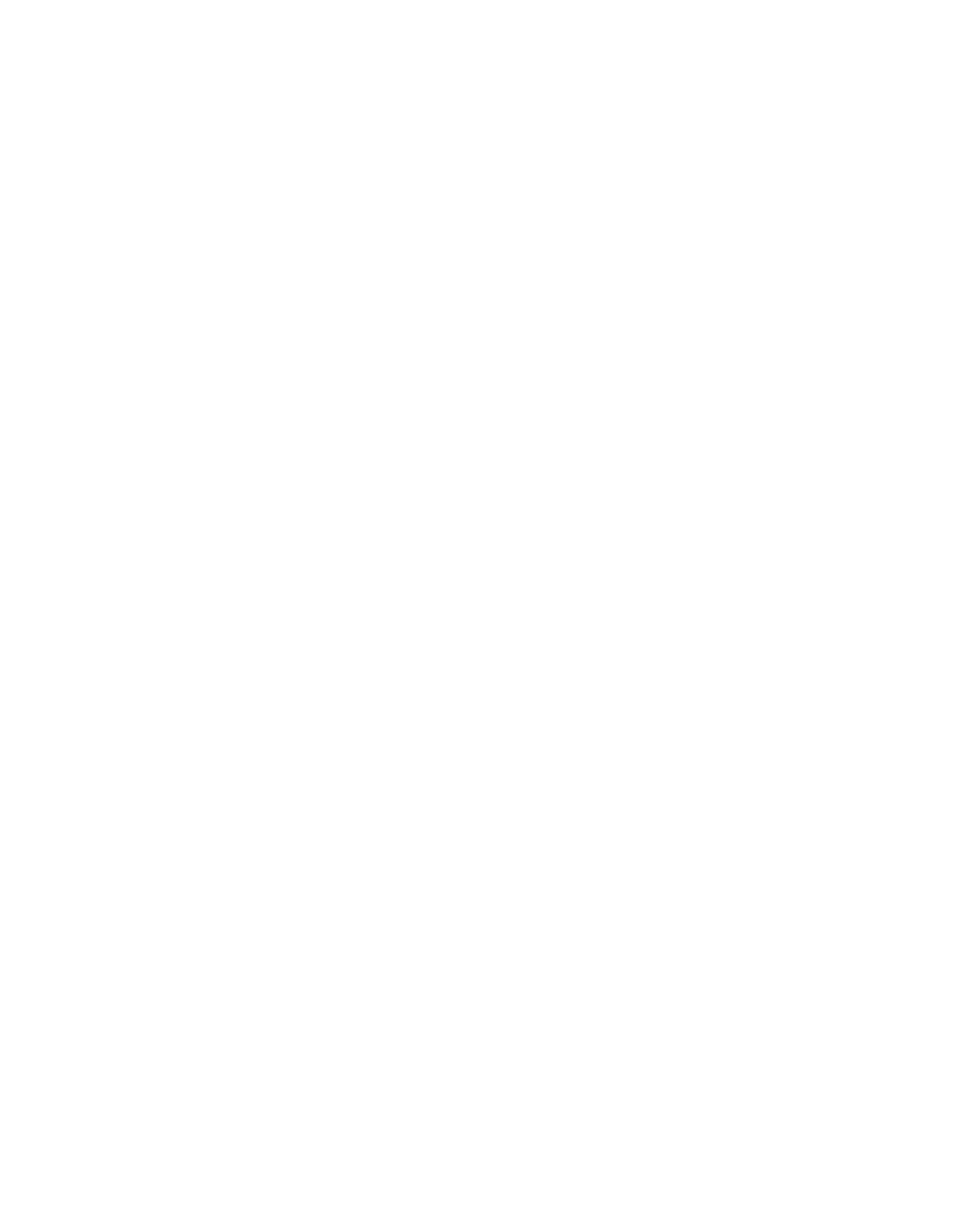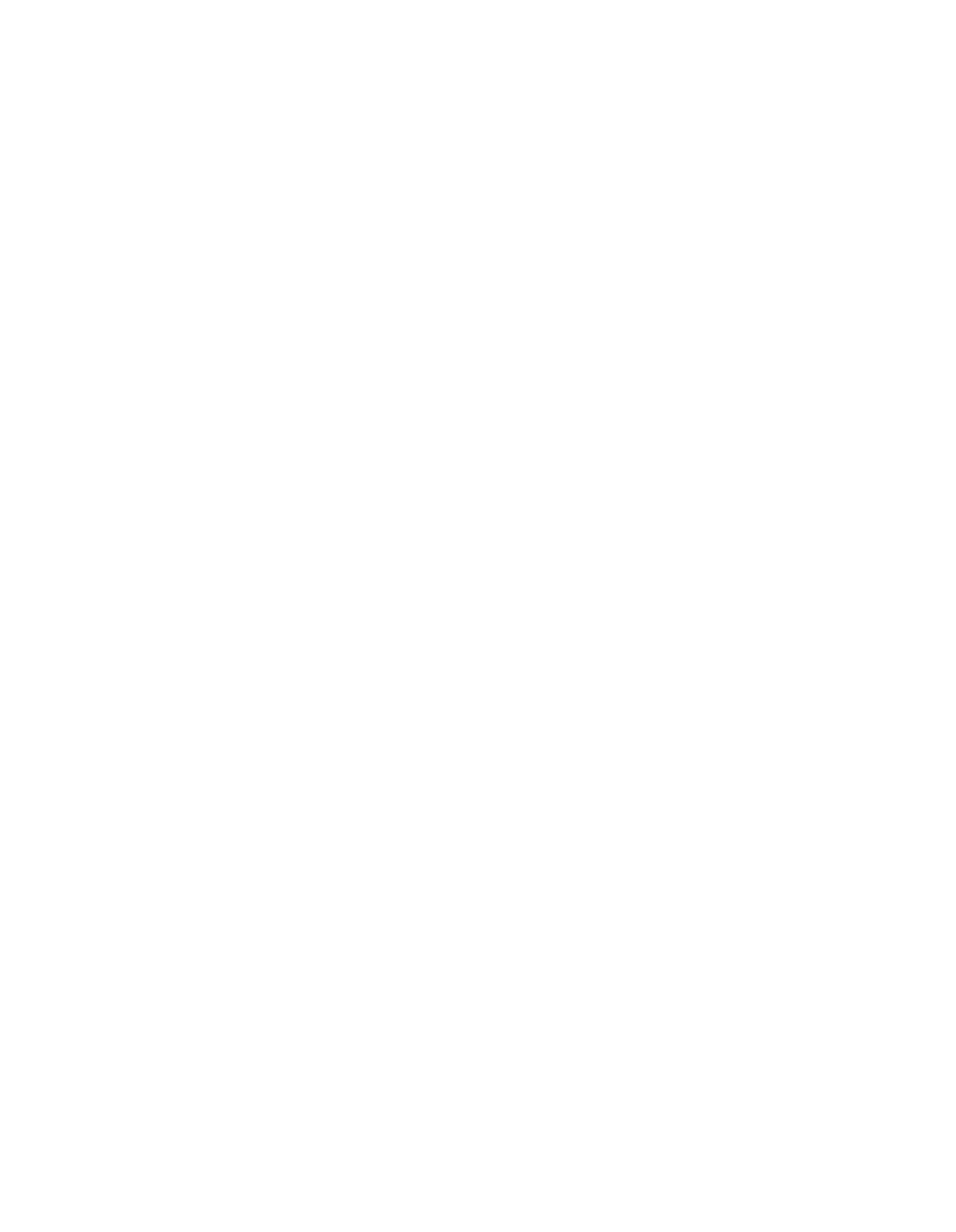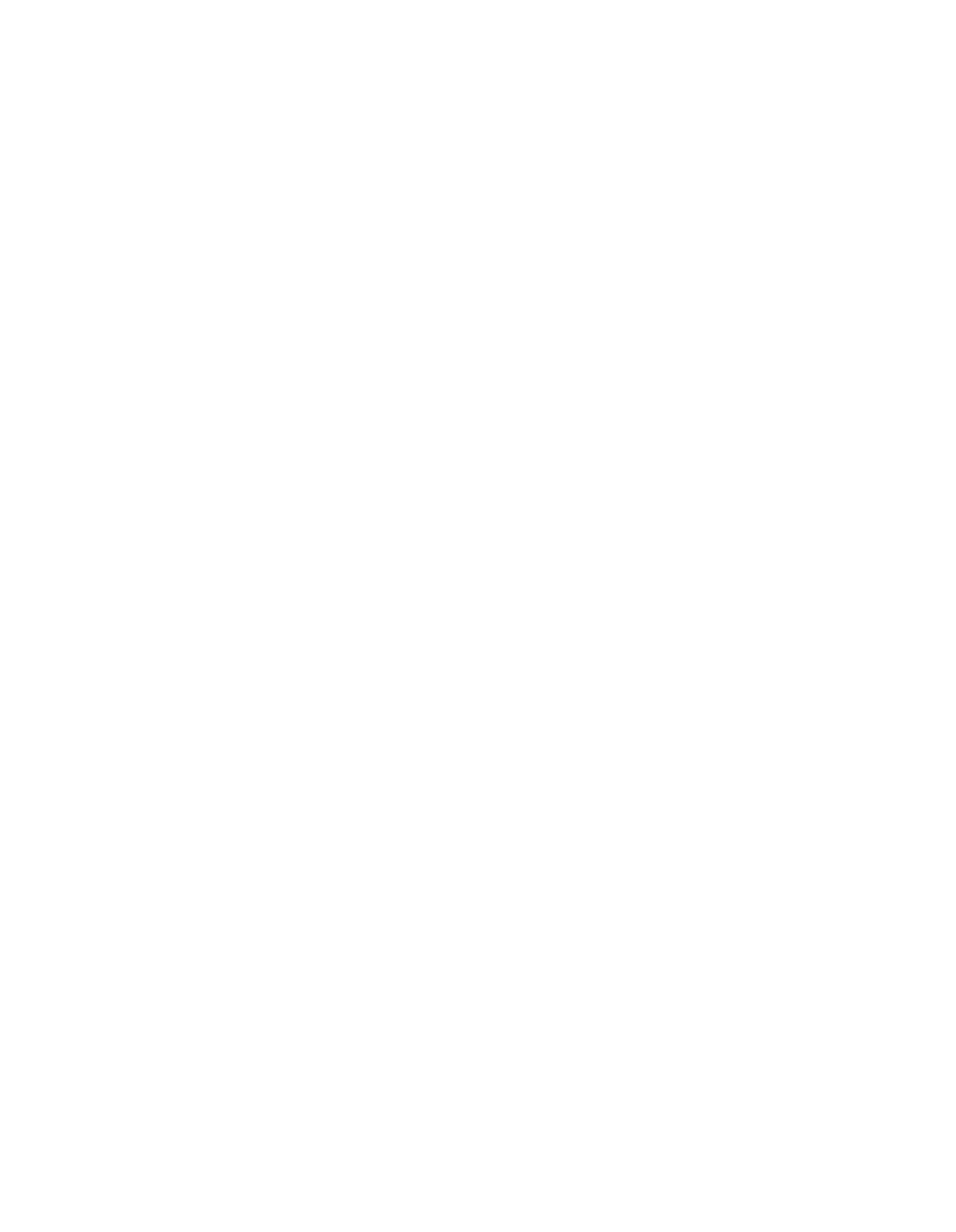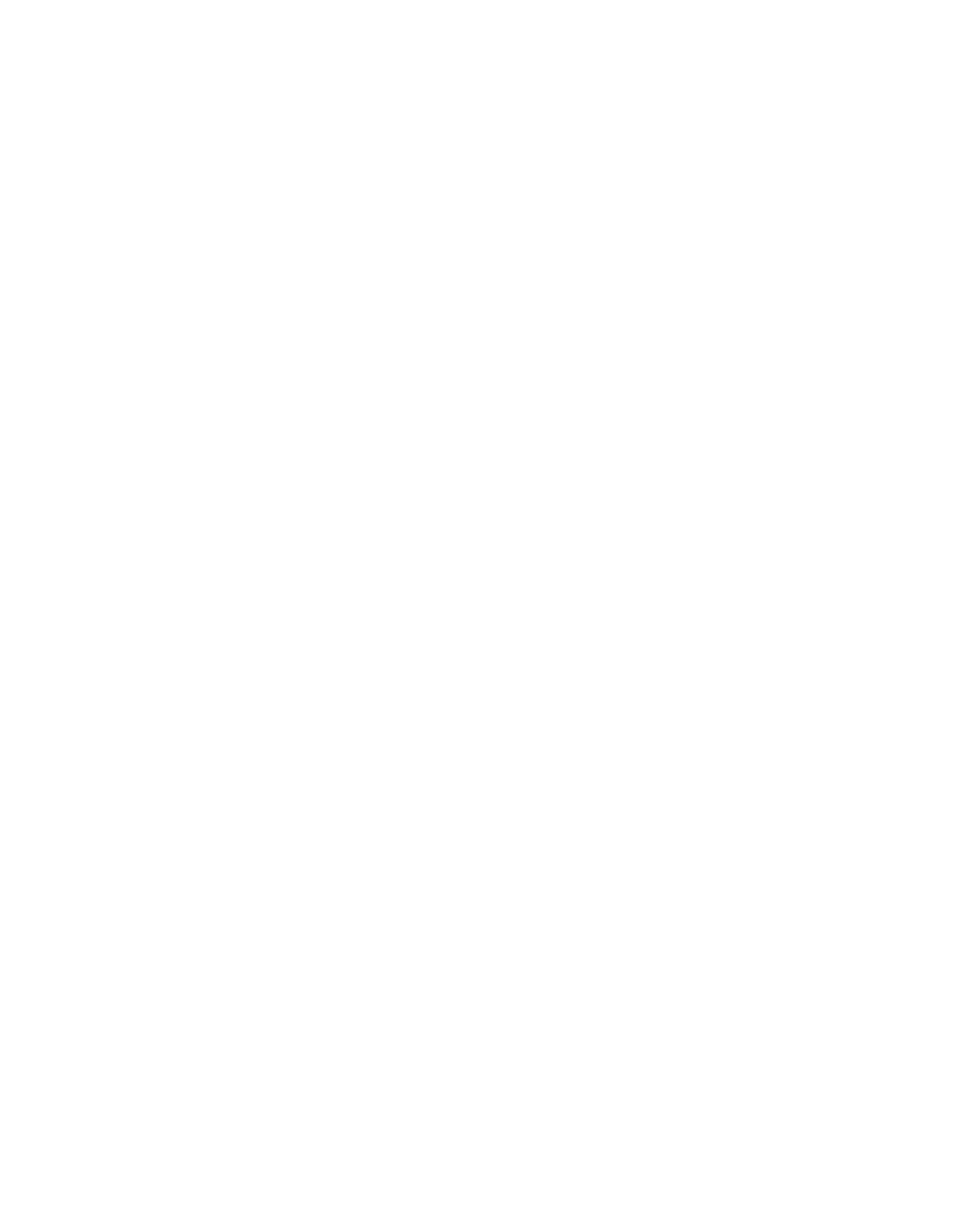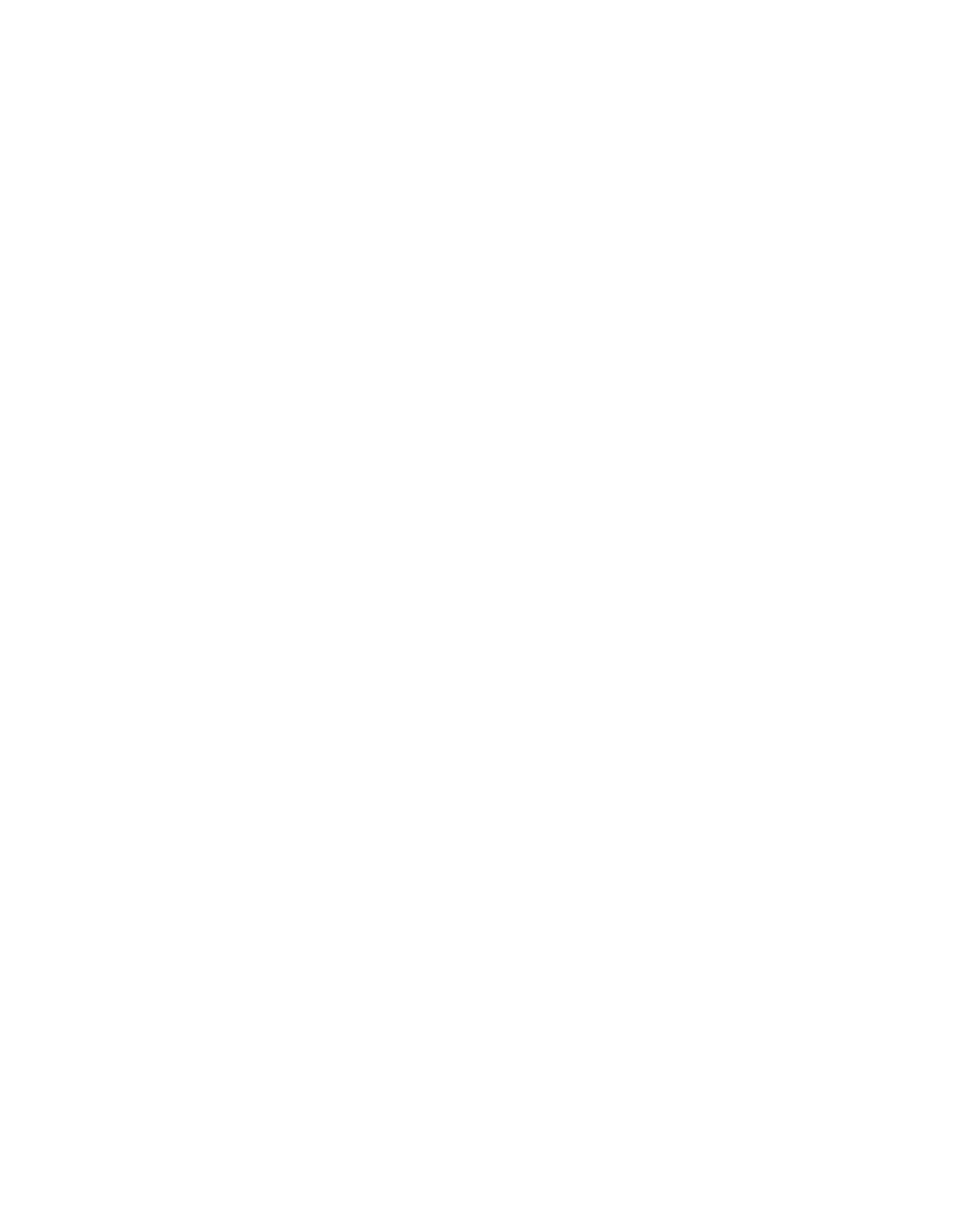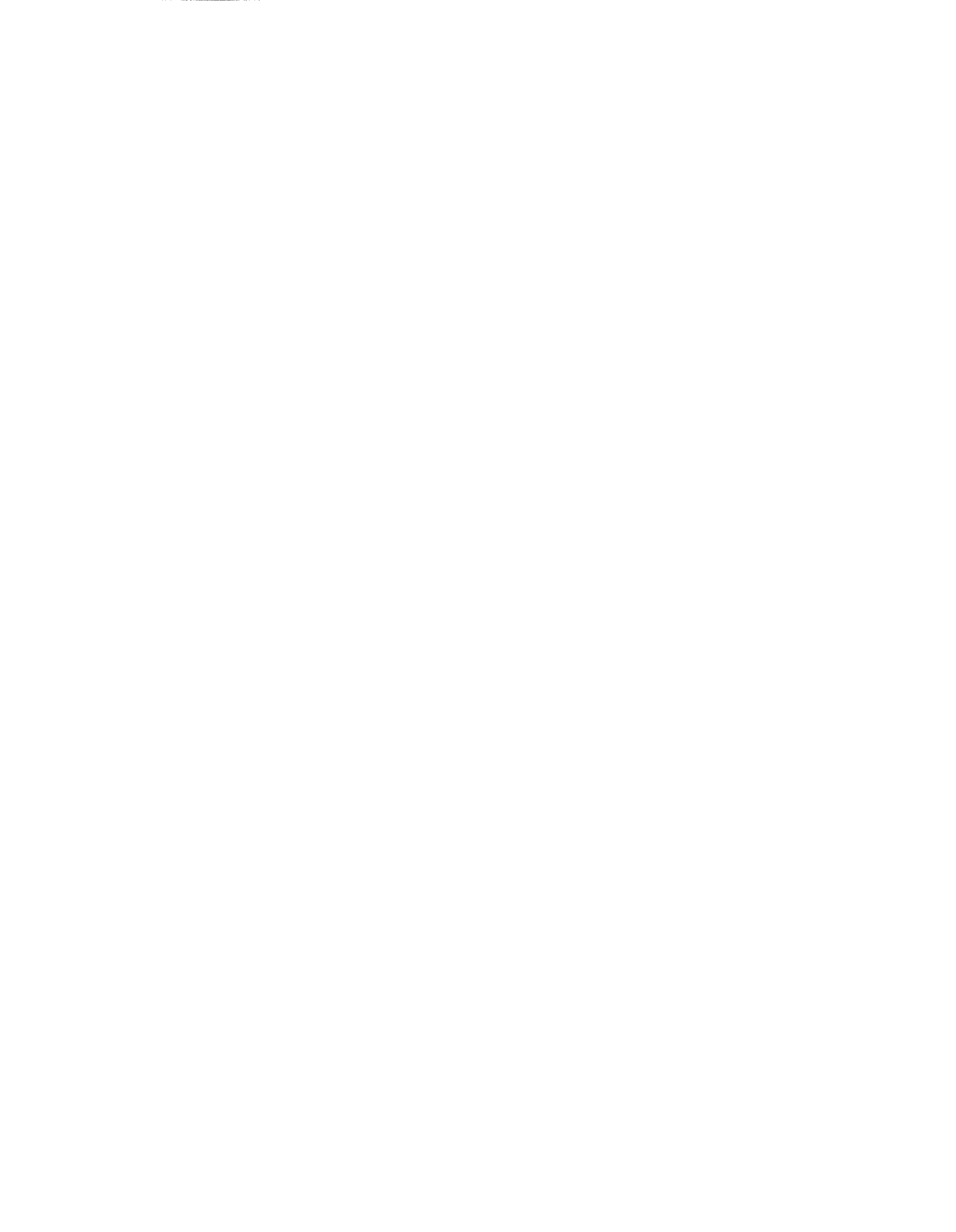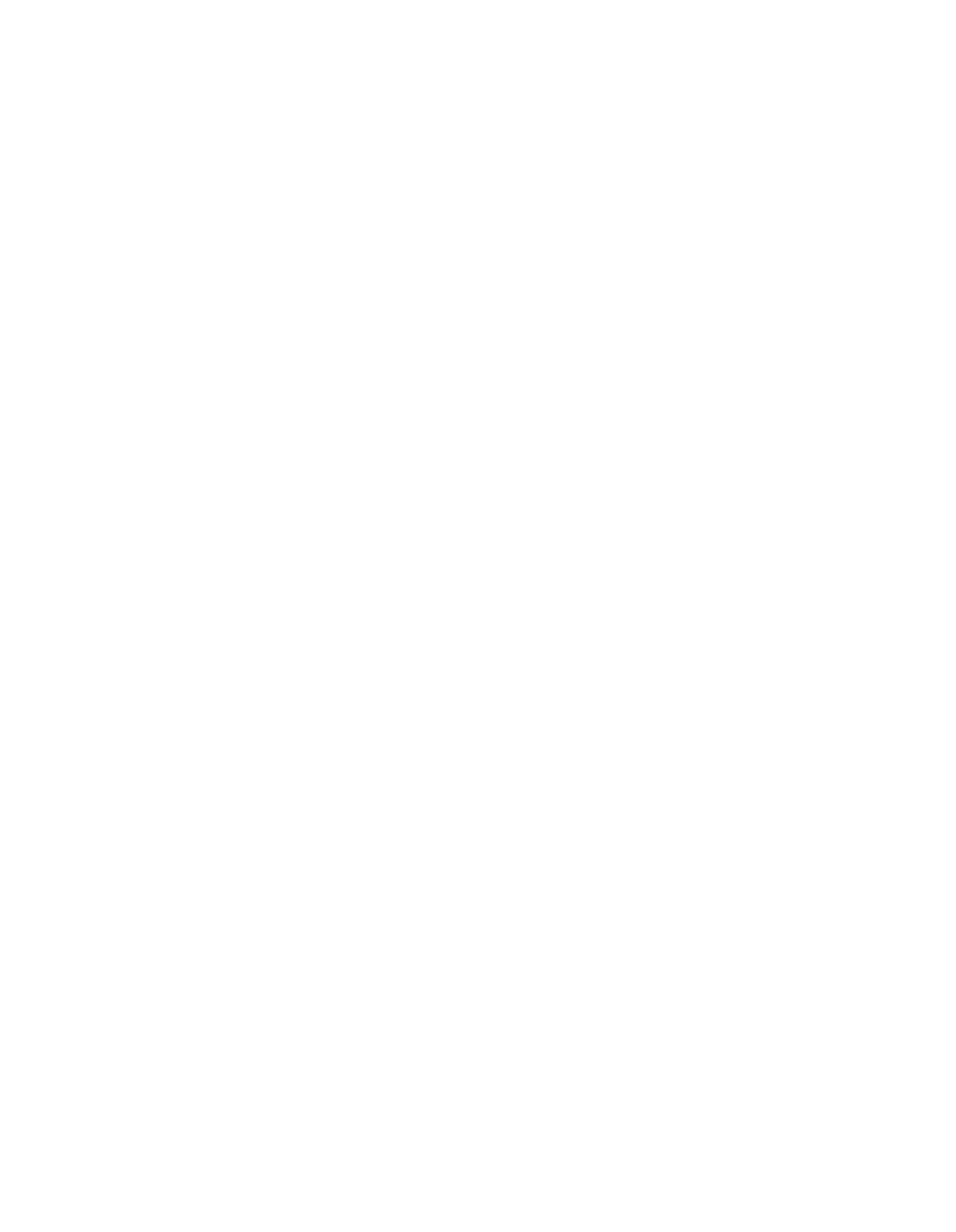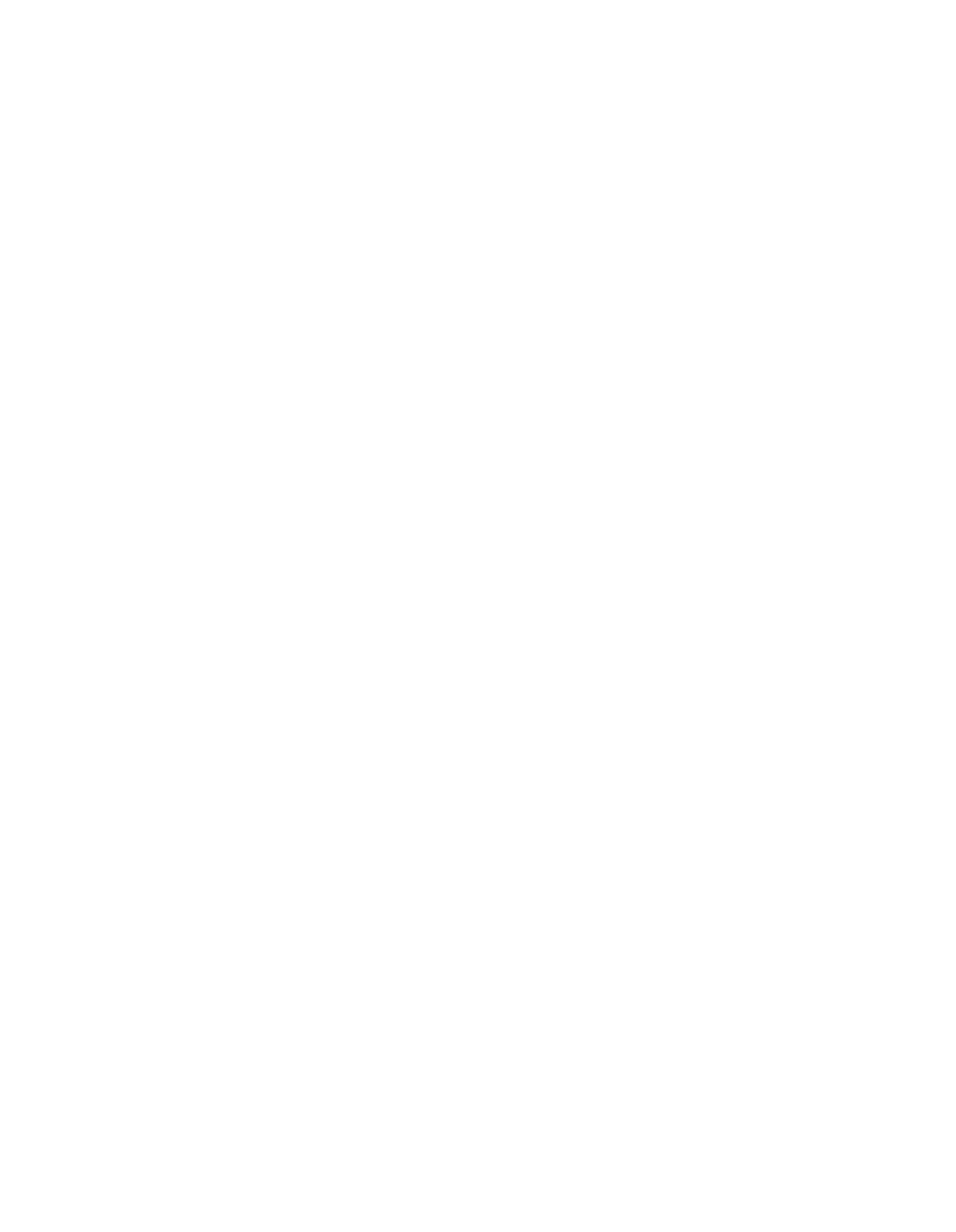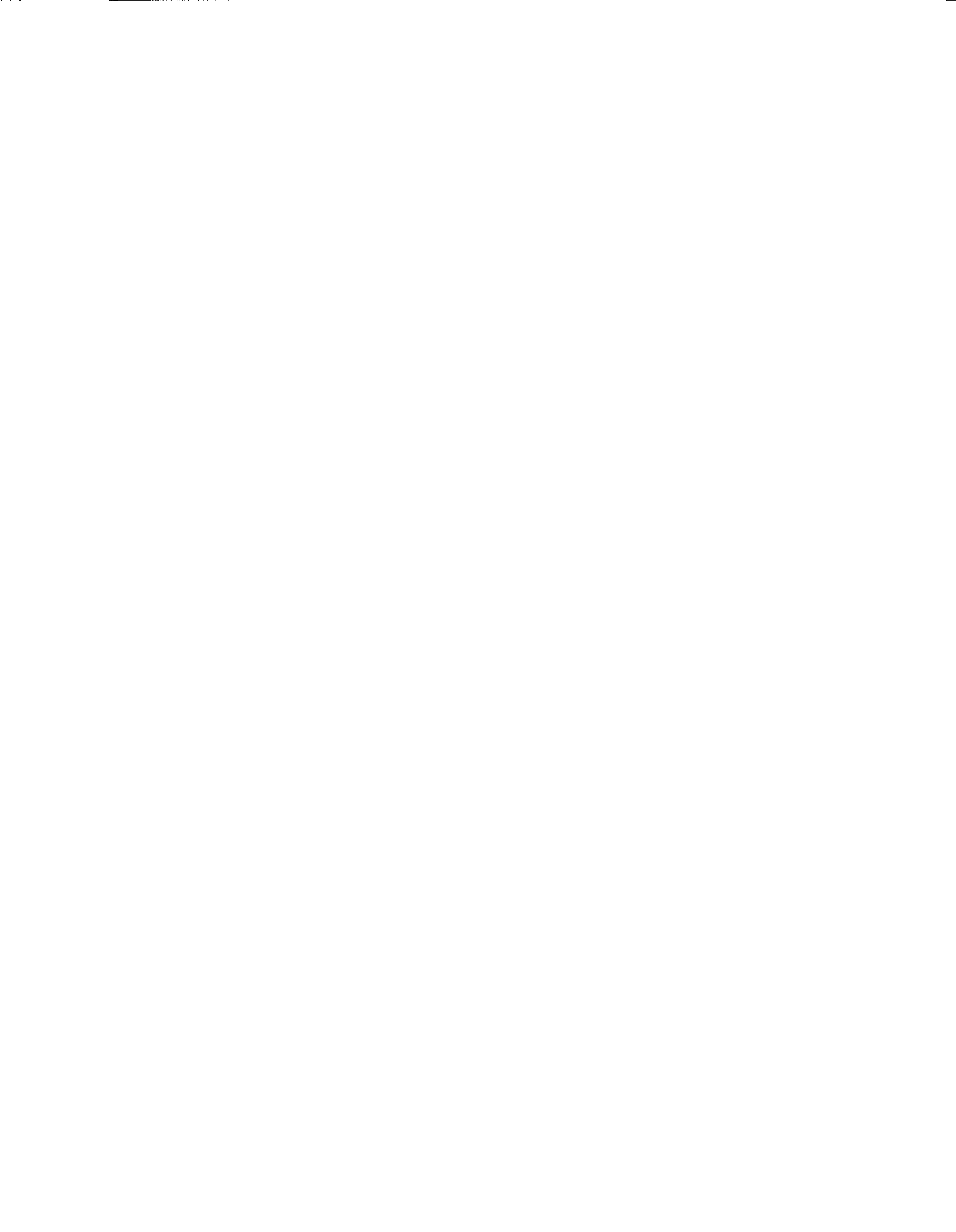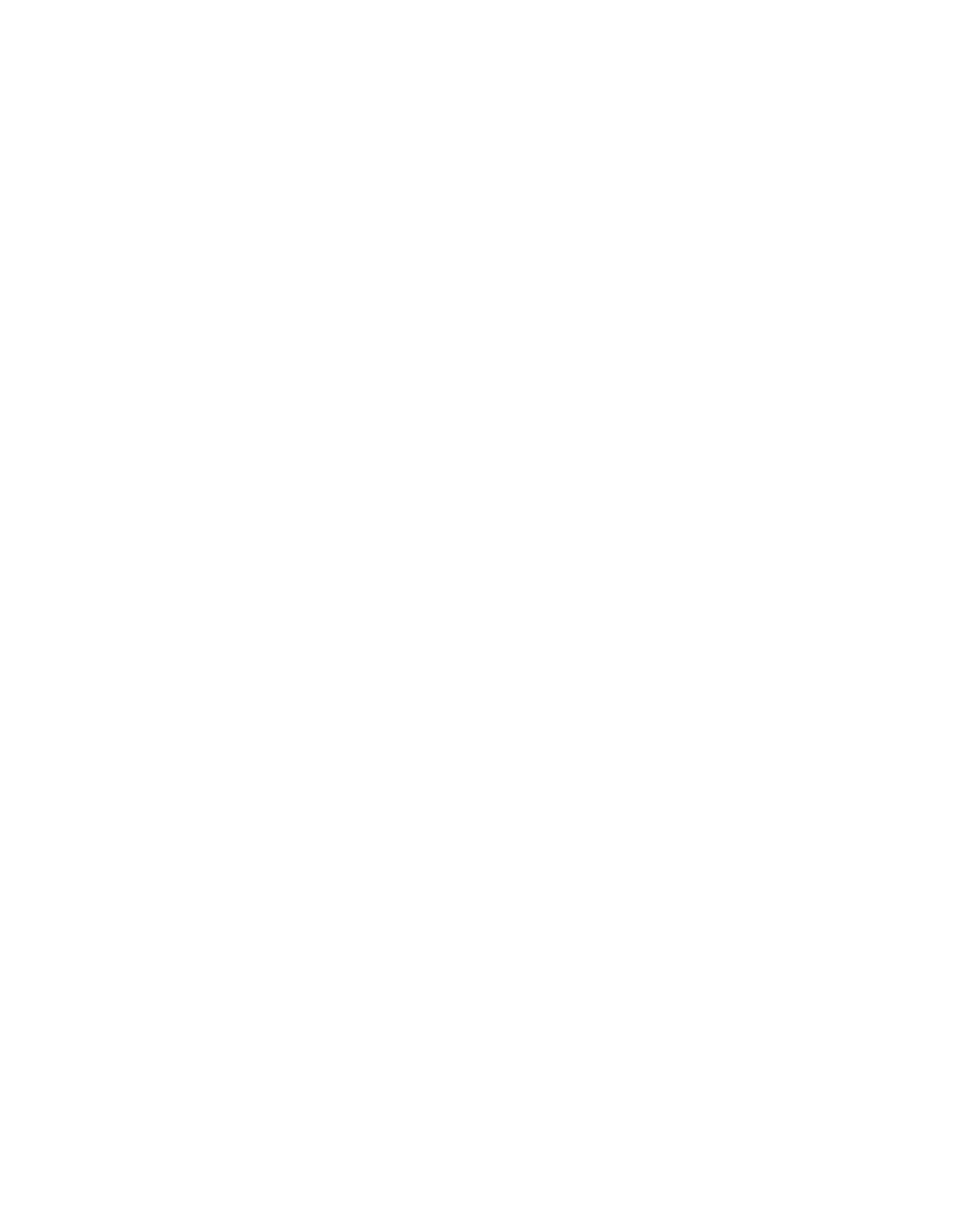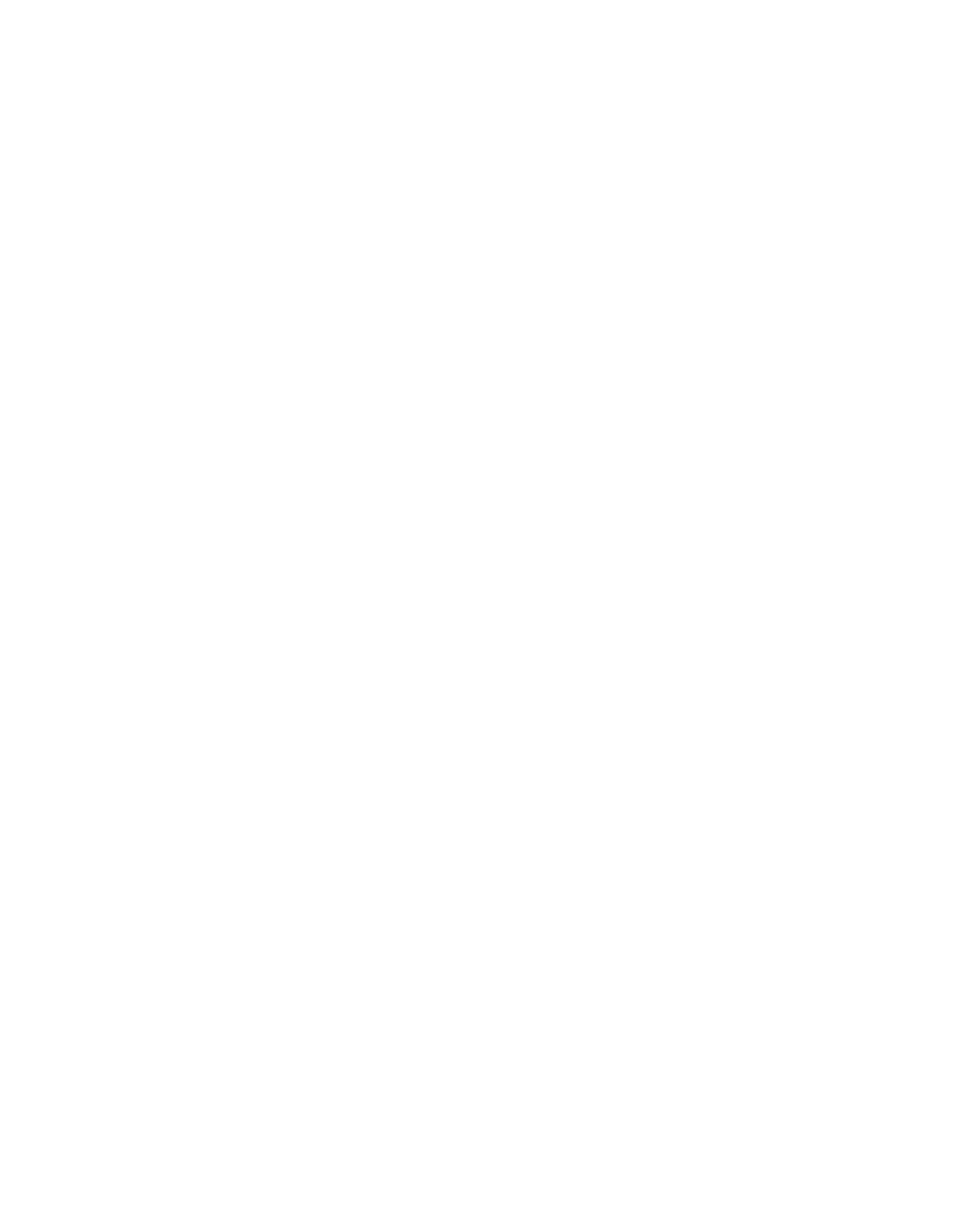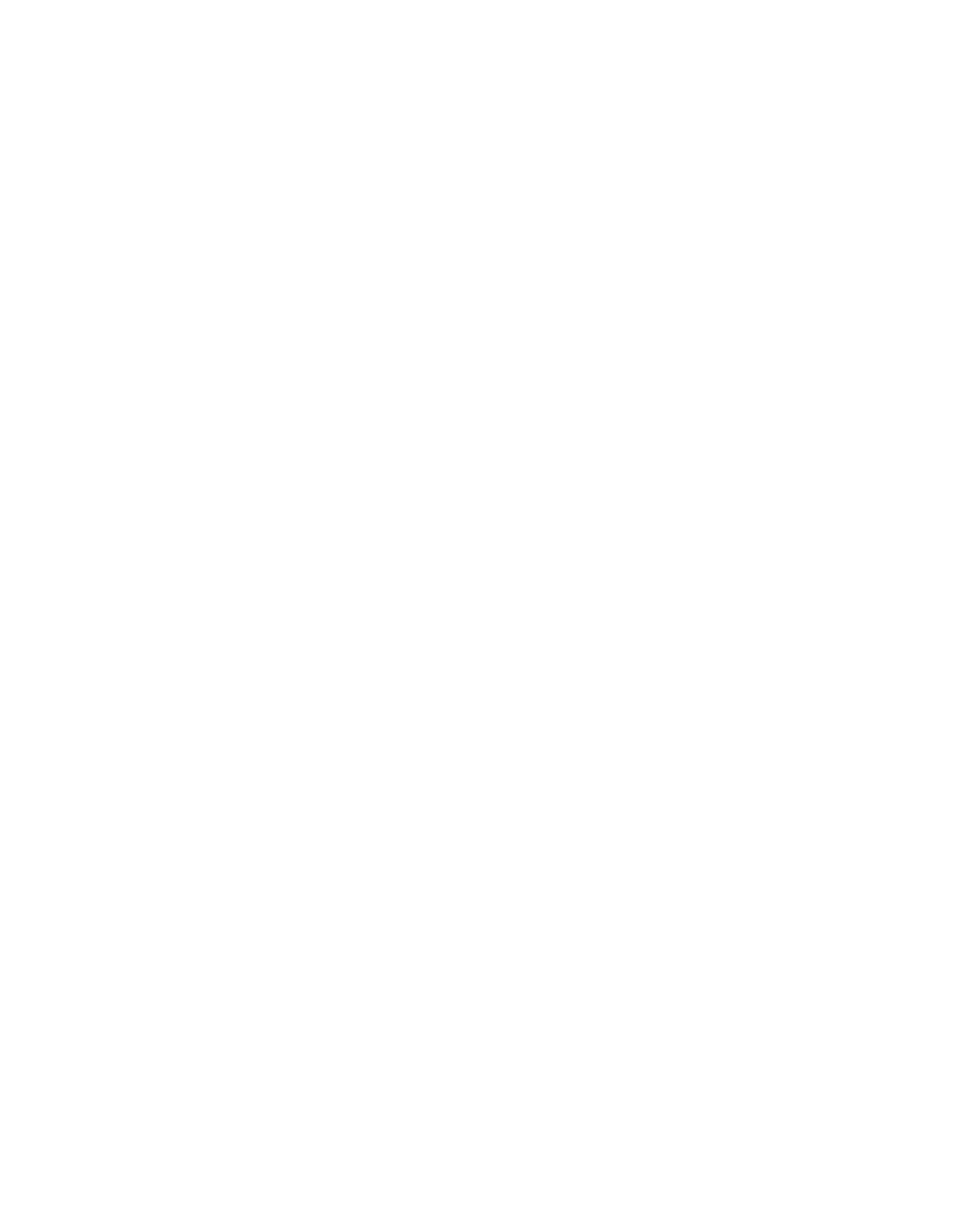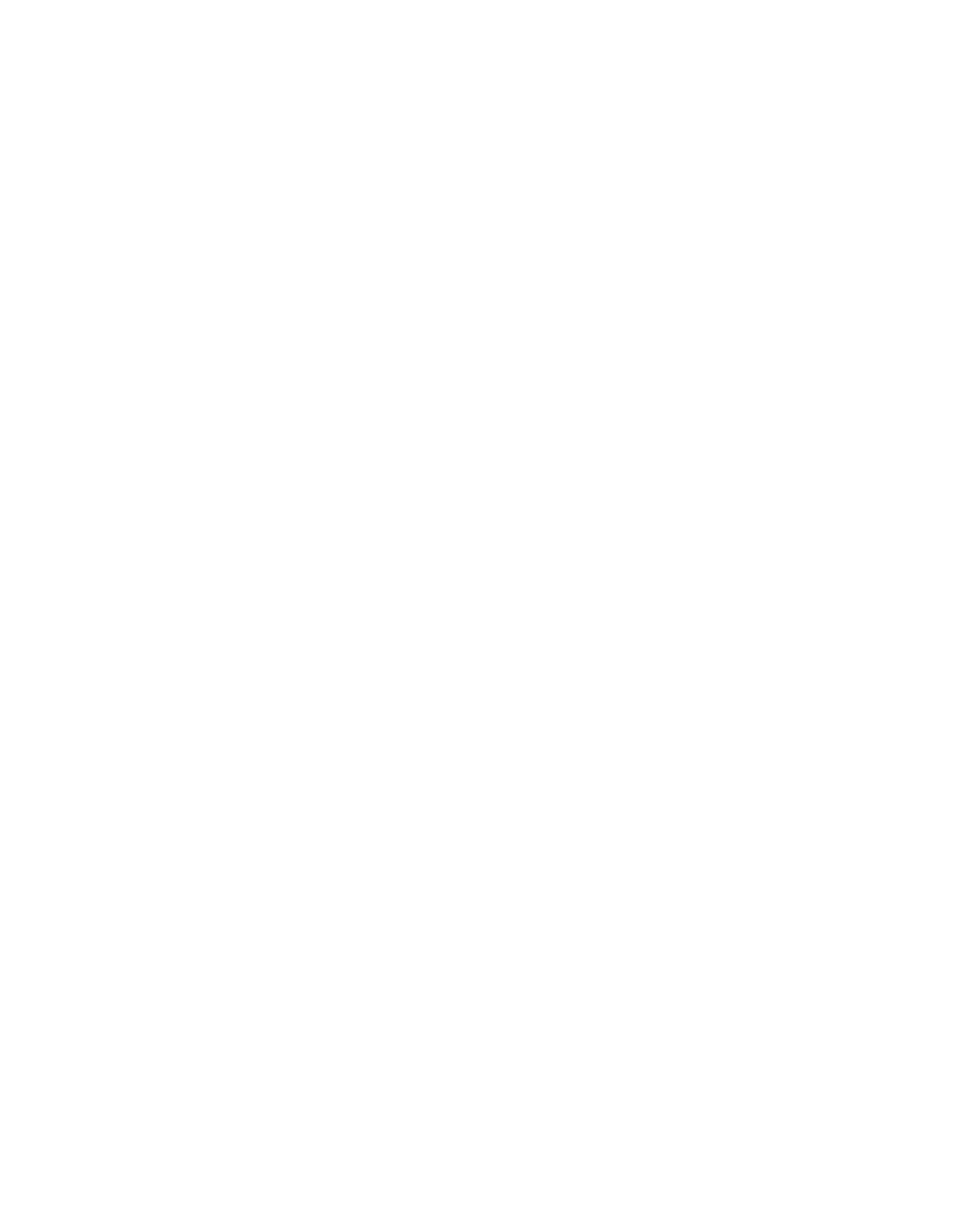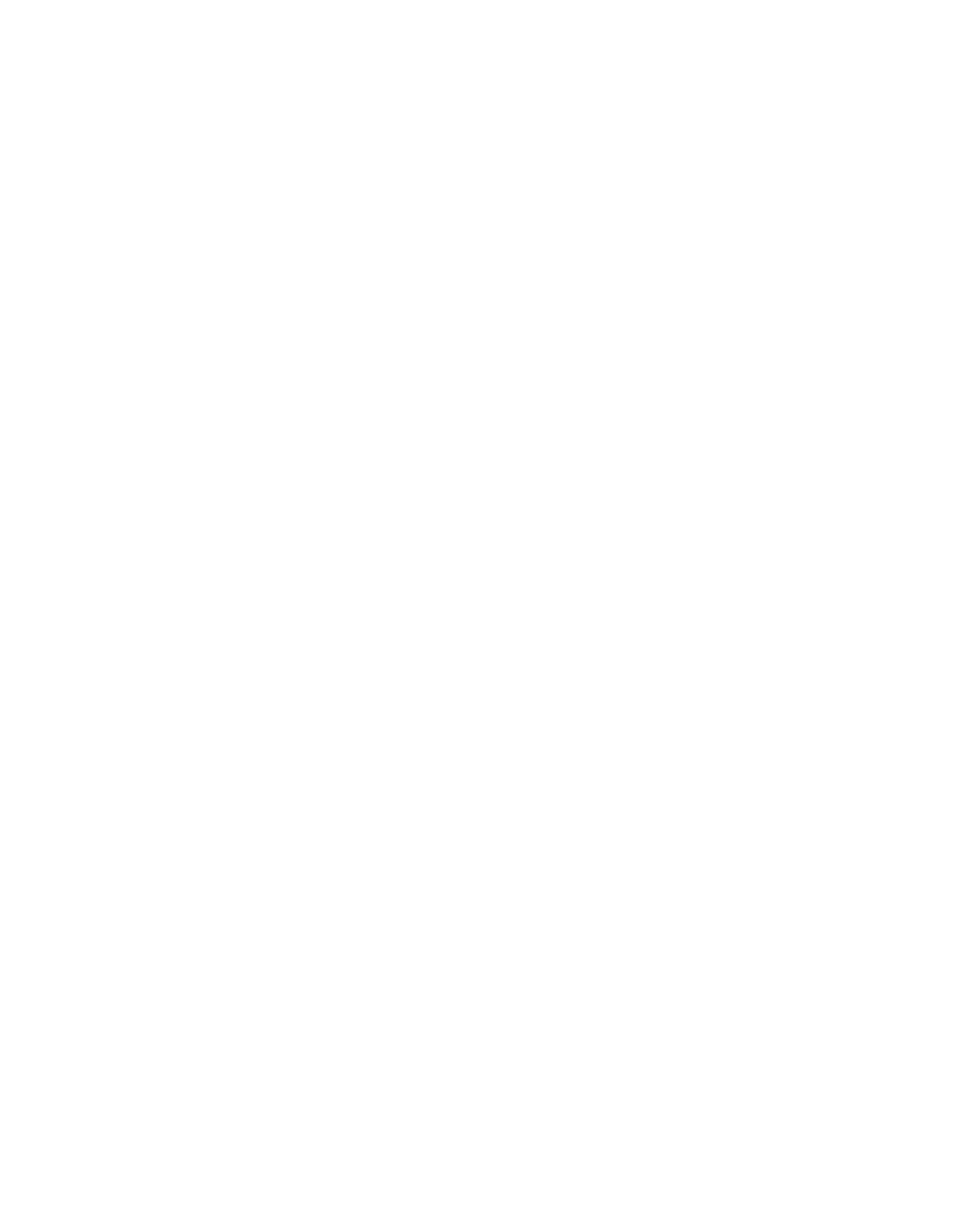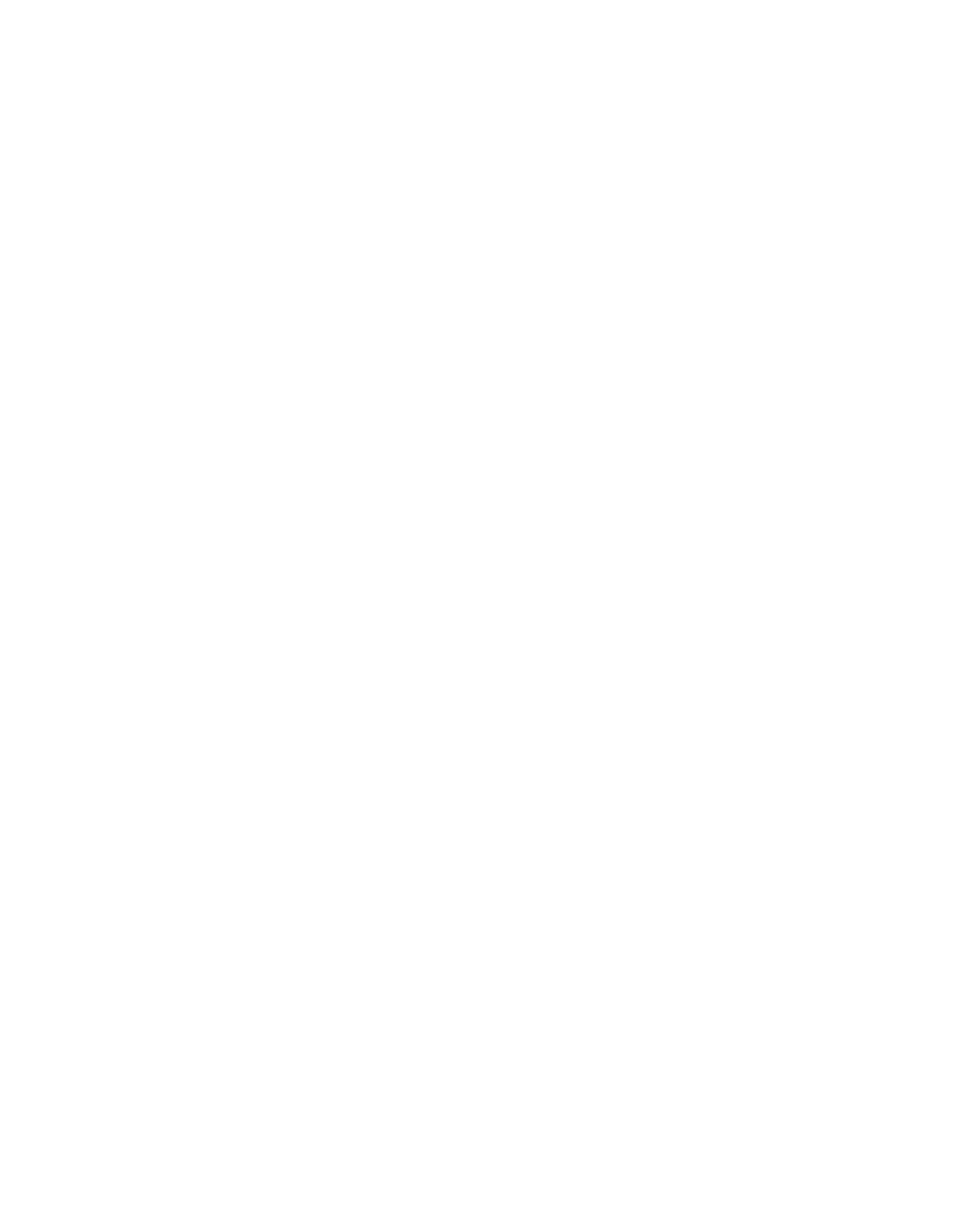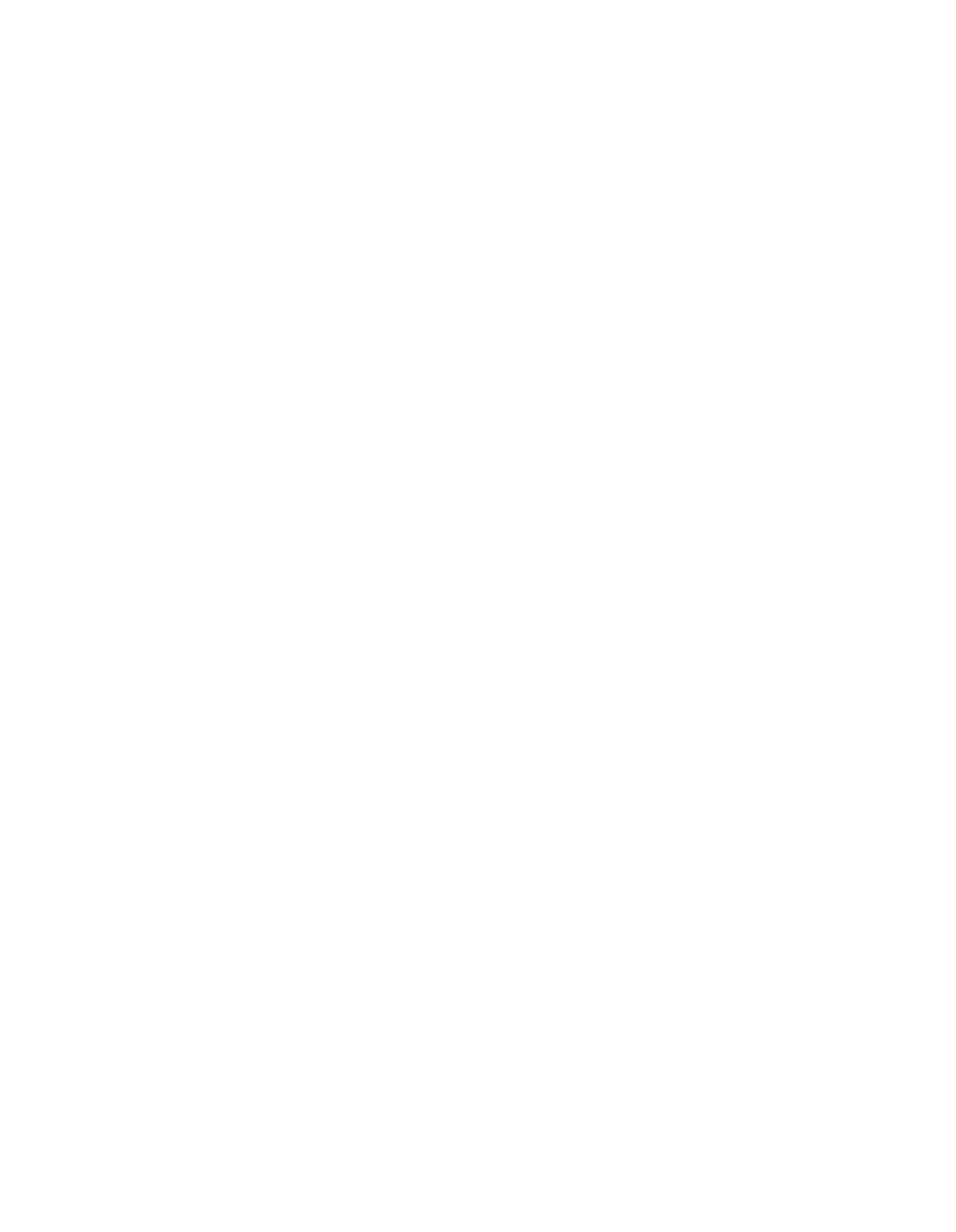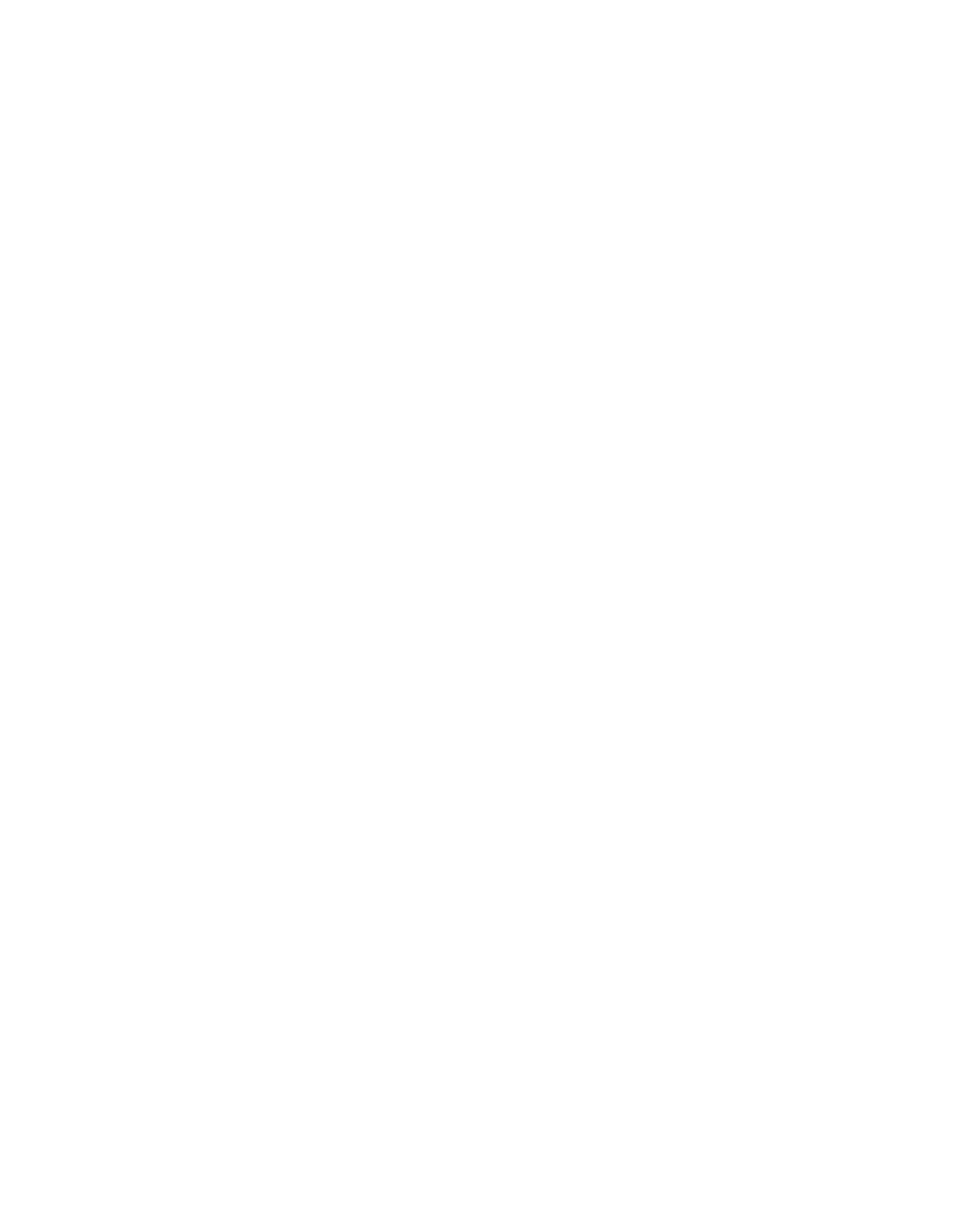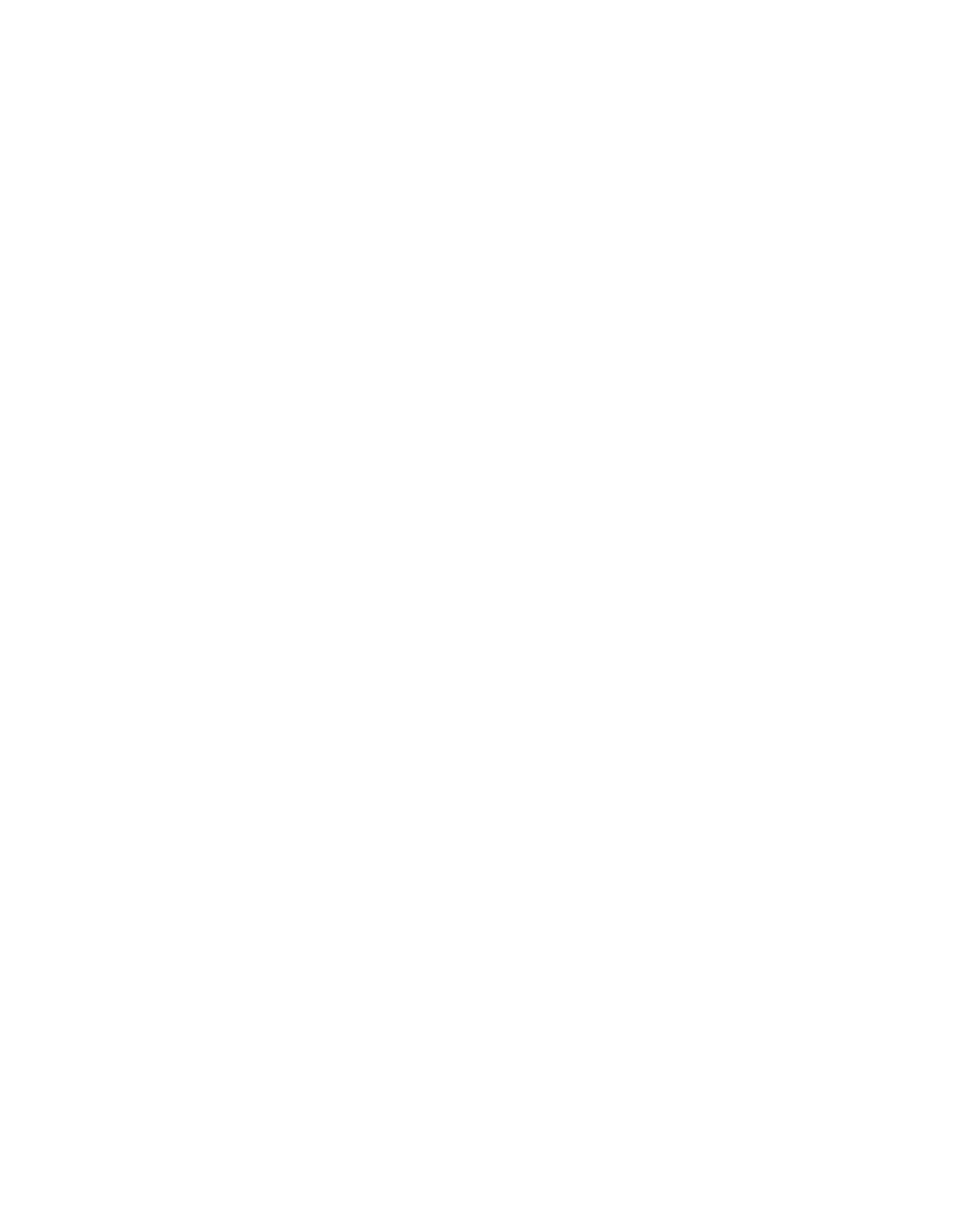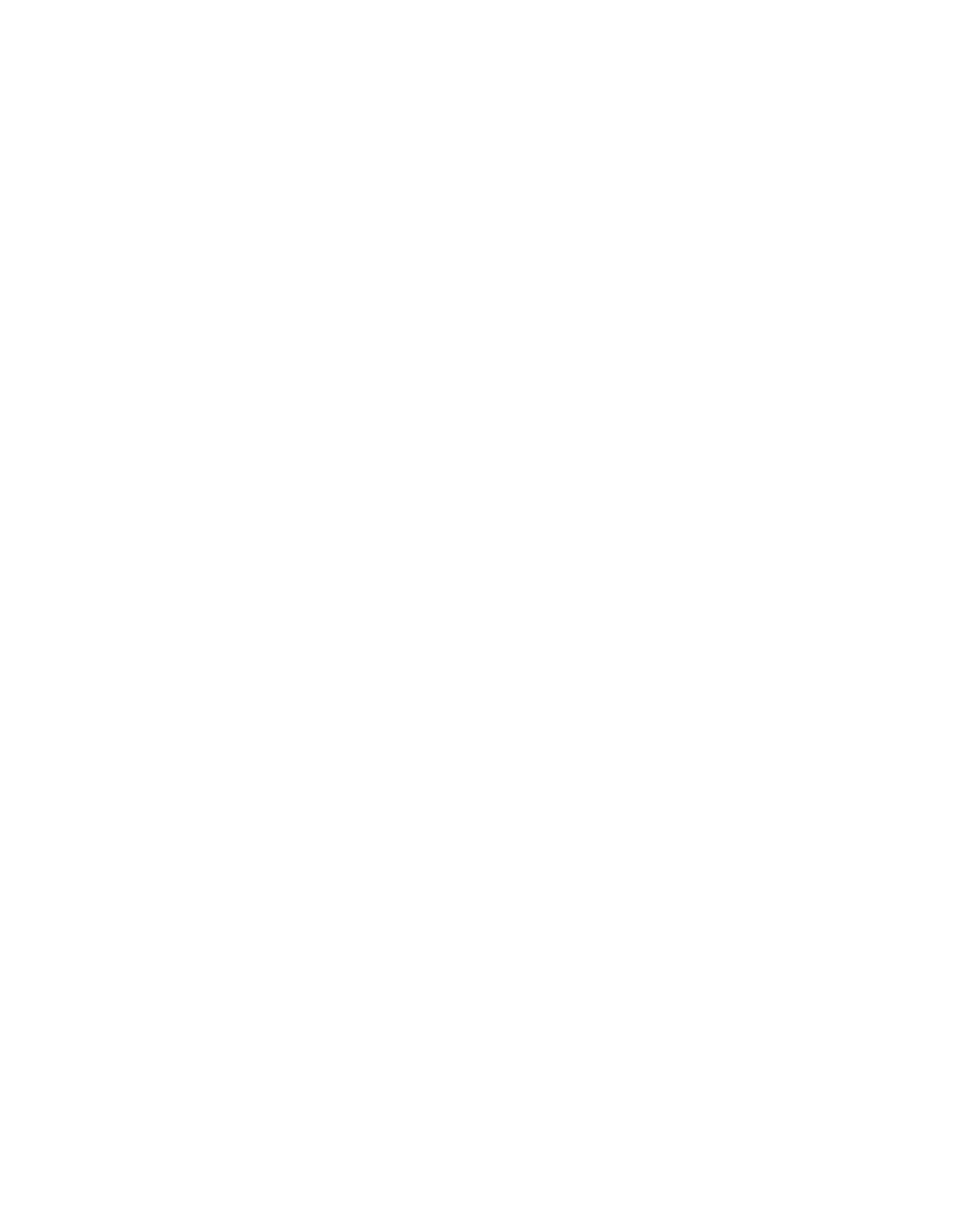RECE
WED
BEFORE THE ILLINOIS POLLUTION CONTROL BOARD
rjj~
2
2004
BOARD
OF TRUSTEES
OF
)
STATE (~
iu~~
EASTERN ILLINOIS UNIVERSITY,
)
POWJTIOP4
CONTROL
BOARr’
)
Petitioner,
)
v.
)
PCB~-
/10
)
(CAAPP Permit Appeal)
ILLINOIS ENVIRONMENTAL
)
PROTECTION AGENCY,
)
)
Respondent.
)
NOTICE OF FILING
TO:
Ms.
Dorothy
M.
Gunn
Division ofLegal Counsel
Clerk ofthe Board
Illinois Environmental Protection Agency
Illinois
Pollution Control Board
1021
North Grand Avenue East
100 West Randolph Street
Post Office Box
19276
Suite 11-500
Springfield, Illinois
62794-9276
Chicago, Illinois
60601
(VIA FIRST CLASS MAIL)
(VIA CERTIFIED MAIL)
PLEASE TAKE NOTICE that I have today filed with the Office ofthe Clerk of
the Illinois Pollution Control Board an original and nine copies each of BOARD
OF
TRUSTEES OF
EASTERN
ILLINOIS UNIVERSITY’S PETITION FOR
REVIEW;
MOTION TO
STAY EFFECTIVENESS OF CAAPP PERMIT; and
ENTRY
OF APPEARANCE OF KATHERINE D. HODGE,
copies of which are
hereby served upon you.
Respectfully submitted,
BOARD OF TRUSTEES
OF
EASTERN ILLINOIS UNIVERSITY
Petitioner,
Dated:
December 29, 2003
By:________________________
Kat
erine D. Hodge
Katherine D. Hodge
HODGE DWYER ZEMAN
3150 Roland Avenue
Post Office Box 5776
Springfield, Illinois
62705-5776
(217) 523-4900
THIS FILING SUBMITTED ON RECYCLED PAPER
CERTIFICATE
OF SERVICE
I, Katherine D.
Hodge, the undersigned, certify that I have served the attached
BOARD
OF TRUSTEES
OF
EASTERN
ILLINOIS
UNIVERSITY’S PETITION FOR
REVIEW; MOTION TO STAY EFFECTIVENESS OF
CAAPP PERMIT;
and ENTRY
OF APPEARANCE OF KATHERINE D. HODGE upon:
Ms. Dorothy M. Gunn
Clerk of the Board
Illinois Pollution Control Board
100 West Randolph Street
Suite 11-500
Chicago, Illinois
60601
via Certified Mail, Return ReceiptRequested, on December 29, 2003, and upon:
Division of Legal Counsel
Illinois Environmental Protection Agency
1021 North Grand Avenue East
Post Office Box 19276
Springfield, Illinois
62794-9276
by depositing said documents in the United States Mail, postage prepaid, in Springfield,
Illinois, on December 29, 2003.
Katherine D. Hodge
BILU:OOlIFil/NOF-COS
-
PFR
-
MTS
-
EOA
.4
RECEIVED
BEFORE THE ILLINOIS POLLUTION CONTROL BOARDçj~~4
2
2004
BOARD
OF TRUSTEES OF
)
STATE U~lw~u~
EASTERN ILLINOIS UNIVERSITY,
)
.
~
CONTROL
DOARr
)
Petitioner,
)
v.
)
PCBC~t-
/10
)
(CAAPP Permit Appeal)
ILLINOIS ENVIRONMENTAL
)
PROTECTION AGENCY,
)
)
Respondent.
.
)
PETITION FOR REVIEW
NOW COMES, Petitioner, BOARD OF TRUSTEES OF
EASTERN ILLINOIS
UNIVERSITY (hereinafter “Eastern”), by and through its attorneys, HODGE DWYER
ZEMAN, pursuant to
Section 40.2 ofthe Illinois Environmental Protection Act (415
ILCS
5/40.2)
(“Act”) and 35 Ill. Admin.
Code
§
105
Subpart C,
and petitions the Illinois
Pollution Control Board (“Board”) for review of the Clean Air Act Permit Program
(“CAAPP”) permit granted to Eastern by the Illinois Environmental Protection Agency
(“Illinois EPA”) pursuant to Section
39.5
ofthe Act on November
25,
2003.
In support thereof~
Eastern states as follows:
1.
Eastern owns and operates a steam generating plant, a separate gas-fired
boiler, and
a gasoline storage tank (the “facility”) in Charleston, Illinois, which is
classified as a “major source” for purposes ofTitle V of the Clean Air Act and Section
39.5
ofthe Act.
2.
Pursuant to Section
504
ofthe Clean Air Act (42 U.S.C.
§
7661b(c))
and
Section
39.5(5)
ofthe Act, Eastern submitted an application for a CAAPP permit for its
Charleston, Illinois, facility to the Illinois EPA on April
17,
1997.
3.
On or about October
10, 2003, Illinois EPA sent to public notice a
proposed CAAPP permit for this facility and also provided a copy ofthe proposed permit
to the United States Environmental Protection Agency (“USEPA”).
4.
During the forty-five (45) day comment period provided pursuant to
Section 505d of the Clean Air Act (42 U.S.C.
§
7661d) and Section 39.5(8) and (9) ofthe
Act, upon information and belief, Illinois EPA received no written objection from the
USEPA and, with the exception ofEastern’s comments,
dated November 24, 2003,
(which are attached hereto as Exhibit A), received no comments
from the public or any
“affected states.”
5.
On November 25, 2003,
Illinois EPA granted a final CAAPP permit for
the Eastern facility.
(The November
25,
2003,
permit is attached hereto as Exhibit B.)
Although some of Eastern’s concerns were addressed in the final CAAPP permit, the
Illinois EPA failed to make the following changes.
6.
Condition
5.5.1
of the CAAPP permit provides the total permitted
emissions ofregulated pollutants is 90.4125.*
*
In addition, the Permittee shall pay permit fees for 248 tons of SO2
emissions
and any actual
SO2 emissions in excess of248 tons,
as
addressed by the Compliance Schedule in Condition 7.1.13.
For this
purpose, the Permittee shall pay fees each year based on allowed
emissions ofSO2 in excess of248 tons during the prior year, as
determined by the information submitted in the Annual Emissions Report.
• In its public
comments, (Exhibit A), Eastern requested this number be changed to
102.4125,*
in order to achieve consistency with emission limits
stated elsewhere in the
permit.
2
7.
Condition 5.5.2 ofthe CAAPP permit provides that the source is
considered a minor source
for RAPs.
Eastern requested that this provision be revised to
take account of the permanent discontinuance of use of the scrubber, i.e., in order to
maintain Eastern’s status as a minor source ofHAPs, Eastern had proposed the addition
ofa federally enforceable limitation on annual coal usage of 16,500 tons/year.
This
limitation is necessary in order to assure minor source status for HAPs.
8.
Condition
7.1.3(d) references 35
Ill. Admin.
Code
§
214.122(a) as
applicable to
Eastern’s coal-fired boilers.
Eastern believes this reference is incorrect
because the rule does not and has not ever been applicable
to the Eastern facility.
Instead, the rule applicable to Eastern’s coal-fired boilers is
35
Ill. Admin. Code
§
214.142(a).
9.
Condition
7.1.5(a)
provides that “the
baghouse shall be operated at all
times when the affected boilers are in operation.”
Eastern requested that the following
language be added
“...
except during boiler start-ups until the flue gas temperature
reaches 400F, during which time
the baghouse may be bypassed.”
The permit did not
reflect this change either.
10.
Finally,
Eastern had requested that Condition 7.1.13(b) ofthe proposed
permit be revised to
conform with the language and dates ofthe Compliance
Commitment Agreement (“CCA”) established in response to Violation Notice A-2003-
00272.
The Illinois
EPA has not accepted the CCA proposed by Eastern in response to
the Violation Notice.
So, the milestones and deadlines established in the “compliance
schedule”
in Condition 7.1.13(b) of the final CAAPP permit may not be consistent with
those yet to be established in the accepted CCA.
In fact, there is no
guarantee that the
3
Illinois EPA will accept the CCA, as proposed, or at all.
Since the allegations raised in
the pending Violation Notice are still at issue, Eastern contends that it is inappropriate to
establish a detailed “compliance schedule” in this CAAPP permit.
11.
For the above-referenced reasons, the CAAPP permit does not reflect the
current applicable requirements or the current operations at the facility, and thus
is not
“consistent with the Clean Air Act and regulations promulgated thereunder and this Act
and regulations promulgated thereunder.”
Such conditions are not required to
“accomplish the purposes and provisions
ofthis
Act and to assure compliance with all
applicable requirements.”
As
such, Illinois EPA has exceeded its authority
and imposed
conditions that violate Section
39.5
of the Act.
4
WHEREFORE, Eastern petitions the Board for a hearing on the Illinois EPA’s
final action to
issue this
CAAPP permit in this fashion.
And, as set forth in the
accompanying Motion to Stay
Effectiveness of CAAPP Permit, Eastern requests that the
effectiveness ofthe CAAPP permit be stayed until the Board’s final determination in
this
matter.
Respectfully submitted,
BOARD OF TRUSTEES
OF
•
EASTERN ILLINOIS UNIVERSITY
Petitioner,
~
One of Its AttOrneys
Dated:
December 29,
2003
Katherine D. Hodge
HODGE DWYER ZEMAN
3150 Roland Avenue
Post Office Box 5776
Springfield, Illinois
62705-5776
(217)
523-4900
EILU:OO1/Fil/Petition for Review
5
BEFORE THE ILLINOIS POLLUTION CONTROL BOARD
BOARD OF TRUSTEES
OF
)
EASTERN ILLINOIS UNIVERSITY,
)
)
Petitioner,
)
)
v.
•
)
PCB-
)
(CAAPP Permit Appeal)
ILLINOIS ENVIRONMENTAL
)
PROTECTION AGENCY,
)
)
Respondent.
)
MOTION TO STAY EFFECTIVENESS OF CAAPP PERMIT
NOW COMES, Petitioner, BOARD OF TRUSTEES OF
EASTERN ILLINOIS
UNIVERSITY (hereinafter “Eastern”), by and through its attorneys, HODGE DWYER
ZEMAN, hereby moves the Board to stay the effectiveness ofEastern’s Clean Air Act
Permit Program (“CAAPP”) permit in this matter, pursuant to
35 Ill. Admin.
Code
§
105.304(b).
In support thereof, Eastern states as follows:
1.
On November
25,
2003, the Illinois
Environmental Protection Agency
(“Illinois EPA”) issued a final CAAPP permit (No. 97040070) for Eastern’s steam
generating plant,. a separate gas-fired boiler, and a gasoline storage tank in Charleston,
Illinois;
2.
Today,. December 29, 2003, Eastern has filed a Petition for Review in
order to preserve its right to
appeal in this matter;
•
3.
A
stay of effectiveness ofthe CAAPP permit is needed to prevent
irreparable harm to the Petitioner and to protect a certain and clearly ascertainable right
ofthe Petitioner, the right to
appeal permit conditions;
and
4.
The Illinois EPA, the public, and the environment will not be harmed if a
stay is granted.
WHEREFORE, the Petitioner moves the Board to grant a stay ofeffectiveness of
Eastern’s CAAPP permit until the Board’s final action in this matter.
Respectfully submitted,
BOARD OF TRUSTEES
OF
EASTERN ILLINOIS UNIVERSITY
Petitioner,
By:________
One ofIts Attorneys
Dated:
December 29, 2003
Katherine D. Hodge
HODGE DWYER ZEMAN
3150 Roland Avenue
Post Office Box 5776
Springfield, Illinois
62705-5776
(217) 523-4900
EILU:OO 1/Fil/Motion to Stay
2
RECEIVED
~JAN~22004
•
.
•
BEFORE THE ILLINOIS POLLUTION CONTROL BOARD
b~/UtU-
~w~iu~
POLLLJ7JO~4CON~~BF TRUSTEES OF
)
EASTERN ILLINOIS UNIVERSITY
)
)
Petitioner,
)
v.
)
PCBNo.~(1~
)
(CAAPP Permit Appeal)
ILLINOIS ENVIRONMENTAL
)
PROTECTION AGENCY,
)
)
Respondent.
)
ENTRY OF APPEARANCE OF KATHERINE D. HODGE
NOW COMES Katherine D. Hodge, of the law firm ofHODGE DWYER
ZEMAN, and hereby enters her appearance on behalf ofPetitioner, BOARD
OF
TRUSTEES
OF EASTERN ILLINOIS UNIVERSITY, in the above-referenced matter.
•
Respectfully submitted,
BOARD OF TRUSTEES OF
EASTERN ILLINOIS UNIVERSITY
Petitioner,
By:
~
Katherine D. Hodge
Dated:
December 29, 2003
Katherine D. Hodge
HODGE DWYER ZEMAN
3150 Roland Avenue
Post Office Box 5776
Springfield, Illinois
62705-5776
(217)523-4900
EJLU:OO 1/FiI/EOA CAAPP-KDH
Facilities
Planning
andManage~nent
600
(.jncoln
Avcauc
Ch3Js~ofl,
iIIiT~oi8
61g20.3099
Office:
2~7.5~t.3S2O
F~’i.
2I1.S~I.57l6
CERTIFIED
MAIl1-
RETURN RECEIPT REQUESTED
UNIV
ER SIT
~iNOvember
24, 2003
Mr.
Brad Frost
Division ofAir Poilutior1 Control
illinois Environmental Protection Agency
P.O.
Box 19506
Springfield,
1L
62794-9506
RE:
Final Draft’Proposed CAAPP Permit
Eastern Illinois University
I.D. No.
O29O1OAAK
Application No. 97040070
10/17/03
Dear Mr. Frost:
On behalfof Eastern Illinois University,
1 am submitting the attached comments on the
subject draft/proposed CAAPP permit.
Please note
that we have asked that Sub-Section 7.1.13 be amended to incorporate the
terms of the Compliance Commitment Agreement currently being negotiated.
We will
advise the Permit Section
as soon as agreement is reached on the substance of the CCA.
Any questions should be directed
to the undersigned at 217/581-2199.
Sincerely,
~
Gary P. Reed
Utilities Manager
cc:
Daniel J. Goodwin, SECOR
Jeff Coo Icy
Joseph T.
Barron, Jr.
Enclosure
COMMENTS BY TIlE PROSPECTIVE PERMITTEE
ON THE
•
FINAL DRAFT/PROPOSED CAAPP PERMIT
EASTERN ILLINOIS
UNIVERSiTY
ID. NO.
O29O1OAAK
APPLICATION NO. ~7O4OO7O
10/17/03
1.
Under tne “Permittee” caption o~
the first page, please change “Eastern Illinois
University” to “Board ofTrustees of Eastern Illinois University”, the correct legal
ownership name.
A similar change should be made to items
1 .2
and
1.3 on page
4.
2.
The scope ofthe permit as indicated on the first page is to “operate a steam
Generating Plant”,
As indicated in the permit application
and in Section 4.0 of
the draft permit. there are several emissionunits that should be included that are
not i~-c
of the
Steam Generating Plant, including the boiler in
Carman Hall and a
gasoline storage tank.
Therefore, we ask that the first page ofthe permit be
amended to include in
the permit scope operation of”a Steam Generating Plant, a•
separate gas-fired boiler, and a gasoline storage tank”.
3.
On p.age
14 ofthe proposed permit, the table in
Sub-Section
5.5.1
should be
revised to
read as follows.
These changes are to achieve consistency with
emission limits stated elsewhere in the permit.
This request should be construed
to supersede the data in Form 292-CAAPP, pages
142
arid
143
of the application.
Pollutant
•Tons/Year
Volatile O~g~ic
Material (VOM)
0.4125
Sulfur Dioxide (S 02)
-
Particulate
Matter (PM)
20.0
Nitrogen Oxides (NOx)
70.0
BA?, not included in VOM or PM
TOTAL
•
102.4125*
~No chang~ofootnote.)
4.
Regarding Sub-Section 5.5.2 Emissions ofHazardous Air Pollutants, we believe
this paragraph should be revised to take account ofthe permanent discontinuance
oluse ofthe scrubber.
In order to maintain EJU’s
status as a minor source of
• HAPs, we propose the addition of a federally enforceable limitation on annual
coal usage of 16,500 tons/year.
Using AP-42 emission factors from Table
1.1-15,
this limitation will result in potential emissions of hydrogen chloride (BC I) and
hydrogen fluoride (HF) of 9.90 tons/year anca 1.24 ton/year, respectively.
All
other HAPs combined will total less than 13.86 ton/year,
and thus proposed
limi.tation will assure minor BA? source status.
5.
Sub-Section 7.1.3(d) should be revised to read as follows:
“The affected boilers shall comply with
35
IAC 214.142(a) and 35 lAD 214.186,
which refers to
previous Iliin’ois Pollution Control Board Rule 204 (effective
April
14,
1972
until December
14,
1978).
The applicable paragraph ofRule 204
is Paragraph 204(c)(1)(B)(i),
which states that existing fuel
combustion sources
located
outside the Chicago, St.
Louis (Illinois) and Peoria Major Metropolitan
Areas may
not exceed the
following:
(i) 60 pounds of sulfur dioxide per million Btu ofactual heat input,
on or after May 30,
1975....
Note: The Permittee has accepted a lower emission rate of
1
.2 lbs/MM Btu
pursuant to the compliance schedule in Condition 7.1.13.”
(Note: The reference in the proposed permit to
35
IAC 214.122(a)
is incorrect;
that rule does not and has not everbeen applicable to the FlU facility.)
6.
Sub-Section 7.1.5, paragraph
a, of the proposed permit should be revised to
read
as follows:
“a.
The baghouse shall be operated at aU times when the affected boilers
are in
operation., except during boiler start-ups until the flue gas temperature reaches
400°F,during which time the baghouse may be
bypassed.”
7.
In paragraph d.ii. of Sub-Section 7.1.12 on page 23 of the proposed permit, “foul”
should be corrected to “fuel”.
8.
The schedule of compliance in paragraph b ofSub-Section 7.1.13
oftheproposed
permit should be revised to conform with the language and
dates ofthe
Compliance Commitment Agreement established in response to Violation Notice
A-2003-00272.
In the second paragraph ofSub-Section 8.l,October
17, 2003 should be entered
as the date ofissuance of the draft permit.
217/782—2113
TITLE V
-
CLEAN AIR ACT PERMIT PROGRAM
(CAAPP)
PERMIT
and
TITLE
I PERMIT1
PERMITTEE
Board of Trustees of Eastern Illinois University
Attn:
Gary Reed
600 Lincoln
Charleston,
Illinois
61920
Application No.:
97040070
I.D. No.: O29O1OAAK
Applicant’s Designation:
Date Received:
April 17,
1997
Operation
of:
Steam Generating Plant
Date Issued: November 25,
2003
Expiration
Date2:
November 25,
2008
Source Location:
600 Lincoln,
Charleston,
Coles County,
Illinois,
61920
Responsible Official: Gary D.
Reed,
Utilities Manager
This permit
is hereby granted to the above-designated Permittee to OPERATE a
Steam Generating
Plant, a separate gas—fired boiler and a gasoline storage
tank, pursuant to the above referenced permit application.
This permit is
subject to the conditions contained herein.
If you have any questions concerning this permit, please contact Michael
Haggitt at 217/782—2113.
Donald
E.
Sutton,
P.S.
Manager,
Permit Section
Division of Air Pollution Control
DES:MVH:jar
cc:
Illinois EPA,
FOS, Region
3
USEPA
This permit contains
terms and conditions
which address the applicability, and compliance
if determined applicable,
of Title
I of the CAA and regulations promulgated thereunder,
including 40 CFR 52.21
—
federal PSD and 35 IAC Part 203
—
Major Stationary Sources
Construction and Modification.
Any such terms and conditions are identified within this
permit.
2
Except as provided
in Condition 8.7 of this permit.
TABLE OF CONTENTS
PAGE
1.0
SOURCE IDENTIFICATION
4
1.1
Source
1.2
Owner/Parent Company
1.3
Operator
1.4
General Source Description
2.0
LIST OF ABBREVIATIONS/ACRONYMS USED IN THIS PERMIT
5
3.0
INSIGNIFICANT ACTIVITIES
7
3.1
Identification of Insignificant Activities
3.2
Compliance with Applicable Requirements
3.3
Addition of Insignificant Activities
4.0
SIGNIFICANT EMISSION UNITS AT THIS SOURCE
9
5.0
OVERALL SOURCE CONDITIONS
10
5.1
Source Description
5.2
Applicable Regulations
5.3
•
Non—Applicability of Regulations of Concern
5.4
Source-Wide Operational and Production Limits and Work
Practices
5.5
Source—Wide Emission Limitations
5.6
General Recordkeeping Requirements
5.7
General Reporting Requirements
5.8
General Operational Flexibility/Anticipated Operating
Scenarios
5.9
General Compliance Procedures
6.0
NOT APPLICABLE TO THIS PERMIT
15
7.0
UNIT SPECIFIC CONDITIONS
16
7.1
Coal Fired Boilers
7.2
Natural Gas/Fuel Oil Fired Boilers
7.3
Natural Gas Fired Boiler
7.4
Gasoline Storage Tank
8.0
GENERAL PERMIT CONDITIONS
36
8.1
Permit Shield
8.2
Applicability of Title IV Requirements
8.3
Emissions Trading Programs
8.4
Operational Flexibility/Anticipated Operating Scenarios
8.5
Testing
Procedures
8.6
Reporting Requirements
8.7
Obligation
to Comply with Title
I Requirements
2
PAGE
9.0
STANDARD PERMIT CONDITIONS
41
Effect of Permit
General Obligations of Permittee
Obligation to Allow Illinois EPA Surveillance
Obligation to Comply with Other Requirements
Liability
Recordkeeping
Annual Emissions Report
Requirements for Compliance Certification
Certification
Defense to Enforcemeqt Actions
Permanent Shutdown
Reopening And Reissuing Permit For Cause
Severability Clause
Permit Expiration
and Renewal
10.0
ATTACHMENTS
Example Certification by a Responsible
1-1
Official
Guidance on Revising This Permit
Form l99-CAAPP, Application For
Construction Permit
(For CAAPP Sources Only)
Guidance on Renewing This Permit
9.1
9.2
9.3
9.4
9.5
9.6
9.7
9.8
9.9
9.10
9.11
9.12
9.13
9.14
10.1
Attachment
1
-
10.2
Attachment
2
—
10.3
Attachment
3
-
10.4
Attachment
4
—
2—1
3—1
4—1
3
1.0
SOURCE
IDENTIFICATION
1.1
Source
Eastern Illinois University
600 Lincoln
Charleston,
Illinois
61920
217/581—2199
I.D. No.:
O29O1OAAK
• Standard Industrial Classification:
8221,
Colleges,
Universities,
and Professional Schools
1.2
Owner/Parent Company
Board of Trustees of Eastern Illinois University
600 Lincoln
•
Charleston,
Illinois
61920
1.3
Operator
Board of Trustees of Eastern Illinois University
University and Hayes
Charleston,
Illinois
61920
Gary Reed,
P.E.
217/581—2199
1.4
General Source Description
The Eastern Illinois University is located at 600 Lincoln,
Charleston.
The source operates a steam plant for heating and
cooling campus buildings.
The steam plant is comprised of two
(2)
coal—fired boilers and two
(2) gas—firedboilers with distillate
fuel oil as a back-up.
The gas-fired boilers are used primarily
as back—up for the coal-fired units.
There
is also a natural gas-
fired heating boiler that serves Carman Hall.
The sou~cealso has
a 6,000-gallon gasolthe storage tank that
is used to fuel
University vehicles.
4
2
.0
LIST
OF
ABBREVIATIONS/ACRONYMS
USED
IN
THIS
PERMIT
Act
Illinois Environmental Protection Act
415
ILCS 5/1 et seq.)
AP-42
•
Compilation of Air Pollutant Emission Factors,
Volume
1,
Stationary Point and Other Sources
(and Supplements A through
F),
USEPA, Office of Air Quality Planning and Standards,
Research Triangle Park,
NC
27711
ATU
Allotment Trading Unit
Btu
British thermal unit
CAA
Clean Air Act
42
U.S.C.
Section 7401 et seq.)
CAAPP
•
Clean Air Act Permit Program
CAM
Compliance Assurance Monitoring
CAS
Chemical Abstract Service
CO
Carbon Monox~ide
CFR
Code of Federal Regulations
ERMS
Emissions Reduction Market System
ft~
Cubic Feet
gal
Gallon
HAP
Hazardous Air Pollutant
hr
•
hour
IAC
Illinois Administrative Code
I.D. No.
Identification Number of Source, assigned by Illinois EPA
Illinois EPA
Illinois Environmental Protection Agency
°K
Degrees Kelvin
kPa
Kilopascals
kg
Kilograms
kW
Kilowatts
1
liters
lb
Pound
ILCS
Illinois Compiled Statutes
MBtu
Million British thermal units
Mg
Megagrams
MW
Megawatts
mmHg
Millimeters of Mercury
mmscf
Million standard cubic feet
mo
Month
NESHAP
National Emission Standards for Hazardous Air Pollutants
NO~
Nitrogen Oxides
NSPS
New Source Performance Standards
psia
pounds per square inch absolute
PM
Particulate Matter
PM10
•
Particulate matter with an aerodynamic diameter less than or
equal to a nominal 10 microns
as measured by applicable test
or monitoring methods
ppm
parts per million
PSD
Prevention of Significant Deterioration,
40 CFR
52.21
RMP
Risk Management Plan
SIP
•
State Implementation Plan
SO2
Sulfur Dioxide
Ti
Title
I
—
identifies Title
I conditions that have been
carried over from an existing permit
T1N
Title
I New
—
identifies Title
I
conditions that are being
established in this permit
5
T1R
Title
I Revised
—
identifies
Title
I
conditions
that
have
been
carried
over
from
an
existing
permit
and
subsequently
revised in this permit
USEPA
United States Environmental Protection Agency
VOL
Volatile Organic Liquid
VOM
Volatile Organic Material
yr
Year
6
3.0
INSIGNIFICANT ACTIVITIES
3.1
Identification
of Insignificant Aqtivities
The following activities at the source constitute insignificant
activities
as
specified
in
35
IAC
201.210:
3.1.1
Activities determined by the Illinois EPA to be
insignificant activities, pursuant to 35 IAC 201.210 (a)
(1)
and 201.211,
as follows:
None
3.1.2
Activities
that are insignificant activities based upon
maximum emissions,
pursuant to 35
IAC 201.210 (a) (2) or
(a) (3),
as follows:
None
3.1.3
Activities
that are insignificant activities based upon
their type or character,
pursuant to
35
IAC
201.210
(a)
(4)
through
(18),
as follows:
Direct combustion
units designed and used for comfort
heating purposes and fuel combustion emission units as
follows:
(A)
Units
with
a
rated
heat
input
capacity
of less than 2.5 MBtu/hr that fire only natural gas,
propane,
or liquefied petroleum gas;
(B)
Units with a
rated heat input
capacity, of less than 1.0 MBtu/hr
that fire only oil or oil in combination with only
natural’ gas,
propane, or liquefied petroleum gas; and
(C)
Units with a rated heat input capacity of less
than 200,000 Btu/hr which never burn refuse,
or
treated or chemically contaminated wood
35
IAC
201.210(a) (4)
Furnaces used for melting metals,
other than
beryllium, with a brim full capacity of less than 450
cubic inches by volume
35
IAC 201.210(a) (6).
Equipment’ used for the melting or application of less
than 50,000 lbs/year of wax to which no organic
solvent has been added
35
IAC 201.210 (a) (7).
Storage tanks of any size containing virgin or re-
refined distillate oil,
hydrocarbon condensate
from
natural gas pipeline or storage systems,
lubricating
oil,
or residual
fuel oils
35
IAC
201 .2,10 (a) (11)
Printing operations with aggregate organic solvent
usage that never exceeds 750 gallons per year from all
printing lines at the source, including organic
solvent from inks,
dilutents,
fountain solutions,
and
cleaning materials
35
IAC 201.210 (a) (14).
7
Gas
turbines
and
stationary
reciprocating
internal
combustion engines of less than 112 kW
(150
horsepower)
power
output
35
IAC 201.210 (a) (15).
• Gas turbines and stationary reciprocating internal
combustion engines of between 112
kW and 1,118 kW
(150
and 1,500 horsepower)
power output that are emergency
or standby units
35
IAC 201.210(a) (16).
• 3.1.4
Activities that are considered insignificant activities
pursuant to 35 IAC 201.210(b).
3.2
Compliance withApplicable Requirements
•
Insignificant activit~iesare subject to applicable requirements
notwithstanding status as insignificant activities.
In
particular,
in addition to regulations of general applicability,
such as 35 lAO 212.301 and 212.123
(Condition 5.2.2),
the
Permittee shall comply with the following requirements,
as
applicable:
3.2.1
For each cold cleaning degreaser,
the Permittee shall
comply with the applicable equipment and operating
requirements of 35 IAC 215.182,
218.182,
or 219.182.
3.2.2
For each particulate’ matter process emission
uhit,
the
Permittee shall comply with the applicable particulate
matter emission limit of 35 IAC 212.321 or 212.322.
For
•
example,. the particulate matter emissions from a process
emission unit shall not exceed 0.55 pounds per hour if the
emission unit’s process weight rate is 100 pounds per hour
or less,
pursuant to 35 IAC 266.110.
3.2.3
For each organic material emission unit that uses organic
material,
e.g.,
a mixer or printing line,
the Permittee
shall comply with the applicable VOW emission limit of 35
IAC 215.301,
218.301,
or 219.301,
which requires that
organic material emissions not exceed 8.0 pounds per hour
or do not qualify as photochemically reactive material as
defined in 35
IAC 211.4690.
3.3
Addition of Insignificant Activities
3.3.1
The Permittee
is not required to notify the Illinois EPA
of additional insignificant activities present at the
source of
a type that is identified in Condition 3.1,
until the renewal application
for this permit is
submitted,
pursuant to 35 lAO 201,212(a).
3.3.2
The Permittee must notify the Illinois EPA of any proposed
addition of a new insignificant activity of a type
addressed by 35
lAO 201.210(a)and 201.211 other than those
identified
in Condition 3.1,
pursuant to Section
39.5(12) (b)
of the Act.
3.3.3
The Permittee is not required to notify the Illinois EPA
•
of additional
insignificant activities present at the
source of a type identified in 35 lAO 201.210(b).
8
4.0
SIGNIFICANT EMISSION UNITS AT THIS SOURCE
Emission
Unit
Description
Date
Constructed
Emission
Control
Equipment
Boiler
2
Coal.
Fired
Boiler
Rated
at
59
t4Btu/hr
1962
Baghouse
Boiler
3
Coal
Fired
Boiler
Rated
at
94
MBtu/hr
1966
Baghouse
Boiler
4
Natural
Gas
Fired
Boiler
with
Distillate
Fuel
Oil
as
Back—Up
Rated_at_120_MBtu/hr
1969
None
Boiler
5
Natural
Gas
Fired
Boiler
with
Distillate Fuel Oil as Back—Up
Rated_at_120_MBtu/hr
1969
None
Carman
Boiler
Natural Gas Fired Boiler Rated
at 20.9 MBtu/hr
‘
1969
t~one
Gasoline
Storage
Tank
6,000
Gallon
Gasoline
Storage
Tank
1994
Submerged
Loading
9
5.0
OVERALL
SOURCE
CONDITIONS
5.1
Source
Description
5.1.1
This
permit
is
issued
based
on
the
source
requiring
a
CAAPP
permit
as
a
major
source
of
CC,
NO,,
and
SO2
emissions.
5.1.2
This
permit
is
issued
based
on
the
source
not
being
a
major source of HAP5.
5.2
Applicable
Regulations
5.2.1
Specific
emission
units
at
this
source
are
subject
to
particular regulations
as
set
forth
in
Section
7
(Unit—
•
Specific
Conditions)
of
this
permit’.
5.2.2
In
addition,
emission
units
at
this
source
are
subject
to
the following regulations of general applicability:
a.
No
person
shall
cause
or
allow
the
emission
of
fugitive
particulate
matter
from
any
process,
including any material handling or storage activity,
that
is visible by an observer looking generally
overhead at a point beyond the property line of the
source unless the wind speed is greater than ‘40.2
kilometers per hour
(25 miles per hour),
pursuant to
35 lAO 212.301 and 212.314.
Compliance with this requirement is considered to be
assured by the inherent nature of operations at this
source,
as demonstrated by historical operation.
b.
No person shall cause or allow the emission of smoke
or other particulate matter, with an opacity greater
than
30 percent,
into the atmosphere from any emission
unit other than those emission units subject to the
requirements of 35 lAO 212.122, pursuant’to 35
lAO
212.123(a),
except as allowed by 35 lAO 212.123(b)
and
212.124.
5.2.3
Ozone Depleting Substances
The Permittee shall comply with the standards for
recycling and emissions reduction of ozone depleting
substances pursuant to 40 CFR Part 82,
Subpart
F, except
as provided
for motor vehicle air conditioners in Subpart
B of 40 CFR Part
82:
a.
Persons opening appliances
for maintenance,
service,
repair,
or disposal must comply with the required
practices pursuant to 40 CFR 82.156.
b.
Equipment used during the maintenance,
service,
repair,
or disposal of appliances must comply with the
standards for recycling and recovery equipment
pursuant to 40 OFR 82.158.
10
c.
Persons
performing
maintenance,
service,
repair,
or
disposal of appliances must be certified by an
approved
technician
certification
program pursuant to
40 CFR 82.161.
5.2.4
Risk
Management
Plan
Should
this
stationary
source,
as
defined
in
40
CER
Section
68.3,
become
subject
to
the
Accidental
Release
Prevention
regulations
in
40
CFR
Part
68,
then
the
owner
or operator shall submit
40
OFR 68.215 (a) (2) (i)
and
(ii):
a.
A compliance schedule for meeting the requirements of
40 CFR Part
68 by the date provided in 40 CFR
68.10(a);
or
‘
b.
A certification statement that the source is in
compliance with all requirements of 40 OFR Part
68,
including the registration and submission of the Risk
Management Plan
(RMP),
as part of the annual
compliance certification required by 40 OFR Part 70 or
71.
5.2.5
Future Applicable Regulations
a.
Should this stationary source become subject to a
regulation under
40 OFR Parts
60,
61,
or
63,
or 35 lAO
after the date issued of this permit, then the owner
or operator shall,
in accordance with the applicable
regulation(s),
comply with the applicable requirements
by the date(s) specified and shall certify compliance
with the applicable requirements of such regulation(s)
as part of the annual compliance certification,
as
required by 40 OFR Part 70 or
71.
b.
No later than upon the submittal for renewal of this
permit,
the owner or operator shall submit,
as part of
an application,
the necessary information, to address
either the non-applicability of,
or demonstrate
compliance with all applicable requirements of any
potentially applicable regulation which was
promulgated after
the date issued of this permit.
5.2.6
Episode Action Plan
a.
If the source is required to have an episode action
plan pursuant to 35 lAO 244.142,
the Permittee shall
maintain at the source and have on
file with the
Illinois EPA
a written episod~eaction plan
(plan)
for
reducing the levels of emissions during yellow alerts,
red alerts,
and ‘emergencies,
consistent with safe
operating procedures.
The plan shall contain the
information specified in 35 lAO 244.144.
11
b.
The Permittee shall immediately implement the
appropriate steps described in this plan should an air
pollution alert or emargency be declared.
c.
If
a
change
occurs
at
the
source
which
requires
a
revision
of
the
plan
(e.g.,
operational
change,
change
in the source contact person),
a copy of the revised
plan
shall
be
submitted
to
the
Illinois
EPA
for
review
within
30 days of the change.
Such plans
shall be
further revised if disapproved by the Illinois EPA.
d.
For
sources
required
to
have
a
plan
pursuant
to
35
lAO
244.142,
a
copy
of
the
original
plan
and
any
subsequen,t revisions shall be sent to the Illinois
EPA, Compliance Section.
5.2.9
CAM
Plan
This stationary source has pollutant—specific emissions
units that are subject to 40 OFR
P,art
64, Compliance
Assurance
Monitoring
(CAM)
for
Major
Stationary
Sources,
i.e.,
two coal—fired boilers
(Boilers
2 and
3)
.
The
source
must
submit
a
CAM
plan
for
each
affected
pollutant-
specific emissions unit upon application ,for renewal of
the initial CAAPP permit,
or upon a significant
modification to the CAAPP permit
for the construction or
modification of a large pollutant—specific emissions unit
which has the potential post-control device emissions of
the applicable regulated air pollutant that equals or
exceeds major source threshold levels.
5.3
Non-Applicability of Regulations of Concern
None
5.4
Source—Wide Operational and Production Limits and Work Practices
In addition to the source—wide requirements in the Standard Permit
Conditions in Section
9,
the Permittee shall fulfill the following
source-wide operational and production limitations and/or work
practice requirements:
None
5.5
Source—Wide Emission Limitations
5.5.1
Permitted Emissions for Fees
The annual emissions from the source,
not considering
insignificant activities as addressed by Sedtion 3.0 of
this permit,
shall not exceed the following limitations.
The overall source emissions shall be determined by adding
emissions from all emission units.
Compliance with these
limits shall be determined on a calendar year basis.
These limitations
(Condition
5.5.1) are
set
for
the
purpose of establishing fees and are not federally
enforceable.
12
Permitted Emissions of Regulated Pollutants
Pollutant
Tons/Year
Volatile Organic Material
(VOM)
0.4125
Sulfur
Dioxide.
(SO2)
.
*
Particulate
Matter
(PM)
20.00
Nitrogen Oxides
(NO~)
70.00
HAP,
not
included
in
VON
or
PM
Total
.
.
90.4125*
*
In addition,
the Permittee shall pay permit fees
for
248 tons of SO2 emissions and any actual
SO2 emissions
in excess of 248
tons,
as addressed by the Compliance
Schedule
~in
Condition 7.1.13.
For this purpose,
the
Permittee shall pay fees each year based on allowed
emissions of
SO2 during the
year,
i.e.
248 tons,
plus
the
actual
emissions
of
502
in
excess
of
248
tons
during the prior year,
as determined by the
information submitted
in the Annual Emissions Report.
5.5.2
Emissions of Hazardous Air Pollutants
This permit
is issued based on the emissions of HAPs as
listed
in
Section
112
(b)
of
the
CAA
not
being
equal
to
or
exceeding
10, tons per year of a single HAP or 25 tons per
year
of
any
combination
of
such
HAP5,
so
that
this
source
is
considered
a
minor
source
for
HAP5.
5.5.3
Other
Source—Wide
Emission
Limitations
Other
source-wide
emission
limitations
are
not
set
for
this source pursuant to either the federal rules
for
Prevention of Significant Deterioration
(PSD),
40 CFR
52.21,
Illinois EPA rules for Major Stationary Sources
Construction and Modification,
35 IAC Part 203,
or Section
502(b) (10)
of the CAA.
However,
there may be unit
specific emission limitations set forth in Section
7 of
this permit pursuant to these
rules.
5.6
General Recordkeeping Requirements
5.6.1
Emission Records
The Permittee shall maintain records of the following
items for the source
to demonstrate compliance with
Condition 5.5.1,
pursuant to Section 39.5(7)
(b)
of the
Act:
Total annual emissions on a calendar year basis
for
the emission units covered by Section
7
(Unit Specific
Conditions)
of this permit.
5.6.5
Records for Operating Scenarios
N/A
14
5.6.6
Retention
and
Availability
of’Records
a.
All
records
and
logs
r~quired
by
this
permit
shall
be
retained
for
at
least
five
years
from
the
date
of
entry
(unless a longer retention period is specified
by the particular recordkeeping provision herein),
shall be kept at a location at the source that
is
readily accessible to the Illinois EPA or USEPA,
and
shall be made available for inspection and copying by
the Illinois EPA or USEPA upon request.
b.
The Permittee shall retrieve and print,
on paper
during normal source office hours,
any records
retained in an electronic format
(e.g.,
computer)
in
response to an Illinois EPA or USEPA request for
records during the course of
a source inspection.
5.7
General Reporting Requirements
5.7.1
General Source-Wide Reporting Requirements
The Permittee shall promptly notify the
Illinois EPA,
Compliance Section of deviations with the permit
requirements as follows’, pursuant to Section
39.5(7) (f) (ii)
of the Act.
Reports shall
de,scribe the
probable cause of such deviations, and any corrective
actions or preventive measures
taken.
5.7.2
Annual Emissions Report
The annual emissions report required pursuant to Condition
9.7 shall contain emissions information for the previous
calendar year.
5.8
General Operational Flexibility/Anticipated Operating Scenarios
N/A
5.9
General Compliance Procedures
5.9.1
General Procedures
for Calculating Emissions
Oompliance with the source-wide emission limits specified
in Condition 5.5 shall be based on the recordkeeping and
reporting requirements of Conditions 5.6 and 5.7,
and
Compliance Procedures
in Section
7
(Unit Specific
Conditions)
of this permit.
15
6.0
NOT APPLICABLE TO THIS PERMIT
16
7.0
UNIT
SPECIFIC
CONDITIONS
7.1
Coal
Fired
Boilers
-
7.1.1
Description
Two
(2)
coal
fired
boilers
rated
at
59
and
94
MBtu/hr.
7.1.2
List
of
Emission
Units
and
Air
Pollution
Control
Equipment
•
Emission
Unit
Description
Emission Control
Equipment
Boiler
2
Coal Fired Boiler
Rated at 59 mmBtu/hr
Baghouse
Boiler
3
Coal Fired Boiler
Rated at 94 mmBtu/hr
Baghouse
7.1.3
Applicability Provisions and Applicable Regulations
a.
The
“affected
boilers”
for
the
purpose
of
these
unit-
specific
conditions,
are
the
boilers
described
in
Condition
7.1.1
and
7.1.2.
b.
Th.e
affected
boilers
are
subject
to
the
emission
standards
identified in Condition 5.2.2.
c.
The affected boilers shall comply with 35 lAO 212.204,
which provides
that:
No person shall cause or allow the’emission of
particulate matter into the atmosphere from
any fuel combustion emission unit for which
construction or modification commenced on or
after April
14,
1972,
using solid fuel
• exclusively, to exceed 0.15 kg of particulate
matter per MW-hr of actual heat input
(0.1
lbs/mmBtu)
in any one hour period unless
35
lAO Section 212.202,
212.203,
or 212.205
applies.
d.
The affected boilers shall comply with 35 lAO
214.122(a), which provides
that:
No person shall cause or allow the emission of
sulfur dioxide into the atmosphere
in any one
hour period from any new fuel combustion
source with actual heat input smaller than,
or
equal
to,
73.2 MW
(250 mmBtu/hr),
burning
solid fuel exclusively, to exceed 2.79 kg of
sulfur dioxide per MW-hr of actual heat input
(1.8 lbs/mmBtu)
Note:
The Permittee has accepted
a lower emission
rate of 1.2 lbs/MBtu pursuant to the
compliance schedule in Condition 7.1.13.
17
e.
The affected boilers shall comply with 35 lAO 216.121,
which provides’ that:
No person shall cause or allow the emission of
carbOn monoxide into the atmosphere from any
fuel combustion emission unit with actual heat
input greater than 2.9 MW
(10 mmBtu/hr)
to
exceed 200 parts per million,
corrected to 50
percent excess air
35
lAO 216.121
7.1.4
Non—Applicability of Regulations
o.f Concern
a.
The affected boilers are not subject to the continuous
monitoring requirements of 35 lAO
201, Subpart L,
because each affected boiler has’a
firing rate less
than 250 MBtu/hr.
b.
Pursuant to 35 IAC 215.303,
fuel combustion emission
units are not subject to 35 lAO 215.301,
Use Of Organic
Material.
7.1.5
Operational’and Production Limits and Work Practices
a.
The baghouse shall be operated at all times when the
affected
boilers
are
in
operation.
b.
At all times,
including periods of startup,
shutdown,
and malfunction,
the Permittee shall,
to the extent
practicable, maintain and operate the affected boilers
and associated baghouse in a manner consistent with
good air pollution control practice for minimizing
emissions.
Determination of whether acceptable
operating and maintenance procedures are being used
will be based on information available to the Illinois
EPA or the USEPA which may include,
but is not limited
to, monitoring
results,
opacity ‘observations, review
of operating and maintenance procedures,
review of
maintenance and repair records and insp,ection of the
source.
7.1.6
Emission Limitations
In addition to Condition 5.2.2 and the source wide
emission limitations in Condition 5.5,
the affected
boilers are subject to the following:
a.
Emissions from the affected boilers 2
&
3, shall
not
exceed the following limits:
Emissions
Pollutant
(Ton/yr)
PM
20.0
NO,,
70.0
These limits are based on achieving emission rates of
0.1
and 0.33 lb/million Btu for PM and
NO,,
respectively.
Compliance
shall be determined on a
18
monthly basis from the sum of the data for the current
month plus the preceding 11 months
(running
12 month
total)
Tl
.
-
The above limitations were originally established in
Permit 84040018
Ti)
7.1.7
Testing Requirements
a.
i.
Pursuant to 35 lAO 212.110 and Section
39.5(7) (b)
of the Act, testing for PM
emissions shall be performed as follows:
A.
Measurement of particulate matter
-
emissions from stationary emission units
subject to 35 lAO Part 212 shall be
conducted in accordance with 40 OFR part
60,
Appendix
A, Methods
5,
5A,
5D,
or 5E
35
lAO 212.110(a).
B.
The volumetric flow rate and gas velocity
shall be determined in accordance with 40
CFR part
60, Appendix
A, Methods
1,
lA,
2,
2A,
2C,
2D,
3,
and 4
35
lAO 212.110(b)
ii.
Upon a l~rittennotification by the Illinois
EPA, the Permittee shall have the applicable
testing for PM,
NO,, or CO emissions,
at its
own expense,
to demonstrate compliance.
Such
test results shall be submitted to the
Illinois EPA within thirty
(30)
days after
conducting the test unless an alternative time
for submittal
is agreed to by the Illinois EPA
35
lAO 212.110(c).
b.
Upon reasonable request by the Illinois EPA,
pursuant
to Section 39.5(7) (d)
of the Act,
the Permittee shall
have measurements of opacity conducted in accordance
with Method
9,
40 CFR part
60,
Appendix
A,
and 35 lAO
212.109,
so as to demonstrate compliance with
Condition 7.1.3(b).
c.
Pursuant to 35 lAO 214.101(e)
and 214.104(c),
the
Permittee shall demonstrate compliance
or non-
compliance with Condition 7.1.3(d)
(see also
35 lAO
214.122 (a)) by either an analysis of calendar monthly
composites of daily fuel samples or by compliance with
35 lAO 214.101(c),
at the option of the Permittee.
The
following methods shall be used for sulfur and heating
value determinations:
(see also 35 lAO 214.104(c))
i.
For solid fuel sampling:
ASTM D—2234
(1989)
ASTM D—20l3
(1986)
ii.
For sulfur determinations
19
ASTM 0—3177
(1984)
ASTM
D—2622
(1987)
ASTM D—3180
(1984)
ASTM D—4239
(1985)
iii.
For
heating
value
determinations:
ASTM D—20l5
(1985)
ASTM 0—3286
(1985)
7.1.8
Monitoring
Requirements
None
7.1.9
Recordkeeping
Requirements
In addition to the records required by Condition 5.6,
the
Permittee shall maintain records of the following items
for the affected boilers to demonstrate compliance with
Conditions 5.5.1 and 7.1.6, pursuant to Section 39.5(7) (b)
of the Act:
a.
Pursuant
to
35
lAO
212.110(e)
and
Section
39.5(7)
(e)
of the Act,
the Permittee ‘shall retain records of all
tests which are performed:
i.
The
date,
place
and
time
of
sampling
or
measurements;
ii.
The
date(s)
analyses
were
performed;
iii.
The company or entity that performed the
analyses;
iv.
The analytical techniques or methods used;
v.
The
results
of
such
analyses;
and
vi.
The
operating
conditions
as
existing
at
the
time of sampling or measurement.
b.
Records addressing
use of good operating practices for
the affected boilers and associated baghouse:
i.
Records for periodic inspections with date,
individual performing the inspection,
and
nature of inspection;
and
ii.
Records for prompt repair of defects,
with
identification and description of defect,
effect on emissions,
date identified,
date
repaired,
and nature of repair..
c.
Records
for
each
coal
analysis
that
includes
the
sulfur content
(weight percent)
and heating value
as
determined from the procedures of Condition 7.1.7(c).
20
d.
Coal consumption, by supplier or mine,
in tons per
month
and
tons
per
year.
e.
Operating
hours
for
the
affected
boilers,
hr/day
and
hr/year.
f.
Emissions of NO,,,
SO2 and PM in tons per month and
tons per year using the compliance procedures of
Condition 7.1.12 (d)
7.1.10
Reporting Requirements
a.
Prior to conducting testing for emissions to
demonstrate compliance,
the Permittee shall give
written noticeto
the
Illinois EPA of that intent.
Such notification shall be given at least thirty
(30)
days prior to the initiation of the test unless a
shorter period
is agreed to by the Illinois
EPA.
Such
notification shall state the specific test methods
from Condition 7.1.7(a)
(see also 35 lAO 212.110)
that
will be used
35
lAO 212.110(d)
b.
The Permittee shall notify the Illinois EPA,
within 30
days,
of
deviations
of
the
affected
boilers
with
the
permit
requirements
as
follows,
pursuant
to
Section
39.5(7)
(f)
(ii)
of
the
Act.
Reports
shall
describe
the
probable cause of such deviations,
and any corrective
actions
or
preventive
measures
taken.
i.
Operation
of
an
affected
boiler
with
defects
in the baghouse that may result in emissions
of PM in excess of the standards specified in
Condition
7.1.3(b)
or
7.1.3(c).
ii.
Emissions from an affected boiler in excess of
the
limits
specified
in
Condition
5.5.1,
7.1.6
or
7.1.13.
7.1.11
Operational Flexibility/Anticipated Operating Scenarios
None
7.1.12
Oompliance Procedures
Compliance with applicable emission standards and
limitations is addressed by recordkeeping requirements in
Condition 7.1.9 and following:
a.
Compliance with Condition 7.1.3(12)
and 7.1.3(c)
is
addressed by proper operation of the baghouse and
testing,
as addressed by Conditions 7.1.5 and 7.1.7.
b.
Compliance with Condition 7.1.3(d)
is addressed by
testing pursuant to Condition 7.1.7(c).
For this
purpose the equation listed below shall be used to
determine emissions for comparison to the applicable
emission standard,
1.2 lb S02/MBtu:
21
E
=
18,050(S)/(H)
Where:
E
=
Actual
SO2 emissions, lb/MBtu
S
=
Sulfur, weight
H
=
Heating value,
Btu/lb
c.
Compliance with Condition 7.1.3(e)
is addressed by the
work—practices inherent in operation of the boilers.
d.
i.
Compliance with emission limitations,
in
Condition 5.5.1 and 7.1.6
is addressed by
emissions calculated using appropriate
emission factors derived from ,the most recent
stack
test approved by the Illinois EPA or
from
AP-42,
Fifth
Edition,
Volume
I
Chapter
1:
External
Combustion
Sources:
ii.
For this purpose,
the equation listed below
shall be used.
Boiler Emissions
(lb)
=
Fuel Consumption,
(ton)
x Applicable Emission Factor,
(lb/ton);
Or
Fuel Consumption,
(ton)
x
(2000
lb/ton)
x Heat
Content,
(Btu/lb)
x
(1 MBtu/1,000,000 Btu)
x
Applicable Emission Factor,
(lb/MBtu)
‘7.1.13
Compliance Schedules
a.
The
Permittee
was
sent
Violation
Notice
A—2003-00272
by
the Illinois EPA for
a number of violations related to the
affected boilers,
including failing to comply with PSD,
modifying the operation of the boilers without the
required State construction permit,
and failing to file
complete and accurate Annual Emission Reports for calendar
years 2000 and 2001, and failing to timely file a OAAPP
permit application.
There
is insufficient data’to
demonstrate that the Permittee is in compliance with the
above referenced allegations.
The permit shield in
Condition
8.1
does not shield the Permittee from possible
enforcement actions initiated by either USEPA or the
Illinois EPA involving matters identified in or related to
the above referenced Violation Notice.
b.
Fo’r the affected boilers,
the Permittee shall comply
with the
following schedule of compliance related to
the alleged violations:
Milestone
,
Timing
Either discontinue use of coal,
that does not comply
,
By December 31,
with an
SO,
discontinue
emission
1
operation
imit of
1.2 lb/mmBtu and
of the existing scrubber,
or
2003
22
Milestone
Timing
Conduct and submit
for Illinois EPA review
a detailed
engineering assessment of the scrubber,
which
assessment demonstrates that the Permittee can
readily repair the scrubber with available funds to
enable compliance with an SO2 limit of. 1.2 lb/mmBtu
to be reliably achieved with the coal that is being
‘
used.
23
Milestone
Timino
continue
efforts for the University’s preferred
approach to compliance, that
is,
replacement of the
existing boilers with a ne~‘facility equipped with
modern emission control technology that is able to
burn high-sulfur coal and comply with applicable
requirements,
including:
a.
Prepare and submit an evaluation
of the
projected capital cost and annualized
operating and maintenance costs
for the
University of its preferred approach to
compliance and other likely approaches,
such
as installation of
a new scrubber
on the
boilers and conversion to natural
gas.
b.
Apply for sufficient funding to carry out the
preferred approach as part of the
University’s annual budget proposal.
c.
Prepare and submit for Illinois EPA review a
demonstration showing that the proposed new
facility would utilize Best Available Control
Technology
(BAcT)
for SO, and other
pollutants as required by PSD or would not
require P50 approval.
d.
When funding is obtained, proceed on an
expeditious schedule to obtain necessary
approvals and permits end carry out
development of the new facility.
Prepare and implement contingency measures
in the
event that the University does not obtain funding for
its preferred approach,
including:
a.
Prepare and submit
for Illibois EPA review a
contingency plan.
This plan shall evaluate
measures that could be used by the University
in the event that funding for a new boiler
facility is not approved,
including energy
conservation measures and increased use
o’f
natural gas, and identifies’ feasible measures
to
further reduce
SO,
emissions from the
boilers by at least
10 percent,
with schedule
for implementation.
b.
If the University’s preferred approach to
compliance
does not receive funding or is not
adequately funded for FY 2005,
submit
a
complete application for
a PSD permit
for the
existing boilers,
which application addresses
repair of the existing scrubber or
installation of new scrubber(s)
c.
If the University’s preferred approach to
compliance
does not receive funding or is not
adequately funded.
For FY 2006 or
if SO,
emissions from the affected boilers exceed
242 tons in calendar year 2004,
implement the
continqency plan
By
December
31,
2003.
In the winter of
2003/2004,
with the
budget proposal for
FY 2005.
By March 31,
2004
Schedule to be
submitted by the
Permittee.
By March
31,
2004
Mo
later than 120
days after funding
is not approved*
No later than 120
days
after funding
is not approved*
or
May 1,
2005,
which
ever is
later.
*
For
th’is purpose,
funding shall not be considered
approved if it is not submitted as part of the budget
proposal to the legislature or is not approved by the
legislature as part of the regular session.
‘
24
c.
Submittal
of
Progress
Reports
Quarterly
Progress
Reports
shall
be
submitted
beginning
with
the
last
quarter
of
2003
and
ending
upon the achievement of compliance.
These reports
shall be submitted no later than 30 days after
the end
of the calendar quarter.
The Progress Report shall
contain at least the
following’:
i.
The required date for achieving the interim
commitments,
and actual dates when such
commitments were achieved.
ii.
Amy interim commitments accepted by the
Permittee or otherwise established for the
affected boilers as part of the resolution of
enforcement action, with the associated date
or schedule of dates.
iii.
An explanation of why any required timeframe
for any interim commitment was not met,
and
any preventive or corrective measures adopted.
iv.
A discussion of progress
in complying with
interim commitments
that are subject to future
deadlines.
d.
Within 120 days of resolution of this enforcement
action,
the Permittee shall apply to
revise this
permit if any additional requirements are established
for the affected boilers
as part of resolution.
e.
The Permittee shall submit a written notification to
the Illinois EPA within 30 days of coming into full
compliance.
Note:
The above compliance schedule
is based upon
information available to the Illinois EPA and
commitments made by the Permittee in a letter
dated October 8,
2003.
Additional information
in regards to these boilers may be submitted
to the Illinois EPA prior to the
final
‘issuance of the permit.
If additional
information
is submitted prior to permit
issuance,
the Illinois EPA will revise the
compliance schedule accordingly.
25
7.2
Natural
Gas/Fuel
Oil
Fired
Boilers
7.2.1
Description
-
Natural gas fired boilers with distillate fuel oil as back
up.
The boilers were constructed in 1969 and modified in
1985 and 1986 when the oil firing capability was added.
7.2.2
List of Emission Units and Air Pollution. Control Equipment
Emission
Unit
Description
Emission Control
Equipment
Boiler
4
‘
Natural Gas Fired Boiler
with Distillate Fuel
Oil
as
Back-Up
Rated
at
120
MBtu/hr
None
Boiler
5
Natural Gas Fired Boiler
with Distillate Fuel Oil as
Back-Up Rated at 120
MBtu/hr
None
‘
7.2.3
Applicability
Provisions
and
Applicable
Regulations
a.
The
“affected
boilers”
for
the
purpose
of
these
unit-
specific conditions
are
the boilers described in
Condition 7.2.1 and 7.2.2.
b.
Each
affected
boiler
is
subject
to
the
emission
standards
identified
in
Condition
5.2.2(b).
c.
Each affected boiler
is subject to 35 lAO 212.206,
which provides
that:
No person shall cause or allow the emissions
of particulate matter, into the atmosphere in
any one hour period to exceed 0.15 kg of
particulate matter per MW—hr of actual heat
input from any fuel combustion,emission unit
using liquid fuel exclusively
~0.10 lbs/mmBtu)
35
lAO 212.206
d.
Each affected boiler is subject to 35 lAO
214.122(b) (2),
which provides that:
No person shall cause or allow the emission of
sulfur dioxide into the atmosphere in any one
hour period from any new fuel combustion
source with actual heat input
smaller than,
or
equal to,
73.2 MW
(250 mrnBtu/hr),
burning
liquid fuel exclusively to exceed 0.46 kg of
sulfur dioxide per MW—hr of actual heat input
when distillate fuel oil
is burned
(0.3
lb/mmBtu)
214.122(b)
(2).
e.
Each affected boiler is subject to 35 IAC 216.121,
which provides
that:
26
No person shall cause or allow the emission of
carbon
monoxide
(00)
into
the
atmosphere
from
any
fuel
combustion
emission
unit
with
actual
heat
input
greater
than
2.9
MW
(10
mmBtu/hr)
to
exceed
200
parts
per
million,
corrected
to
50 percent excess air
35
IAC
216.121.
7.2.4
Non-Applicability of Regulations of Concern
a.
The affected boilers are not subject to the continuous
monitoring requirements of 35 lAO 201, Subpart L,
because each affected boiler has a firing rate less
than 250 MBtu/hr.
b.
Pursuant to 35 lAO 215.303,
fuel combustion emission
units are not subject to 35 lAO 215.301,
Use Of
Organic Material.
c.
This
permit
reflects
a
determination
by
the
Illinois
EPA,
which was originally made during
the processing
of
permit
75040132,
,that
the
addition
of
distillate
oil—firing capability to the boilers in 1985 and 1986
did
not
result
in
the
applicability
of
emission
standards
under
the
NSPS
because
oil
is
used
as
a
backup fuel and is limited to no more than 10 percent
of the annual capacity of each boiler.
See
Condition
7.2.5(c).
7.2.5
Operational
and
Production
Limits
and
Work
Practices
a.
At
all
times
the Permittee shall to’the extent
practicable maintain and operate the affected boilers
in
a manner consistent with good air pollution control
practice
for minimizing emissions.
b.
The affected boilers shall only be
fired with natural
gas and distillate fuel oil as the
fuels.
c.
i.
The annual fuel oil usage in the affected
boilers
shall
not
exceed
301,800
gallons
Ti
ii.
The annual capacity factor for distillate
fuel
oil use in each boiler shall
not exceed 10.0
percent.
d.
The Permittee shall not utilize distillate
fuel oil in
the affected boilers with a sulfur content greater
than the following value.
This requirement
is being
imposed to ensure compliance with condition 7.2.3(d):
i.
MaxImum weight percent
sulfur
=
(0.000015)
x
Gross heating value of oil,
(Btu/lb)
27
7.2.6
Emission’
Limitations
In addition to Condition 5~2.2and the source wide
emission
limitations
in
Condition
5.5,
the
affected
boilers
are
subject
to
the
following:
a.
Emissions from the affected boilers
4
and
5
shall
not
exceed. the following limit.
Compliance with these
limits shall be determined on a monthly basis from the
sum of the data for the current month plus the
preceding
11
months
(running
12
month
tOtal)
Pollutant
Emissions
Ton/yr
SO2
6.0
The
above
limitation
contains
revisions
to
previously
issued Permit 75040132.
Specifically,
it was revised
to
set
a
limit
for
boilers
4
and
5
only,
rather
than
an aggregate limit that also included the coal-fired
boilers
(Boilers
2 and
3)
.
T1R
7.2.7
Testing
Requirements
a.’
i.
Pursuant to
35
lAO
212.110
and
Section
39.5(7) (b) of the Act,’ testing for PM
emissions shall be performed as follows:
A.
Measurement of particulate matter
emissions from stationary
emission units
subject to 35 lAO Part 212 shall be
conducted
in
accordance
with
40
OFR
part
60, Appendix A, Methods
5,
5A,
5D,
or 5E
35
lAO 212.110(a).
B.
The volumetric flow rate and gas velocity
shall be determine’d in accordance with 40
CFR part 60,
Appendix A, Methods
1,
lA,
2,
2A,
20,
20,
3, and
4
35
lAO
212.110(b)
ii.
Upon a
written
request
by
the,
Illinois
EPA,
the Permittee shall conduct
the applicable
testing for
PM,
NO,, or CO emissions,
at its
own
expense,
to demonstrate compliance,
pursuant to Section 39.5(7) (d)
of the Act,
and
35
lAO
212.110(c)
.
Such test results shall be
submitted to the Illinois EPA within thirty
(30)
days after conducting the test unless an
alternative time for submittal
is agreed
to by
the Illinois EPA.
b.
Upon reasonable request by the Illinois EPA,
pursuant
to Section 39.5(7) (d)
of the
Act,
the Permittee shall
have measurements of opacity conducted in accordance
with Method
9,
40 CF’R part 60,
Appendix A,
and 35
lAO
212.109.
28
7.2.8
Monitoring
Requirements
•
None
7.2.9
Recordkeeping
Requirements
In
addition
to
the
records
required
by
Condition
5.6,
the
Permittee shall maintain records of the following items
for the affected boilers to demonstrate compliance with
Conditions
5.5.1,
7.2.3(b),
7.2.3(c)
and 7.2.3(d),
pursuant to Section 39.5(7) (b)
of the Act:
a.
Pursuant to 35 lAO 212.110(e)
and Section 39.5(7) (e)
of
the
Aat,
the
Permittee
shall
retai,n
records
of
all
tests
which
are
performed.
i.
The date, place and time of sampling or
‘measurements;
ii.
The date(s) analyses were performed;
iii.
The company or entity that performed the
analyses;
iv.
The analytical techniques or methods used;
v.
The results of such analyses;
and
vi.
The operating conditions as existing at the
time of sampling or measurement.
b.
The maximum sulfur .content,
in weight percent,
of
distillate fuel oil used in the affected boilers.
This record shall be updated anytime
a different grade
of distillate fuel oil or vendor
is used.
c.
Natural gas con~umption in standard cubic feet or
therms per month and standard cubic feet or therms per
year.
d.
Distillate fuel oil consumption in gallons per month
and gallons per year.
e.
Emissions of
SO2 in tons per month and tons per year
using the compliance procedures of Condition 7.2.12(c)
7.2.10
Reporting Requirements
a.
The Permittee shall promptly notify the Illinois EPA,
in 30 days of deviatiohs of an affected boiler with
the permit requirements as.follows, pursuant to
Section 39.5(7) (f) (ii)
of the Act.
Reports shall
describe the probable cause of such deviations,
and
any corrective actions or preventive measures taken:
i.
The use of distillate fuel oil with a sulfur
content in excess of the limit specified in
Condition 7.2.5(b)
with the length of time
29
this fuel was used and the effect on emissions
of SO2.
ii.
Emissions of SO2 from the affected boiler in excess
of the limits specified in Condition 7.2.6.
7.2.11
Operational Flexibility/Anticipated Operating Scenarios
None
7.2.12
Compliance Procedures
Compliance with emission standards and limitations
shall
be based on the recordkeeping requirements
in Condition
7.2.9 and thefollowing:
a.
Compliance with ConditiOns 7.2.3(b)
and 7.2.3(c)
is
addressed by the work—practices inherent in operation
of natural gas-fired and distillate oil—fired boilers.
b.
Compliance with Condition 7.2.3(d)
is addressed by
operation of the boiler with distillate fuel oil with
a sulfur content meeting the specification of
Condition 7.2.5(b).
c.
Compliance with Condition 7.2.3(e)
is addressed by the
work practices inherent in operation of natural gas-
fired and distillate oil—fired boilers.
d.
Compliance with the emission limits of Conditions
5.5.1 and 7.2.6
shall be based on the appropriate
emission factors as listed below:
i.
The following emission factors for combusting.
natural gas:
Emission Factor
Pollutant
,
(lb/mmscf)
CO
,
‘84
NO,,
,
280
SO2
0.6
VOW
5.5
PM
7.6
These are the emission factors for natural gas
combustion in large
(100
mmBtu/hr),
uncontrolled boilers from Tables
1.4—1 and
1.4—2 of the USEPA Manual AP-42, Volume
I,
Fifth Edition,
Supplement
D, March 1998.
Boiler Emissions
(lb)
=
Natural Gas Consumption,
(mmscf)
x The Applicable Emission Factor,
(lb/mmscf)
ii.
,
The following emission factors for combusting
distillate fuel oil:
Emission Factor
•
Pollutant
(lb/bOO gallons)
SO2
142(S)
30
PM.
‘
3.3
NO,,
24
CO
-
5
VOM
0.2
These are the emission factors for distillate
fuel oil combustion in large
(100
mmBtu/hr)
boilers
from Tables 1.3—1,
1.3—2,
and 1.3—3 of
the USEPA Manual AP-42, Volume
I,
Fifth
Edition,
Supplement
E, September 1998.
5
indicates that the weight ~sof sulfur in the
oil should be multiplied by the value given.
Boiler
Emissions
(lb)
Distillate
Fuel
Oil
Consumption,
(Gallons)
x The Applicable
Emission Factor,
(lb/i000
Gallons)/1,000
31
7.3
Natural Gas Fired Boiler
7.3.1
Description
Natural
gas
fired
boiler
rated
at
20.9
mmBtu/hr
used
to
provide
heat in Carman Hall.
The boiler was constructed in 1969.
7.3.2
List of Emission Units and Air Pollution Control Equipment
Emission
Unit
Carman
Boiler
7.3.3
.
Applicability
Provisions and Applicable Regulations
a.
The “affected boiler” for the purpose of these unit—
specific conditions,
is the gas boiler described in
Condition
7.3.1 and 7.3.2.
b.
The affected boiler is subject to the emission
standards identified in Condition 5.2.2.
c.
The
affected
boiler
is
subject
to
35
lAO
216.121:
No
person
shall
cause
or
‘allow
the
emission
of
carbon
monoxide
(00)
into
the
atmosphere
from
any fuel combustion emission source with
actual heat input greater than
2.. 9 MW
(10
mmBtu/hr)
to exceed
200 ppm, correbted to 50
percent
excess
air
35
IAC
216.121.
7.3.4
Non-Applicability of Regulations of Concern
None
7.3.5
Operational and Production Limits and Work Practices
a.
Natural gas
shall be the only fuel
fired in the
affected boiler.
b.
At all
times
the Permittee shall
to the extent
practicable maintain and operate the affected boiler
in a manner consistent with good air pollution control
practice
for minimizing emissions.
7.3.6
Emission Limitations
In addition to Condition 5.2.2 and the source wide
emission limitations
in Condition 5.5,
the affected boiler
is subject to the following:
Emissions
from
the affected boiler shall not exceed
the following limits:
Emissions
Pollutant
Ton/yr
32
I
so2
0.1
These
limits
are
based
on
maximum
firing rate and
maximum
hours
of
operation
T1R
The
above
limitation
revises
limitations
established
in
Permit
75040132,
pursuant
to
PSD.
The
limitations
were
revised
by
replacing
the
limitation
for
NO,,
and
CO
with
a
limitation
for
SO2
T1R
7.3.7
Testing
Requirements
a.
Within
90
days
of
a
written
request
from
the
Illinois
EPA,
the’ Permittee shall have emissions tests
conducted for
NO,,
or, CO as specified by the Illinois
EPA,
pursuant to Section 39.5(7) (d)
of the Act.
The
Illinois
EPA
may
provide
additional
time
for
the
performance on these tests upon written request.by the
Permittee.
7.3.8
Monitoring Requirements
None
7.3.9
Recordkeeping
Requirements
In
addition
to
the
records
required
by Condition 5.6,
the
Permittee
shall
maintain
records
of
the
following
items
for
the
affected
boilers
to
demonstrate
compliance
with
Conditions
5.5.1
and
7.3.5,
pursuant
to
Section
39.5(7)
(b)
of the Act:
a.
Natural
gas
usage
for
the
affected
boiler
(ft3/yr);
b.
Annual
SO2 emissions from the affected boiler,
(tons/year)
based on fuel consumption and the
applicable emission factors,
with supporting
calculations.
7.3.10
Reporting Requirements
The Permittee shall notify
the Illinois EPA in 30 days of
deviations of the affected boiler with the permit
requirements as follows, pursuant to Section
39.5(7) (f) (ii)
of the Act.
Reports shall describe the
probable cause of such deviations,
and any corrective
actions or preventive measures taken:
a.
Emissions of SO2 from the affected boiler in excess of
the limits specified in Condition 7.3.6.
7.3.11
Operational Flexibility/Anticipated Operating Scenarios
None
33
7.3.12
Compliance
Procedures
a.
Compliance
with
the
Condition
5.5.1
and
7..3.6
shall
be
based on the recordkeeping requirements
in Condition
7.3.9 and appropriate emission factors.
Pollutant
Emission Factor
(lb/million
scf)
NO,,
100
CO
84
PM
7.6
VOW
5.5
SO2
0.6
The
above
standard
emission
factors
are
for
small
boilers
(less
than
100
mmBtu)
combusting
natural
gas,
as
found
in
AP—42,
Chapter
1.4,
Tables
1.4—1
and
1 .4-2.
b.
Compliance
with
Condition
7.3.3(b)
and
(c)
is
addressed by the work practices inherent in operation
of
a
natural
gas—fired
boiler
(Condition 7.3.5).
No
further compliance procedures are set in this permit
addressing these regulations.
34
7.4
GaSoline Tank
-
7.4.1
Description
6,000
gallon
gasoline
storage
tank
used
to
deliver
gasoline to fleet vehicles.
7.4.2
‘
List of Emission Units and Air Pollution Control’Equipment
Emission
Unit
Description
Emission
Control
Equipment
Gasoline
6,000
Gallon
Gasoline
Submerged
StorageTank
Storage Tank
Loading
7.4.3
Applicability Provisions and Applicable Regulations
a.
The “affected gasoline tank” for the purpose of these
unit—specific conditions,
is the gasoline tank
described in Condition 7.4.1 and 7.4.2.
b.
The affected gasoline tank is subject to the emission
limits identified in Condition 5.2.
c.
The affected gasoline’ tank is subject to 35 lAO
215.122(b),
which provides that:
No person shall
cause or allow
th’e loading of
any organic material into any stationary tank
having
a storage capacity of greater than
946
1
(250 gal),
unless such tank is equipped with
a permanent submerged loading pipe,
submerged
fill or an equivalent device approved by
the’
Illinois EPA.
35
IAC 215.122(b)
If no odor nuisance exists
the limitations of
the above shall only apply to the loading of
volatile organic .liquid with a vapor pressure
of 17.24
kPa
(2.5
ps’ia)
or greater of 294.3°K
(70°F). 35
lAO 215.122(c)
Note:
At the time of issuance of this
permit,
the.Illinois EPA
has not
approved
the use of other equivalent
equipment
in lieu of a submerged
loading
pipe
or
submerged
loading
fill.
“Submerged loading pipe”,
for purposes of the
above
is defined in 35 lAO
211.6470(a).
7.4.4
Non—Applicability of Regulations of Concern
a.
This permit
is issued based on the affected gasoline
tank not being subject to the New Source Performance
Standards
(NSPS)
for Volatile Organic Liquid Storage
Vessels,
40 CFR Part 60,
Subpart
Kb
because the
35
affected
gasoline
tank
does
not
have
a
capacity
greater
than
10,566
gallons.
b.
This
permit
j.s
issued
based
on
the
affected
gasoline
tank not
being
subject
to
40
CFR
Part
64,
Compliance
Assurance Monitoring
(CAM)
for Major Stationary
Sources,
because
the
affected
gasoline
tank
does
not
use
an
add—on
control
device
to
achieve
compliance
with an emission limitation or standard.
7.4.5
Operational and Production Limits and Work Practices
a.
T.he affected gasoline
tank
shall
be
loaded
via
a
permanent submerged loading pipe or equivalent device
approved ~by the Illinois EPA.
7.4.6
Emission Limitations
There
are
no
specific
emission limitations for this unit,
however,
there are source wide emission limitations in
Condition
5.5 that include this unit.
7.4.7
Testing Requirements
None
7.4.8
Monitoring Requirements
None
‘7.4.9
Recordkeeping Requirements
In
addition
to
the
records
required
by
Condition
5.6
and
7.4.3,
the Permittee shall maintain records of the
following items
for the affected gasoline tank to
demonstrate compliance with Conditions 5.5.1,
7.4.3 and
7.4.6
pursuant
to
Section
39.5(7)
(b)
of
the
Act:
a.
The throughput of the affected gasoline tank
(gallons/yr)
7.4.10
Reporting Requirements
The Permittee shall promptly notify the Illinois
EPA,
Compliance Section,
of deviations of the affected gasoline
tank with the permit requirements as follows,
pursuant to
Section 39.5(7) (f) (ii)
of the Act.
Reports shall describe
the probable cause of such deviations,
and any corrective
actions or preventive measures
taken:
a.
The Permittee shall notify the Illinois EPA within
30’
days of an exceedance ,of
the limits in Conditions
7.4.3,
7.4.5,
or 7.4.6.
The notification shall
include:
i.
Identification
of
the
limit
that
may
have
been
exceeded.
ii.
,
Duration
of the possible
exceedance.
36
iii.
An estimate of the amount of emissions in
excess
of
‘the
applicable
standard.
iv.
A description of the cause of the possible
exceedance.
v.
When compliance was reestablished.
b.
The
Permittee shall submit the following informatiOn
along
with
its
annual emission report:
i.
A
summary
of
exceedances
of
the
limits
in
Conditions 7.4.3 and 7.4.6,
if any,
which
r~quire
notification
to
the
Compliance
Section
in
accordance’
with
Condition
7.4.10(a)
7.4.11
Operational Flexibility/Anticipated Operating Scenarios
The
Permittee
is
authorized
to
make
the following physical
or
operational
change
with
respect
to
the
affected
boiler
without
prior
notification
to
the
Illinois
EPA
or
revision
of this
permit.
This
condition does not affect the
Permittee’s
obligation
to
properly
obtain
a
construction
permit
in
a.
timely
manner
for
any
activity
constituting
construction or modification of the source,.as defined in
35 lAO 201.102:’
Node
7.4.12
Compliance
Procedures
Compliance
with
Condition
5.5
shall
be determined using
the recordkeeping requirements of Condition 7.4.9 and
the
following emission factors:
a.
For the purpose of estimating VOW emissions from
storage tanks,
the most current version of the USEPA
TANKS program is acceptable.
b.
Compliance with Condition 7.4.3(c)
is assured as long
as
the
Permittee
meets
the
operating
requirements
of
Condition 7.4.5
37
8.0
GENERAL
PERMIT
CONDITIONS
8.1
Permit
Shield
Pursuant to Section 39.5(7)
(j)
of the,Act,
the Permittee has
requested and has been granted a permit shield.
This permit
shield provides that compliance with the conditions of this permit
shall
be
deemed
compliance
with
applicable
requirements
which
were
applicable
as
of
the
date
the
proposed
permit
for
this
source
was
issued, provided that
either
the applicable requirements are
specifically identified within this permit,
or the Illinois EPA,
in acting on this permit application,
has determined that other
requirements specifically identified are not applicable to this
source and this determination
(or
a concise summary thereof)
is
included in this permit.
This permit shield does not extend to applicable requirements
which are promulgated after October
10.
2003
(the date of issuance
of
the
draft
permit)
unless
this permit
has
been
modified
to
reflect
such
new
requirements.
8.2
Applicability
of
Title
IV
Requirements
(Acid
Deposition
Control)
This
source
is
not
an
affected
source
under
Title
IV
of
the
CAA
and is not subject to requirements pursuant to Title IV of the
CAA.
8.3
Emissions Trading Programs
No permit revision shall be required for increases
in emissions
allowed
under
any
USEPA approved economic incentives, marketable
permits,
emissions trading,
and other similar programs or
processes
for
changes
that
are
provided
for
elsewhere
in
this
permit
and
that
are
authorized
by
the
applicable
requirement
Section
39.5(7)
(o)
(vii)
of
the
Act.
As of the date of issuance
o.f this permit,’ there are no such
economic incentive,
marketable permit or emission trading programs
that have been approved by USEPA.
8.4
Operational
Flexibility/Anticipated Operating Scenarios
8.4.1
Changes Specifically Addressed by Permit
Physical or operational changes specifically addressed by
the Conditions of this permit that
have
been identified as
not requiring
Illinois EPA notification
may be implemented
without
prior notice to the Illinois EPA.
8.4.2
Changes Requiring Prior Notification
The Permittee
is authorized to make physical or
operational
changes that contravene express permit terms
without
applying
for or obtaining an amendment to this
permit,
provided that
Section
39.5(12) (a)
(i)
of
the
Act
a.
The changes do not violate applicable requirements;
38
b.
The
changes
do
not
contravene
federally
enforceable
permit
terms
or
conditions
that
are
monitoring
(including
test
methods),
recordkeeping,
reporting,
or
compliance
certificatron
requirements;
c.
The
changes
do
not
constitute
a modification under
Title
I of the
CAA;
d.
Emissions will not exceed the emissions allowed under
this permit following implementation
of, the physical
or operational change; and
e.
The Permittee provides written notice to the Illinois
EPA,
Division of Air Pollution Control,
Permit
Section,
1st least
7 days before commencement of the
change.
This notice shall:
i.
Describe
the physical or operational change;
ii.
Identify the schedule
for implementing the
physical or operational change;
iii.
Provide a statement of whether or not any New
Source’Performance Standard
(NSPS)
is
applicable to the physical or operational
change and the reason why the NSPS does or
does not apply;
iv.
Provide emission calculations which
‘demonstrate that the physical or operational
change
wil,l not result in a modification;
and
v.
Provide a certification that the physical or
operational change will not result in
emissions greater than authorized under
the
Conditions, of this permit.
8.5
Te’sting Procedures
Tests
conducted
to
measure
composition
of materials, efficiency of
pollution control devices,
emissions from.p.rocess or control
equipment, ‘or other paramet’ers shall be conducted using standard
test methods.
Documentation of the test date,
conditions,
methodologies,
calculations,
and test results shall be retained
pursuant to the recordkeeping procedures of this permit.
Reports
of any tests conducted as required by this permit or as the result
of a request by the Illinois EPA shall be submitted as specified
in Condition 8.6.
8.6
Reporting Requirements
8.6.1
Monitoring Reports
If monitoring
is required by any applicable requirements
or conditions of’this permit,
a report
summarizing the
required monitoring results,
as specified
in the
conditions of this permit,
shall be submitted to
th’e
Ai’r
Compliance Section of the Illinois EPA every
six months as
follows
Section
39.5(7) (f) of the
Act)
39
Monitoring Period
Report Due Date
January
-
June
‘
-
September
1
July
-
December
March
1
All
instances
of
deviations
from
permit requirements must
be
clearly
identified
in
such
reports.
All
such
reports
shall be certified in accordance with Condition
9.9.
8.6.2
Test Notifications
Unless
otherwise
specified
elsewhere
in
this permit,
a
written test plan for any test required by this permit
shall be submitted to the Illinois EPA for review ,at least
60 days prior to the testing pursuant to Section
39.5(7) (a)
of the
Act.
The notification shall include at
a minimum:
a.
The name and identification of the affected unit(s);
b.
The person(s)
who will be performing sampling and
analysis and their experience with similar tests;
c.
The specific conditions under which testing will be
performed,
including a discussion
of why these
conditions will be representative of maximum emissions
and the means by which the operating parameters for
the source and any control equipment will be
determined;
d.
The
specific determination of emissions and operation
which are intended to be made,
including sampling and
monitoring locations;
e.
The
test method(s) which will be used,
with the
specific
analysis
method,
if
the
method
can
be
used
with different analysis methods;
f.
Any
minor
changes
in
standard
methodology
proposed
to
accommodate the specific circumstances
of testing,
with justification; and
g.
Any proposed use of an alternative test method, with
detailed justification.
8.6.3
Test Reports
Unless otherwise specified elsewhere in this permit,
the
results
of
any
test
required
by
this
permit
shall
be
submitted to the
Illinois EPA within
60 days of completion
of the testing.
The test
report shall
include at a
minimum
Section
39.5(7) (e)
(i)
of
the Act):
a.
The
name and identification of the affected unit(s);
40
b.
The
date
and
time
of
the
sampling
or
measurements;
c.
The
date
any
analyses
were
performed;
d.
The name of the company that performed the tests
and/or analyses;
e.
The test and analytical methodologies
used;
f.
The
results
of the tests including raw data,
and/or
analyses including sample calculations;
g.
The operating conditions at the. time of the sampling
or measurements;
.and
h.
The
name
of
any
relevant
observers
present
including
the testing company’s representatives,
any Illinois
EPA or USEPA representatives,
and the representatives
of the source.
8.6.4
Reporting Addresses
a.
The following addresses should,’be utilized for the
submittal
of
reports,
notifications,
and
renewals:
i.
Illinois EPA
-
Air
Compliance
Section
Illinois Environmental Protection Agency
Bureau
of
Air
Compliance
Section
(#40)
P.O. Box
19276
Springfield,
Illinois
62794—9276
ii.
Illinois EPA
-
Air Regional Field Office
Illinois Environmental Protection Agency
‘Division
of
Air
Pollution
Control
2009 Mall Street
Oollinsville,
Illinois
62234
iii.
Illinois EPA
—
Air Permit
Section
(MC
11)
Illinois
Environmental
Protection
Agency
Division of Air Pollution Control
Permit Section
P.O.
Box
19506
Springfield,
Illinois 62794—9506
iv.
USEPA Region
5
-
Air
Branch
USEPA
(AE
-
l7J)
Air
&
Radiation Division
77 West Jackson Boulevard
Chicago,
Illinois
60604
b.
Unless otherwise specified
in the particular provision
of this permit,
reports shall be sent to the Illinois
41
EPA
—
Air
Compliance
Section
with
a
copy
sent
to
the
Illinois
EPA
—
Air
Regional
Field
Office.
8.7
Obligation
to
Comply
with
Title
I
Requirements
Any
term,
condition,
or
requirement identified in this permit by
Ti,
T1R,
or TiN is established or revised pursuant to 35 lAO Part
203
or
40
CFR
52.21
(“Title
I provisions”) and incorporated into
this permit pursuant to both Section 39.5 and Title
I provisions.
Notwithstanding the expiration date on the first page of this
permit,
the
Title
I conditions remain in effect pursuant to Title
I
provisions until the
Illinois EPA
deletes
or
revises
them
in
accordance with Title
I procedures.
42
9.0
STANDARD
PERMIT
CONDITIONS
9.1
Effectof
Permit
9.1.1
The
issuance of this permit does not release the Permittee
from
compliance
with State and Federal regulations which
are part
of
the
Illinois
State Implementation Plan,
as
well
as
with
other
applicable
statutes
and regulations of
the United States or the State of Illinois or applicable
ordinances,
except
as
specifically
stated
in
this
permit
and as allowed by
law
and rule
Section
39.5(7)
(j)
(iv)
of
the Act
9.1.2
In particular,
this permit
does not alter or affect the
following:
a.
The
provisions
of
Section
303
(emergency
powers)
of
the.CAA,
including USEE’A’s authority under that
Section;
‘b.
The liability of an owner or operator of a source for
any
violation
of
applicable
requirements
prior to or
at the time of
permit
issuance;
c.
The applicable requirements of the acid rain program
consistent with Section 408(a)
of the
CAA;
and
d.
The ability of USEPA to obtain information from a
source pursuant to Section 114
(inspections,
monitoring,
and entry) of the CAA.
9.1.3
Notwithstanding
the conditions of this permit specifying
compliance
practices
for
applicable requirements,
any
person
(includihg the Permittee) may also use other
credible evidence
to
establish
compliance
or
noncompliance
with applicable requirements.
9.2’
General Obligations of Permittee
9.2.1
Duty to Comply
The Permittee must comply with all terms and conditions of
this permit.
Any permit
noncomplianceconstitutes a
violation of the CAA and the
Act,
and is grounds for any
or
all of the following:
enforcement action, permit
termination,
revocation and reissuance,
modification,
or
denial of
a permit renewal application
Section
39.5(7) (o) (i)
of the
Act.
The Permittee
shall
meet applicable requirements that
become effective during the permit term in
a timely manner
unless an alternate schedule
for compliance
wi,th
the
applicable requirement
is established.
9.2.2
Duty to Maintain Equipment
The
Permittee shall maintain
all equipment covered under
this permit in such
a manner that the performance or
‘operation of such equipment shall
not
cause
a violation of
applicable requirements.
43
9.2.3
Duty
to
Cease
Operation
No
person
shall
cause,
threaten
or allow the continued
operation of any emission unit during malfunction or
breakdown of the emission unit or related air pollution
control equipment if such operation would cause a
violation of an applicable emission standard,,
regulatory
requirement, ambient air quality standard or permit
limitation unless such malfunction or breakdown
is allowed
by a permit condition
Section
39.5(6)
(C)
of the Act.
9.2.4
Disposal Operations
The source shall be operated in such
a manner that the
disposal of air contaminants collected by the equipment
operations,
or activities shall
not cause
a violation of
the Act
or regulations promulgated thereunder.
9.2.5
Duty to Pay Fees
The
Permittee must pay fees to the Illinois EPA consistent
with the
fee schedule approved pursuant to Section
39.5(18)
of the Act,
and submit any information relevant
thereto
Section
39.5(7) (o) (vi) of the
Act.
The
check
should be payable to “Treasurer,
State of Illinois” and
sent to:
Fiscal Services Section,
Illinois Environmental
Protection Agency,
P.O. Box 19276,
Springfield,
Illinois
62794—9276.
9.3
Obligation
to Allow Illinois EPA Surveillance
Upon presentation of proper credentials and other documents,
the
Permittee shall allow the Illinois
EPA,
or an authorized
representative to perform the following
Section
39.5(7) (a)
and
(p)
(ii)
of
the
Act
and ‘415 ILCS 5/4
a.
Enter upon the Permittee’s premises where an actual or
potential emission unit is
located; where any regulated
equipment,
operation,
or activity is located or where
records must be kept under
the
conditions of this permit;
b.
Have access to and copy,
at reasonable times,
any records
that must be kept under the conditions of this permit;
c.
Inspect during hours of operation any sources,
equipment
(including
monitoring and air pollution control
equipment)
,
practices,
or operations regulated or required
under this permit;
d.
Sample ‘or monitor any substances or parameters
at any
location:
i.
At reasonable
times,
for
the purposes of assuring
permit compliance;
or
ii.
As otherwise authorized by the CAR,
or the Act.
44
e..
Obtain
and
remove
samples
of
any
discharge
or
emission
of
pollutants
authorized
by
this
permit;
and
f.
Enter and ‘utilize any photographic,
recording,
testing,
monitoring,
or other equipment for the purposes of
preserving,
testing,
monitoring,
or
recording
any
activity, discharge or emission at the source authorized
by
this’permit.
9.4
Obligation
to
Comply
With
Other
Requirements
The issuance of this permit does not release the Permittee from
applicable State and Federal laws and regulations,
and applicable
local ordinances addressing
subjects
other
than
air
pollution
control.
9.5
Liability
9.5.1
Title
This permit shall not be considered as in any manner
affecting
the
title
of
the
premises
upon which the
permitted source is located.
9.5.2
Liability of Permittee
This permit does not release the Permittee from any
liability for damage to person or property caused by or
resulting from the construction, maintenance,
or operation
of the,sources.
9.5.3
Structural Stability
This permit does not ‘take into consideration or attest to
the
structural
stability
of
any
unit
or
part
of
the
source.
9.5.4
Illinois EPA Liability
This
permit in no manner implies or suggests that the
Illinois
EP.A
(or its officers,
agents or employees)
assumes any liability, directly or
indirectly,
for any
loss due to damage,
installation, maintenance,
or
operation
of, the source.
9.5.5
Property Rights
This permit does not convey any property rights of any
sort,
‘or any exclusive privilege
Section
39.5(7) (o) (iv)
of the
Act)
9.6
Recordkeeping
9.6.1
Control Equipment Maintenance Records
A maintenance record shall be kept on the premises for
each item of air pollution control equipment.
As a
minimum,
this record shall show the dates of performance
and nature of preventative maintenance activities.
45
9.6.2
Records
of
Changes
in
Operation
A
record
shall
be
kept
describing
changes
made
at
the
source that result in emissions of
a regulated air
pollutant subject to an applicable requirement,
but not
otherwise regulated under this permit,
and the emissions
resulting from those changes
Section
39.5(12) (b) (iv)
of
the Act
9.6.3
Retention of Records
a.
Records of all monitoring data and support information
shall
be
retained
for
a
period
of
at
least
5
years
from the date of thO monitoring sample, measurement,
report,
or application.
Support information includes
all calibration and maintenance records,
original
strip-chart recordings
for continuous monitoring
instrumentation,
and copies of all reports required by
this permit
Section
39.5(7) (e) (ii)
of the Act.
b.
Other
records
required
by
this
permit shall be
retained
for
a
period
of
at
least
5
years
from
the
date
of
entry
unless
a
longer
period
is
specified
by
a
particular
permit
provision.
9.7
Annual Emissions Report
The
Permittee shall submit an annual emissions report to the
Illinois
EPA,
Compliance
Section
no
later
than
May
1
of
the
following year,
as required by 35 IAO,Part 254.
9.8
Requirements for Compliance Certification
Pursuadt to
Section
39.5(7) (p) (v) of the Act,
the Permittee shall
submit
annual compliance certifications.
The compliance
certifications shall be submitted no later than May
1 or more
frequently as specified in the applicable requirements or by
permit condition.
The
compliance
certifications shall be
submitted to the Air Compliance Section,
Air Regional Field
Office, and USEPA Region
5
—
Air
Branch.
The addresses
for
the
submittal of the compliance certifications are provided
in,
Condition 8.6.4
of this permit.
a.
The certification shall include the identification of each
term or condition of this permit that is the basis of the
certification;
the compliance status; whether compliance
was
continuous or intermittent;
the method(s)
used for
determining the compliance status of the
source,
both
currently and
over the
repOrting period
consistent
with
the conditions of this permit.
b.
All compliance certifications shall be submitted to USEPA
Region 5
in Chicago as well as to
the Illinois
EPA.
c.
All
compliance
reports
required
to
be
submitted
shall
include
a certification in accordance with Condition 9.9.
46
H
9.9
Certification
Any document
(including
reports)
required to be submitted by this
permit shall contain
a certification by
a responsible official of
the Permittee that meets the requirements of Section 39.5(5)
of
the Act
Section
39.5(7) (p) (i)
of the Act).
An example
Certification by a Responsible Official
is included as an
attachment to this permit.
9.10
Defense to Enforcement Actions
9.10.1
Need to Halt or Reduce Activity Not a Defense
It shall not be a’defense for
the Permittee in an
enforcement action that it would have been necessary to
halt or reduce the permitted activity in order to maintain
compliance with the conditions of this permit
Section
39.5(7) (o) (ii) of the Act.
9.10.2
Emergency Provision
a.
An emergency shall be an affirmative defense ,to an
action brought for noncompliance with the technology-
based emission limitations under this permit if the
following conditions
are met through properly signed,
contemporaneous operating logs,
or other relevant
evidence:
i.
An emergency occurred as provided in Section
39.5(7) (k)
of the
Act
and the Permittee can
identify
the
cause(s)
of
the
emergency.
Normally,
an act of God such as lightning or
flood
is
considered
an
emergency;
ii.
The
permitted
source
was
at
the
time
being
properly
operated;
iii.
The
Permittee
submitted
notice
of
the
emergency to the Illinois EPA within two
working
days of the time when emission
limitations were exceeded due to the
emergency.
This notice must contain a
detailed description of the emergency,
any
steps taken to mitigate emissions, and
corrective
actions
taken;
and
iv.
During
the periOd of the
emergency
t,he
Permittee took all reasonable steps to
minimize levels of emissions that exceeded the
emission limitations, standards,
or
regulations in this permit.
b.
‘
This
provision
is in addition to any emergency or
upset provision
contained in any applicable
requirement.
This provision does not relieve a
Permittee of any reporting obligations under existing
federal or state laws or regulations.
47
9.11
Permanent
Shutdown
This
permit
only
covers
emission
units
and
control
equipment
while
physically present at the indicated source location(s).
Unless
this
permit
specifically
provides
for
equipment
relocation,
this
permit is void for the operation or activity of any item of
equipment
on
the
date
it
is
removed
from
the
permitted
location(s)
or
permanently
shut
down.
This
permit
expires
if
all
equipment
is
removed
from
the permitted location(s), notwithstanding the
expiration
date
specified
on
this
permit.
9.12
Reopening
and
Reissuing
Permit
for
Cause
9.12.1
Permit
Action~
This
permit
may
be
modified,
reopened,
and
reissued,
for
cause
pursuant
to
Section
39.5(15)
of
the
Act.
The
filing
of a request by the Permittee for
a
permit
modification,
revocation, and reissuance,
or of a notification of
planned
changes
or
anticipated
noncompliance
does
not
stay
any
permit
condition
Section
39.5(7)
(o)
(iii)
of
the
Act)
9.12.2
Reopening
and
Revision
This permit must be reopened
and
revised
if any of the
following occur
Section
39.5 (15) (a)
of the
Act
a.
Additional
requirements
become
applicable
to’the
equipment covered by this permit and three or more
years remain before expiration of
this permit;
b.
Additional
requirements
become
applicable
to
an
affected source
for acid deposition under the acid
rain program;
c.
The
Illinois EPA or USEPA determines that this permit
contains
a material mistake or inaccurate statement
when establishing
the emission standards or
limitations,
or other terms or conditions of this
permit;
and
d.
The Illinois EPA or USEPA determines
that this permit
must be revised to ensure compliance with the
applicable requirements of the Act.
9.12.3
Inaccurate Application
The Illinois EPA has issued this permit based upon the
information
submitted by the Permittee
in the permit
application.
Any misinformation,
false
statement or
misrepresentation in the application shall be ,grounds
for
revocation under Section 39.5(15) (b)
of the Act.
9.12.4
Duty to Provide Information
The Permittee shall furnish to the Illinois
EPA,
within
a
reasonable tine specified by the Illinois EPA any
information that the Illinois EPA may request in writ.ing
48
to determine whether cause exists for modifying,
revoking
and reissuing,
or terminating this permit, or to determine
compliance with this permit.
Upon request,
the Permittee
shall also furnish to the Illinois EPA copies of records
required to be’kept by this permit,
or
for information
claimed to be confidential,
the Permittee may furnish’such
records directly to
)JSEPA along with a claim of
confidentiality
Section
39.5(7) (o) (v)
of the Act).
9.13
Severability Clause
The
provisions of this permit are ‘severable,
and should any one or
more be determined
to be illegal or unenforceable,
the validity of
the
other provisions shall not be affected.
The rights and
obligations of the Permittee shall be construed and enforced
as if
this permit did not contain the particular provisions held to be
invalid and the applicable requirements underlying’these
provisions
shall
remain
in
force
Section
39.5(7)
Ci)
of the Act.
9.14
Permit
Expiration and Renewal
The
right to operate terminates on the expiration date unless the
Permittee has submitted
a timely and complete renewal application.
For a renewal to be timely it must be submitted no later than 9
and no sooner than 12 months
prior
to
expiration.
The
equipment
may
continue to operate during
the renewal period until
final
action is taken by the Illinois EPA,
in accordance with the
original permit conditions
Section
39.5(5) (1),
(n),
and
(o)
of
the Act
.
49
10.0
ATTACHMENTS
10.1
Attachment
1
—
Example Certification by a Responsible Official
I
certify under penalty of law that this document and all
attachments were prepared under my direction or supervision in
accordance with a system designed to assure that qualified
personnel properly gather and evaluate
the information submitted.
Based on my inquiry of the person or persons directly responsible
for gathering the information,
the information submitted is,
to
the best of my know,edge
and belief,
true,
accurate,
and complete.
I am aware that there are significant penalties for submitting
false information,
including’the possibility of fine and
imprisonment for knowing violations.
Signature:
__________
Name:
__________
Official Title:
_________
Telephone No.:
_________
Date Signed:
_________
1—1
10.2
Attachment 2’— Guidance on Revising This Permit
The Permittee
must submit an application to the Illinois EPA using
the
appropriate
revision
classification
in
accordance
with
Sections
39.5(13)
and
(14)
of
the
Act
and
35
lAO
270.302.
Specifically,
there are currently three classifications
for
revisions to a CAAPP permit.
Thes’e are:
1.
Administrative
Permit Amendment
2.
Minor Permit Modification
and
3.
Significant Permit Modification.
The Permittee
must determine,
request,
and submit the necessary
information to
allow
the Illinois EPA
to use
the
appropriate
procedure to revise the CAAPP permit.
A brief explanation of each
of
these
classifications
follows.
1.
Administrative Permit Amendment
•
Corrects
typographical
errors;
•
Identifies
a change in the name,
address,
or
phone
number of any person identified in the permit,
or
provides
a similar minor administrative change at the
source;
•
Requires
more
frequent
monitoring
or
reporting
by
the
Permittee;
•
Allows
for
a
change
in
ownership
or
operational
control
of
the
source
where
no
other
change
in
the
permit
is necessary,
provided that a written agreement
containing a specific
da’te for transfer of permit
responsibility,
coverage,
and liability between the
current and new Permittees has been submitted to the
Illinois EPA;
•
Incorporates into
the CAAPP
permit
a construction
permit, provided
the conditions of
the construction
permit meet the requirements for
the
issuance of CAAPP
permits;
or
•
Incorporates into
the CAAPP permit revised
limitations
or
other
requirements
resulting
from
the
application
of an approved economic incentives
rule,
marketable
permits rule,
or generic emissions trading rule.
2.
Minor
Permit
Modification
•
Do not violate any applicable requirement;
•
Do not involve
significant changes to existing
monitoring,
reporting,
or recordkeeping requirements
in the permit;
2—1
•
Do
not require a case-by—case determination of an
emission limitation
or- other standard,
or a
source—specific determination of ambient impacts, or
a
visibility
or
increment
analysis;
•
Do not seek to establish or change
a permit term or
condition
for
which
t’here
is no corresponding
underlying requirement and which avoids an applicable
requirement to which the source would otherwise be
subject.
Such terms and conditions
include:
•
,
A
federally enforceable emissions cap assumed
to avoid classification as a modification
under any provi~ionof Title
I of the OAA;
and
•
,
An alternative emissions
limit’ approved
pursuant to regulations promulgated under
Section 112(i) (5)
of the CAR.
•
Are
not modifications under any provision of Title
I
of the OAR; and
•
Are not required to be processed as
a significant
permit modification.
An application for
a minor permit modification shall
include the following:
•
A description of the change,
the emissions resulting
from the change, and any new applicable requirements
that will apply if the change occurs;
•
The source’s suggested draft permit/conditions;
•
Certification by a responsible official that the
proposed modification meets
the criteria for use of
minor permit modification procedures
and
a request
that such procedures be used;
and
•
Information as contained on form 271-CAAPP for the
Illinois EPA to use to notify USEPA and affected States.
3.
Significant Permit Modification
•
Applications
that do
not qualify as either minor
permit modifications or as administrative permit
amendments;
•
Applications
requesting
a significant change in
existing monitoring permit terms or conditions;
•
Applications requesting
a relaxation of reporting or
recordkee~ingrequirements;
and
2—2
•
Cases
in
which,
in
the judgment of the Illinois EPA,
action on an application
for modification would
require decisions to be made on technically complex
issues.
An application for a significant
permit
modification shall
include the following:
•
A detailed description of the proposed change(s),
including all physical changes to equipment,
changes
in the method
of. operation,
changes in emissions of
each pollutant,
and any new’ applicable requirements
which will apply as a result of the proposed change.
Note that the Permittee need only submit revised forms
for equipment and operations that will be modified.
The
Illinois
EPA
requires
the
information
on
the
following
appropriate
forms
to
be
submitted in accordanbe with the proper
classification:
o
Form 273-CAAPP,
REQUEST FOR ADMINISTRATIVE PERMIT
AMENDMENT FOR CAAPP
PERMIT;
or
•
Form 271-CAAPP,
MINOR, PERMIT MODIFICATION FOR CAAPP
PERMIT; or
,
•
Form 200-CAAPP,
APPLICATION FOR CAAPP PERMIT
(for
signifi’cant modification)
Application forms can be obtained from the Illinois EPA website at
http: //www
.
epa.state. ii.us/air/forms.
Note that the request to revise the permit must be certified for
truth,
accuracy,
and completeness by a responsible official.
Note that failure to submit the required information may require
the Illinois EPA to deny the application.
The
Illinois EPA
reserves the right to require that additional information be
submitted as needed to evaluate or take final action on
applications pursuant to Section 39.5(5) (g)
of the Act and 35 lAO
270.305.
‘
2—3
10.3
Attachment
3
Form 199—CAAPP, Application For Construction
Permit
(For
CAAPP
Sources
Only)
Illinois Environmental Protection
Agency
Division Of Air Pollution Control
--
Permit Section
P.O.
Box
19506
Springfield,
Illinois
62794-9506
Application For Construction
Permit
(For CAAPP
Sources Only)
-
For Illinois
EPA use
only
I.D. number:
Permit number:
Date
received:
This form
is
to
be
used by
C,AAPP sources to supply information necessary to obtain a construction permit.
Please attach
other
necessary information and completed CM~PP
forms regarding
this construction/modification
project.
Source Information
1.
Source name:
2.
Source street address:
-
3.
‘City:
4.
Zip code:
5.
Is the source
located within city
limits?
~
Yes
LI
No
6.
Township name:
7.
County:
8.
I.D. number:
Owner Information
9.
Name:
10.
Address:
11.
City:
12.
State:
13.
Zip code:
Operator Information
(if different from owner)
14.
Name
15.
Address:
16.
City:
17.
State:
18.
Zip code:
Applicant Information
19.
Who
is the applicant?
20.
All correspondence
to:
(check one)
Lii
Owner
LI
Operator
II
Owner
LI
Operator
LI
Source
21.
Attention name and/or title forwritten
correspondence:
22.
Technical
contact person for application:
‘
23.
‘
Contact person’s tele phone number:
This Agency is authorized
to require and
you
must disclose
this information
under 415
iLOS 5/39.
Failure to do so
could
result in the
application
being denied and
penalties
under
415
ILCS
5 et
seq.
It
is not necessary to use
this
form in
providing this information,
This form has
been
approved by
the
forms management center.
Printed
on Recycled
Paper
1
99-OiV~PP
3—1
Page 1 of2
Summary Of Application Contents
24.
Does the application address whether the
proposed project would
N
constitute
a new major source or major modification under each of the
es
0
following programs:
a)
Non-attainment New Source Review
—
35 IAC
Part 203;
b)
Prevention of Significant Deterioration (PSD) —40
CFR 52.21;
c)
Hazardous Air Pollutants:
Regulations Governing
Constructed or
Reconstructed
Major Sources —40 CFR Part 63?
25.
Does the application
identify and address
all
applicable
emissions
,
N
standards, including those found
in the following:
es
0
a)
Board
Emission Standards
—
35
AC Chapter
I, Subtitle B;
b)
Federal’ New Source
Performance Standards
—40 CFR Part 60;
c)
Federal Standards for Hazardous Air’ Pollutants —40
CFR Parts
61
and 63?
26,
Does the application include a process flow diagram(s) showing
all
Y
N
emission units
and control
equipment,
and their relationship, for which
a
es
0
permit is being sought?
-
27.
Does the
application include a complete process description for the
N
emission units
and control
equipment for which
a permit is being sought?
es
0
28.
Does the application include the
information as contained in
completed
Y
N
CAAPP forms for all appropriate emission units
and air pollution control
es
o
equipment,
listing all applicable requirements and
proposed exemptions
from
otherwise applicable ‘requirements, and identifying
and describing
any outstanding legal actions by either the USEPA or the Illinois EPA?
Note: The
use
of “APC.” application forms is not appropriate for
applications for CAAPP sources.
CAAPP forms
shoUld be
used to
supply information.
29.
If the application contains TRADE SECRET information,
has
such
information been properly marked and claimed,
and have’ two separate
LI
Yes
LI
No
copies of the
application suitable for public inspection
and notice been
submitted, in accordance with applicable
rules and
regulations?
LI
Not Applicable,
No TRADE
SECRET
information in
this application
Note
1:
Answering “No” to any of the above may result in the application being deemed incomplete.
Signature Block
This certification
must be
signed by
a responsible
official.
Applications without a signed
certification will
be returned as incomplete.
30.
I certify under penalty of law that, based
on information and belief formed after
reasonable
inquiry,
the statements and information
contained
in this application are true,
accurate and
complete.
Authorized Signature:
BY:
AUTHORIZED SIGNATURE
TITLE OF SIGNATORY
____________________________
_________
/
‘
/
_________
TYPED OR PRINTED NAME OF SIGNATORY
DATE
Note
2:
An operating permit for the
construction/modification permitted in a construction permit must be
obtained by applying for the appropriate revision to the source’s CAAPP
permit, if necessary.
Printed on Recycled Paper
,
Page ,2 of2
199-CAAPP
3—2
10.4
Attachment
4
-
Guidance on Renewing This Permit
Timeliness
-
Pursuant
to
Section
39.5(5)
(n)
of
the
Act
and
35
lAO
270.301(d),
a source must submit to the Illinois EPA
a complete
CARP?
application
fOr the renewal of .a
CARP?
permit not later than
9 months before the date of permit expiration of the existing
CAAPP permit in order for the submittal to be deemed timely.
Note
that the Illinois EPA typically sends out renewal notices
approximately 18 months prior to the expiration ‘of the CAAPP
permit.
The
CAR?? application’ must provide all of the following
information in order for the renewal CARP? application to be
‘deemed complete by the Illinois
EPA:
1.
A completed renewal application form 200—CARP?,
APPLICATION
FOR CRAP? PERMIT.
2.
A
completed
compliance plan.form 293—CARP?,
‘COMPLIANCE
PLAN/SCHEDULE
OF COMPLIANCE
FOR
OAR?? PERMIT.
3.
A
completed
compliance
certification
form
296-CAAPP,
COMPLIANCE CERTIFICATION, signed by the responsible
official.
4.
Any applicable requirements that became effective during
the term of the permit and that were not included in the
permit as
a reopening or permit revision.
5.
If’this is the first time this permit is being renewed and
this source has not yet addressedCRM,
the application
should contain the information on form 464-CARP?,
COMPLIANCE ASSURANCE MONITORING
(CAM)
PLAN.
6.
Information addressing any outstanding transfer agreement
pursuant to the ERMS.
7.
a.
If operations of an emission unit or group of emission
units
remain
unchanged and are accurately depicted in
previous submittals,
the application may contain a
letter signed by a responsible official that requests
incorporation by reference of existing information
previously submitted and on file with the Illinois
EPA.
This
letter must also include a statement that
information incorporated by. reference is also being
certified for truth and accuracy by the responsible
official’s signing
of’ the form 200—CRAP?,
APPLICATION
FOR CAAPP PERMIT
and the form 296-CRAP?,
COMPLIANCE
CERTIFICATION.
The boxes should be marked yes on form
200—CARP?,
APPLICATION FOR CARP? PERMIT,
as existing
information is being incorporated by reference.
b.
If portions of current operations are not as described
in previous
submittals,
then in addition to the
information
above for operations that remain
unchanged,
the application must contain the necessary
information on all changes,
e.g.,
discussion of
changes,
new or revised
CRAP?
forms,
and
a
revised
fee
4—1
form 292-CAR??, FEE DETERMINATION FOR CARP? PERMIT,
if
necessary.
8.
Information
about
all off—permit changes that were not
prohibited
or
addressed
by
the
permit
to
occur without
a
permit revision and
the information must be sufficient to
identify all applicable requirements,
including
monitoring,
recordkeeping, and reporting requirements,
for
such changes.
9.
Information about all changes made under 40 CFR
70.4(b) (12) (i)
and
(ii) that require a 7—day notification
prior to the change without requiring a permit revision.
The Illinois EPA will review all applications for completeness and
timeliness.
If the renewal application
is deemed’both timely and
complete,
the source shall continue to operate in accordance with
the
terms
and
conditions of its CAAPP permit until final action is
taken on the ‘renewal application.
Notwithstanding the completeness determination,
the Illinois EPA
may request additional information necessary to evaluate or take
final action on the CARP? renewal application.
If such additional
information affects your allowable emission limits,
a revised form
292-CARP?,
FEE DETERMINATION
FOR CRRPP
PERMIT must be submitted
with the requested information.
The failure to submit to the
Illinois EPA the
reques’ted information within the time frame
specified by the Illinois EPA,
‘may force the Illinois EPA to deny,
your CRAP? renewal application pursuant to Section 39.5 of the
Act.
Application forms may be obtained from the Illinois EPA website at
http://www.epa.state.il.us/air/forms.html.
If you have any questions regarding this matter, please contact a
permit
analyst
at
217/782—2113.
Mail renewal applications to:
Illinois Environmental Protection Agency
Division of Air Pollution.Control
Permit Section
(MO
11)
P.O.
Box 19506
Springfield,
Illinois
62794—9506
‘MVH
: jar
4—2
